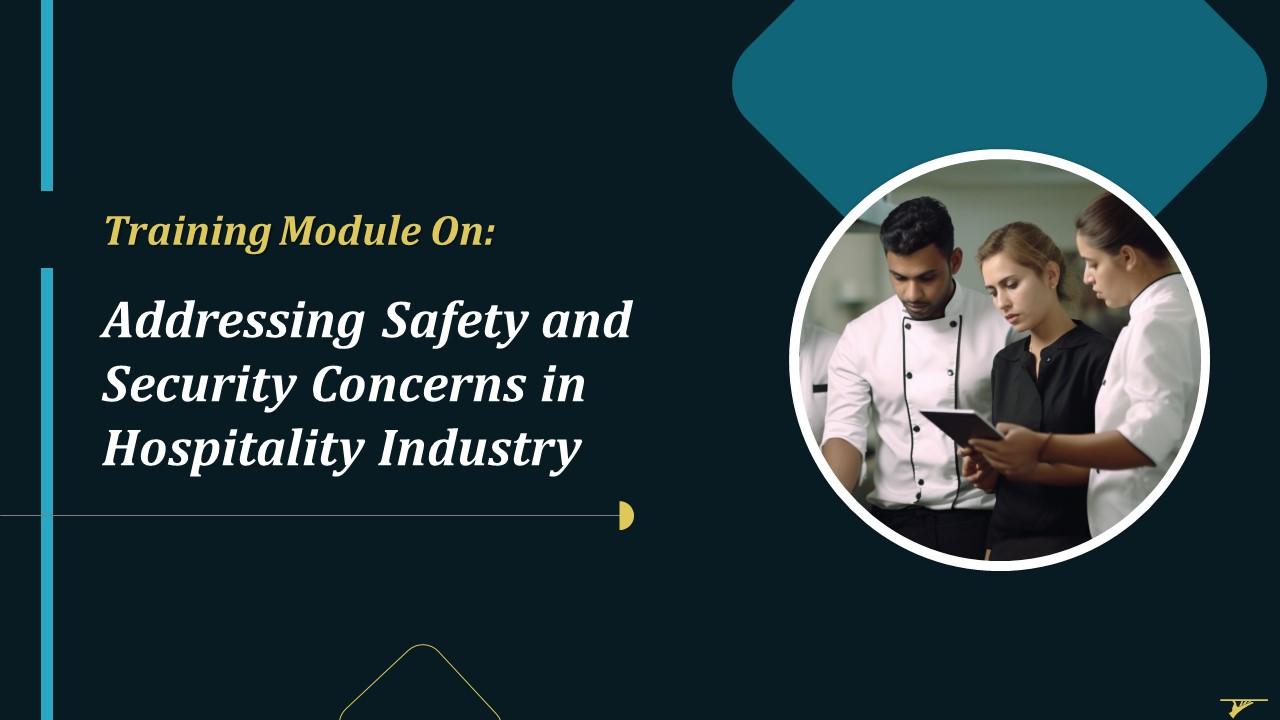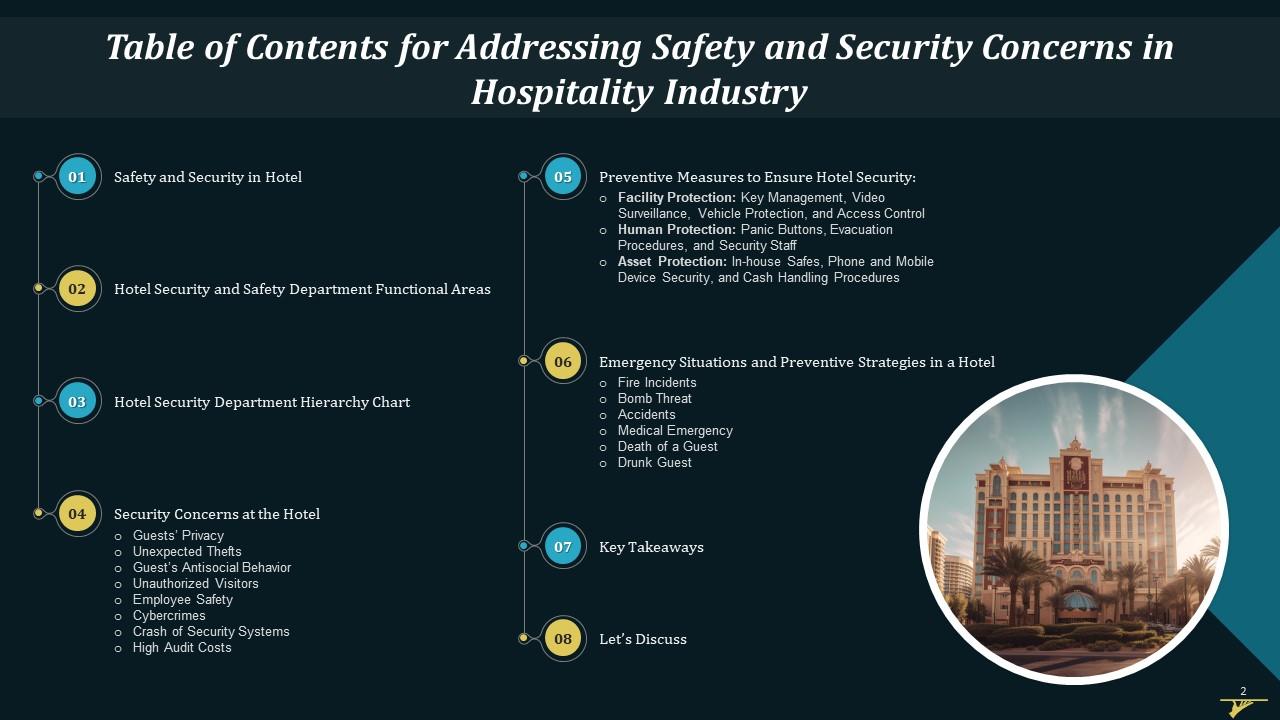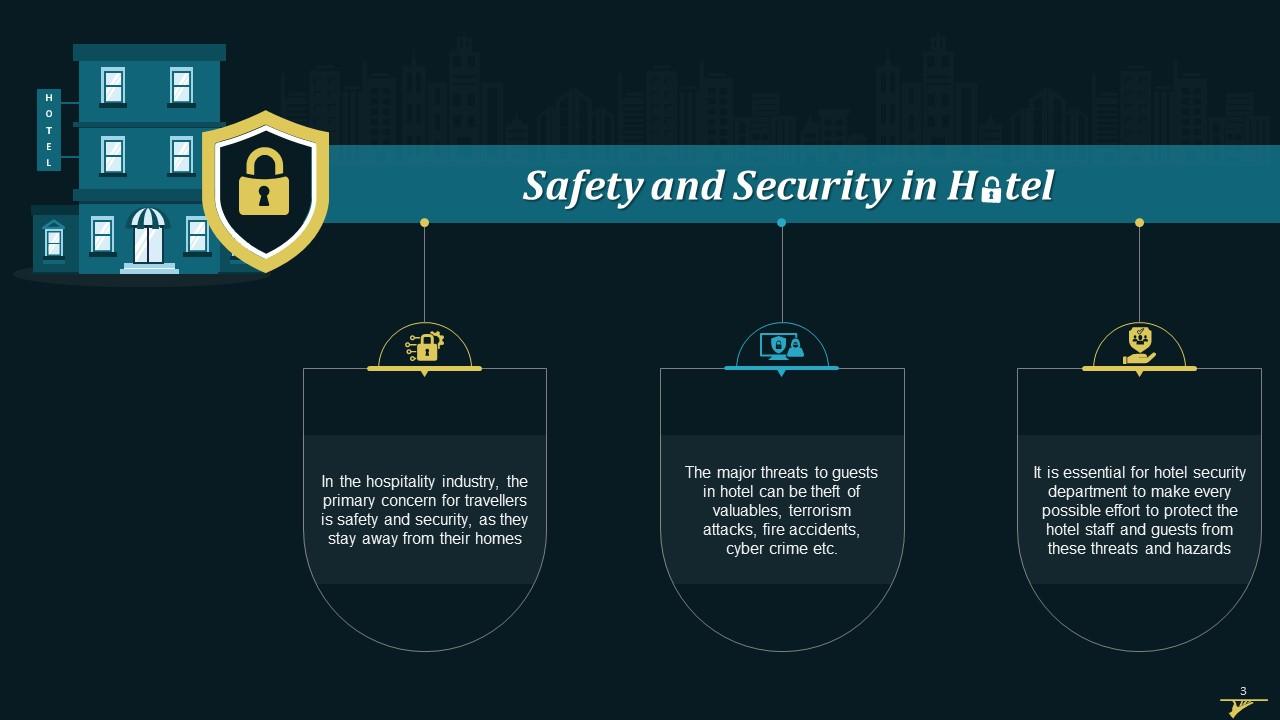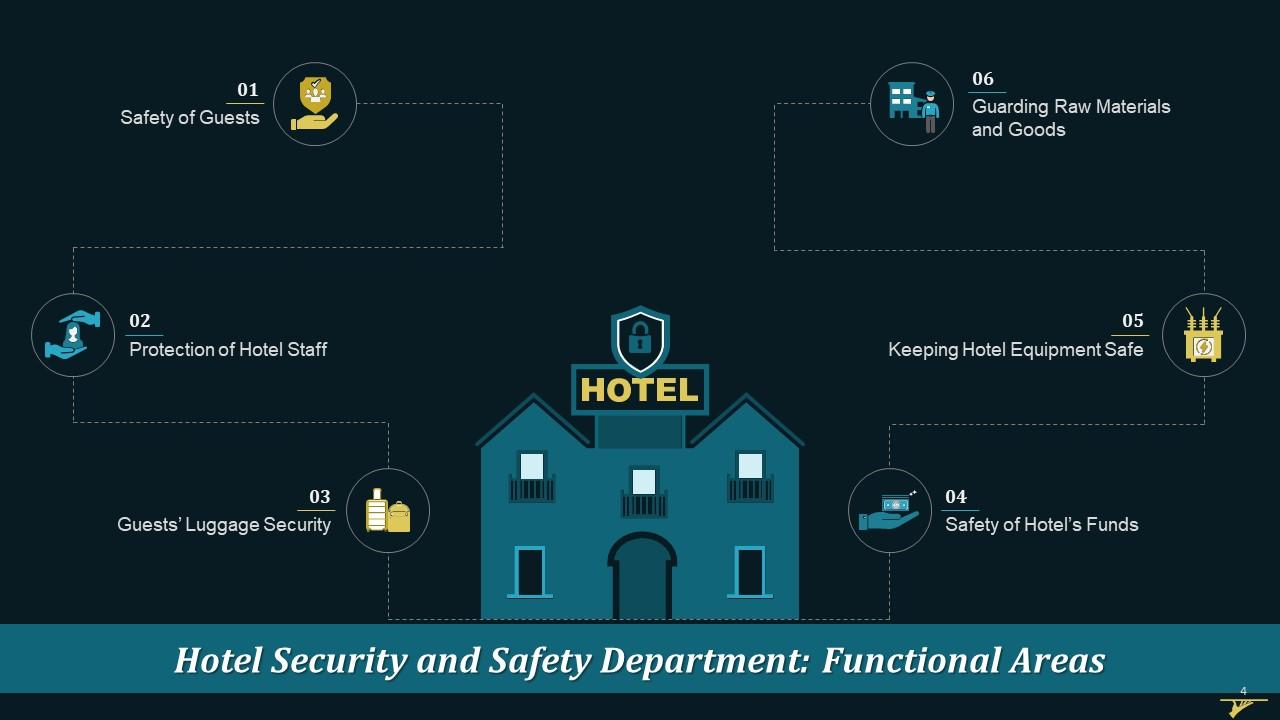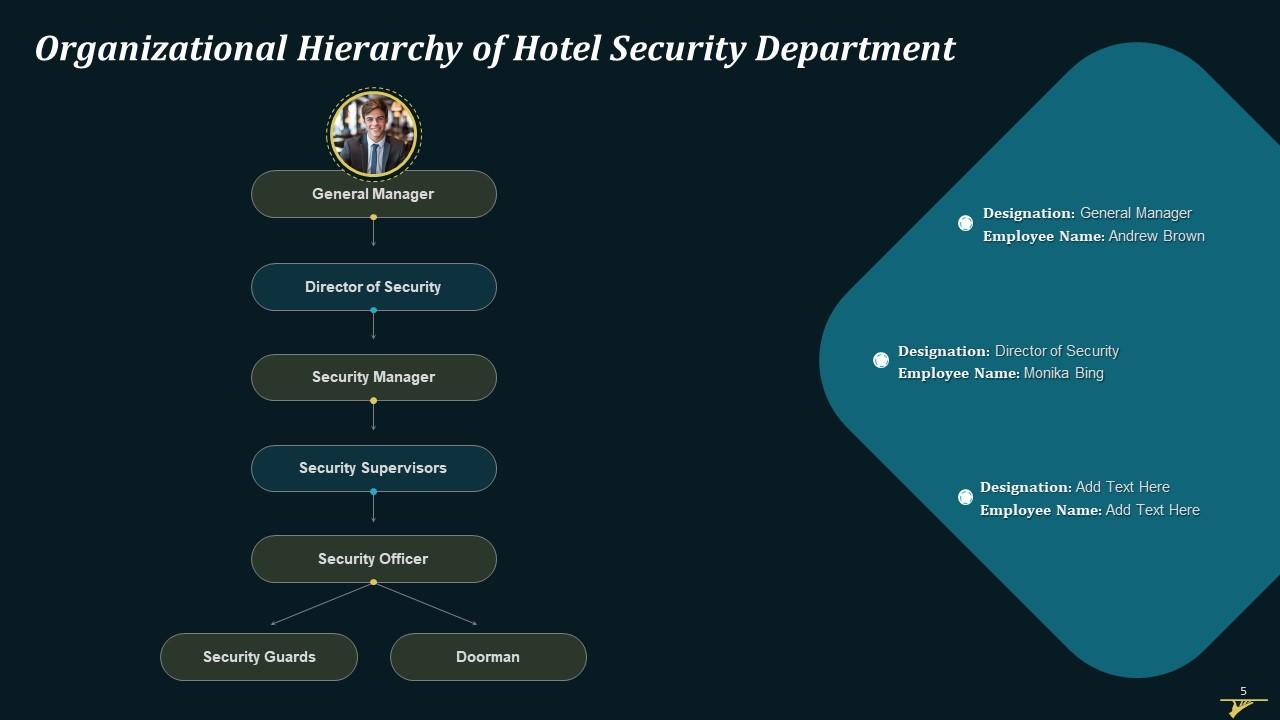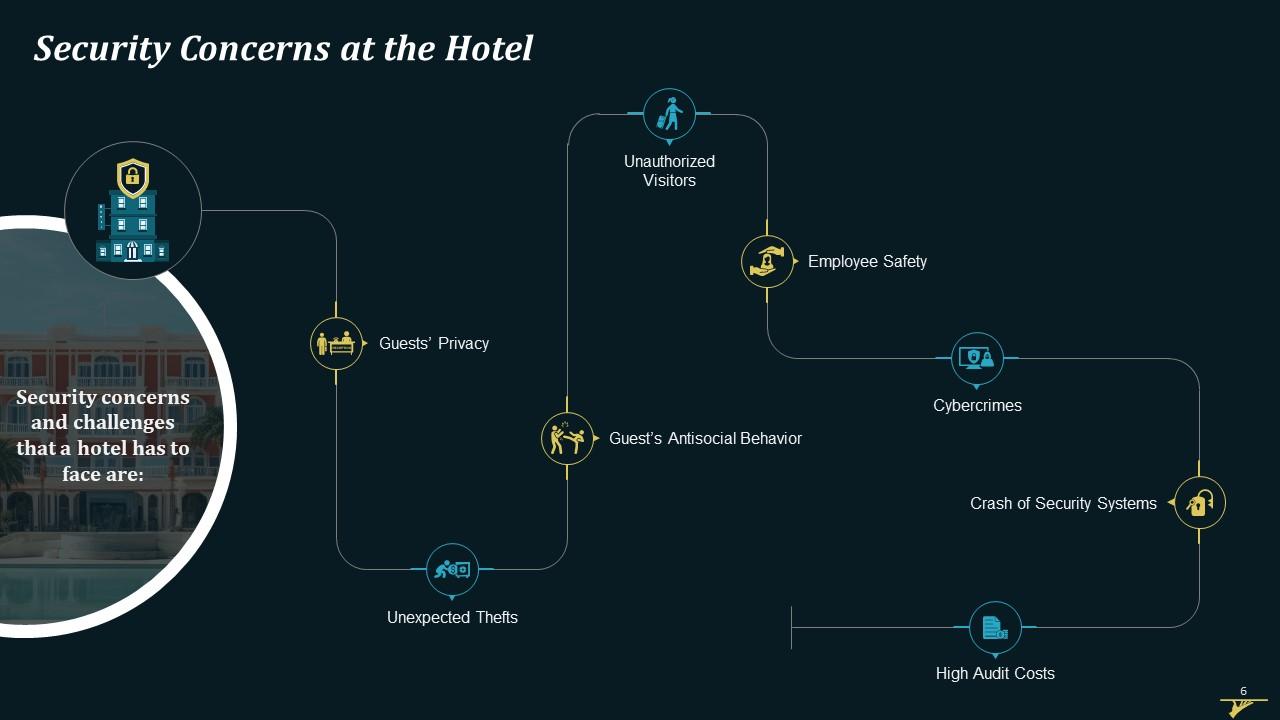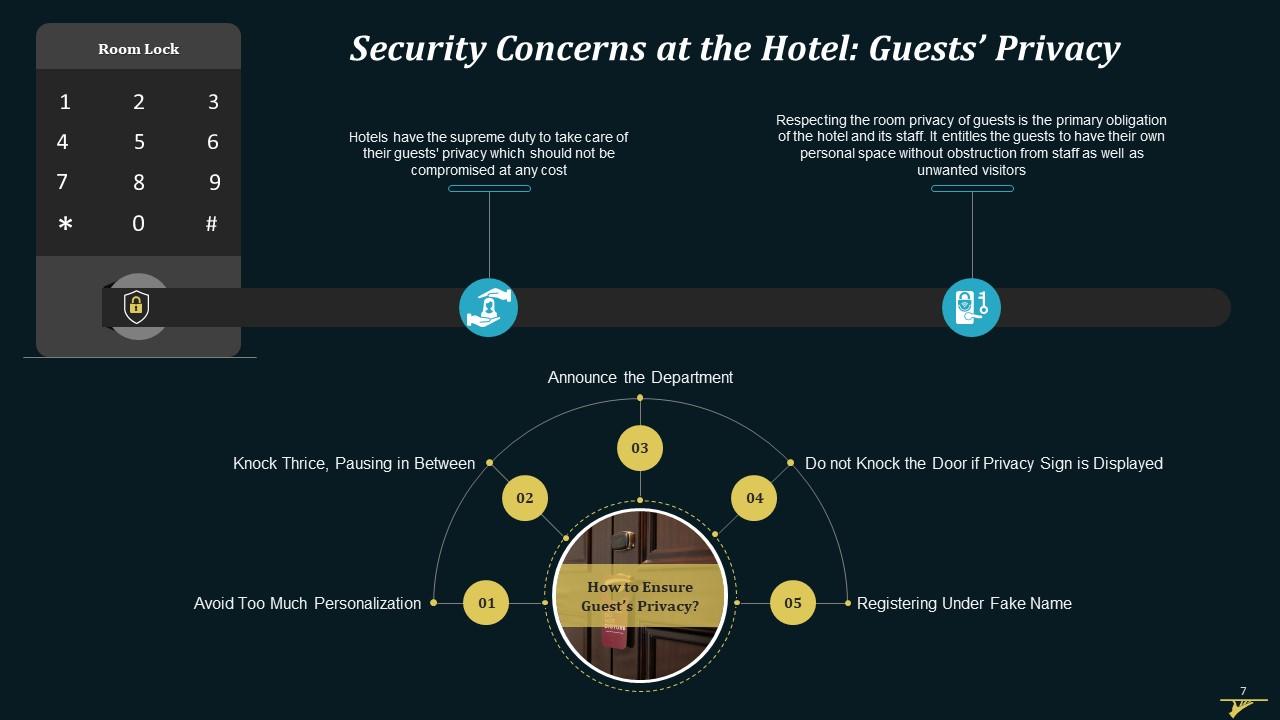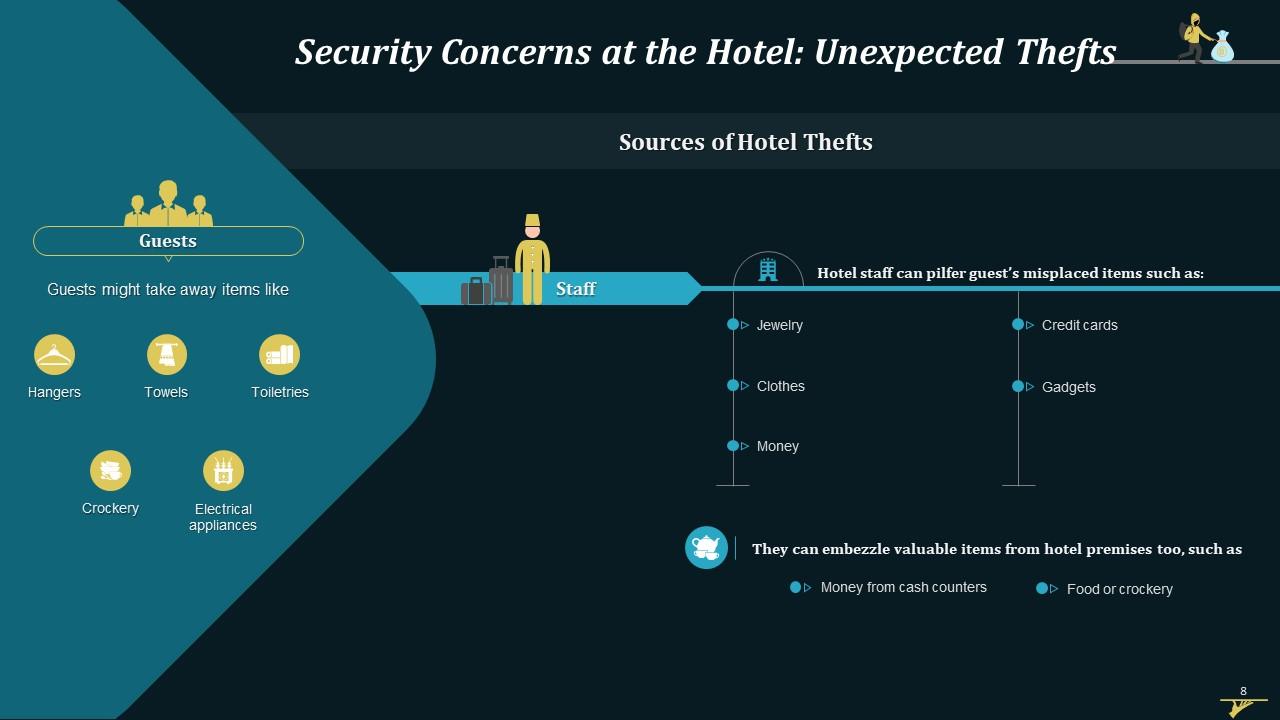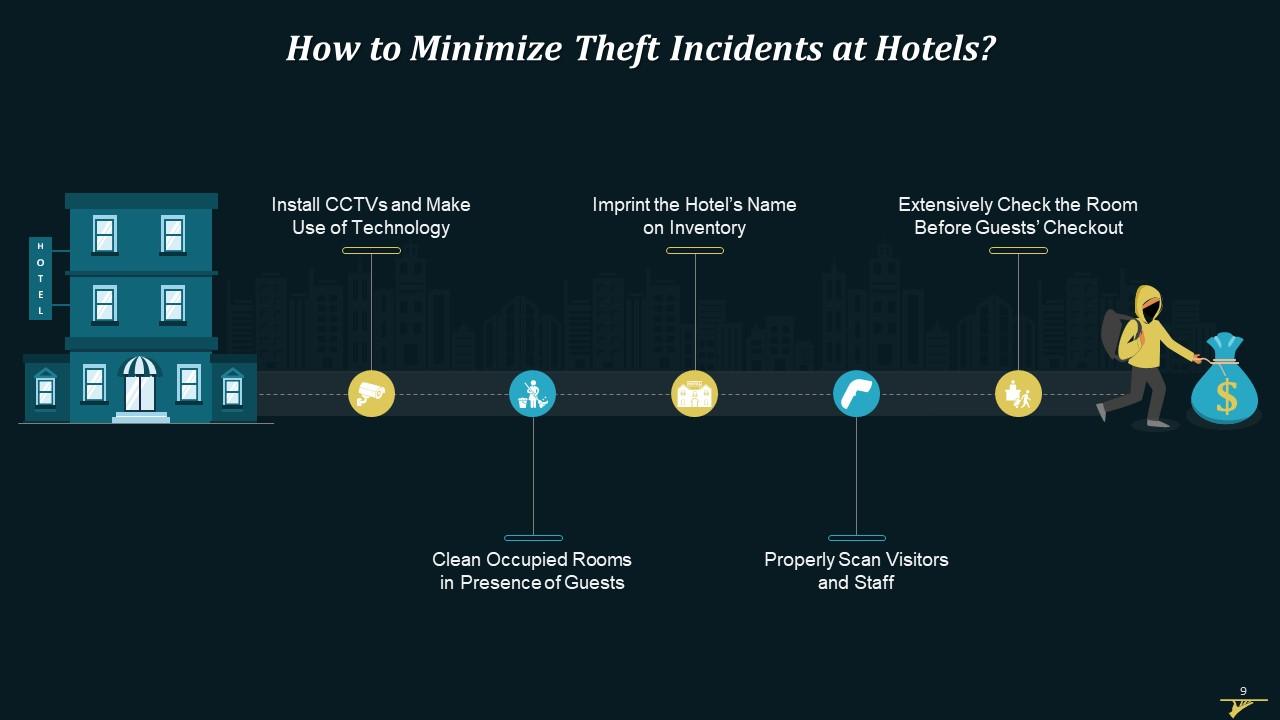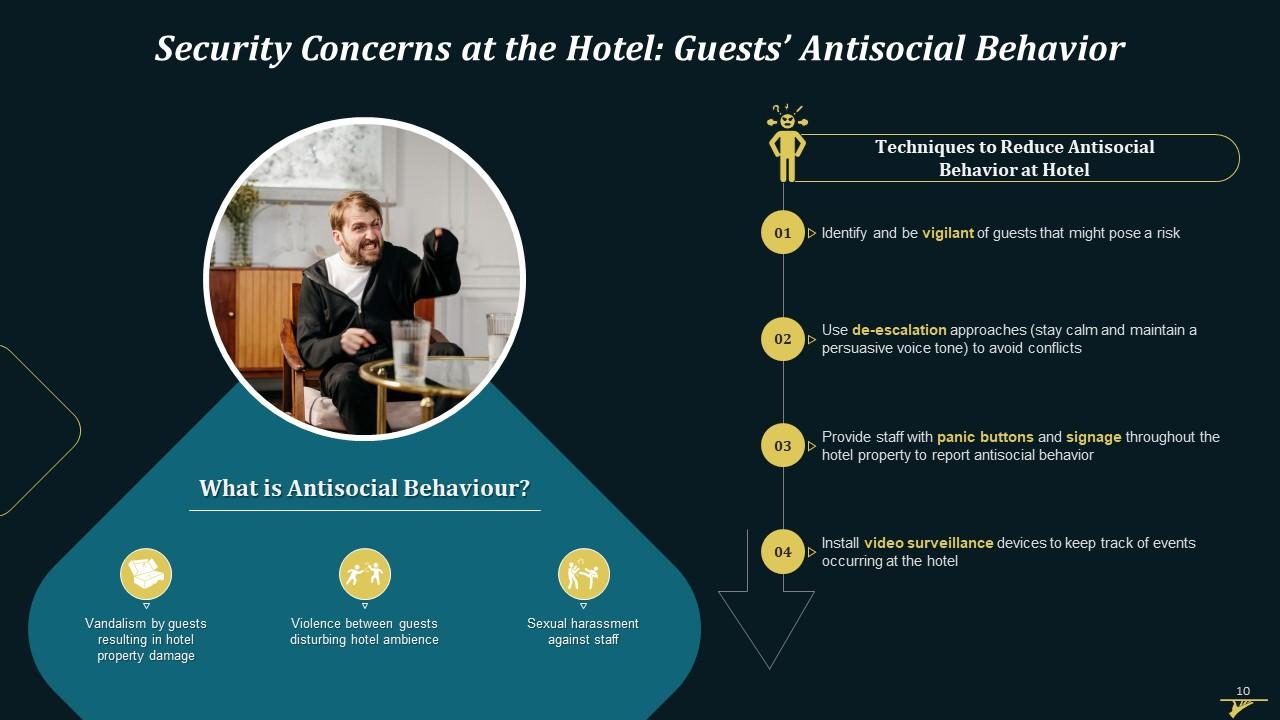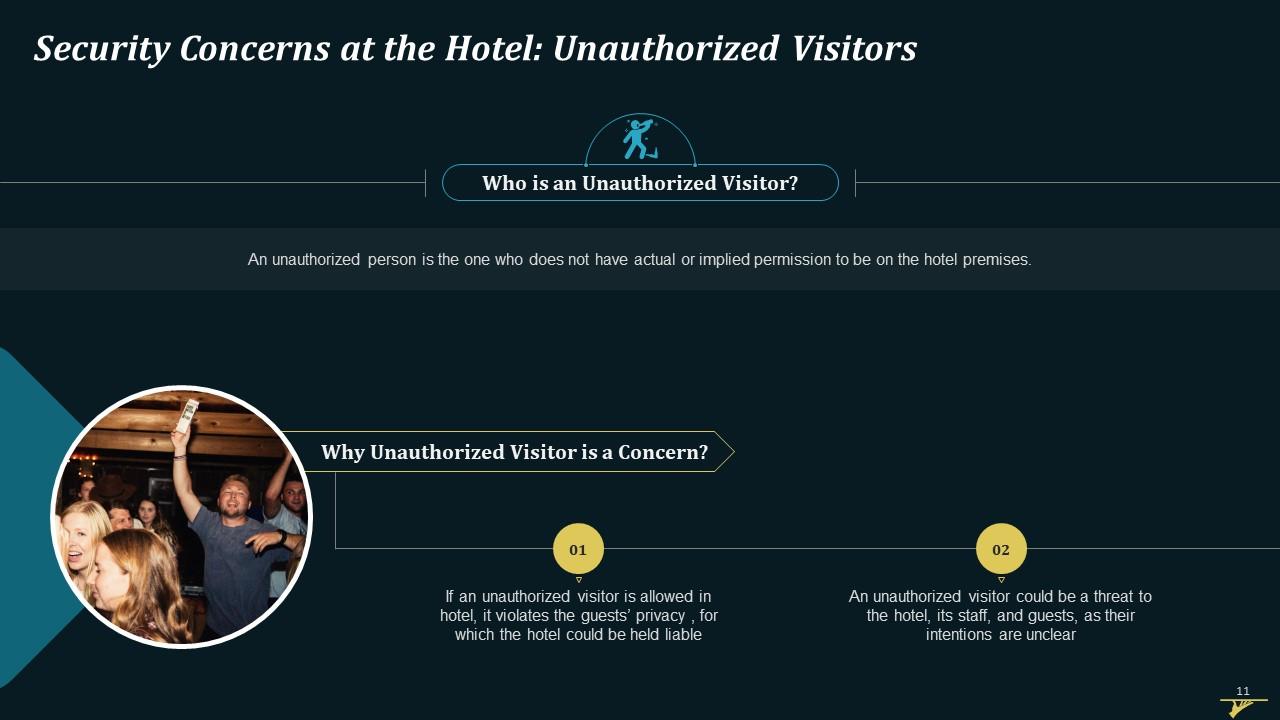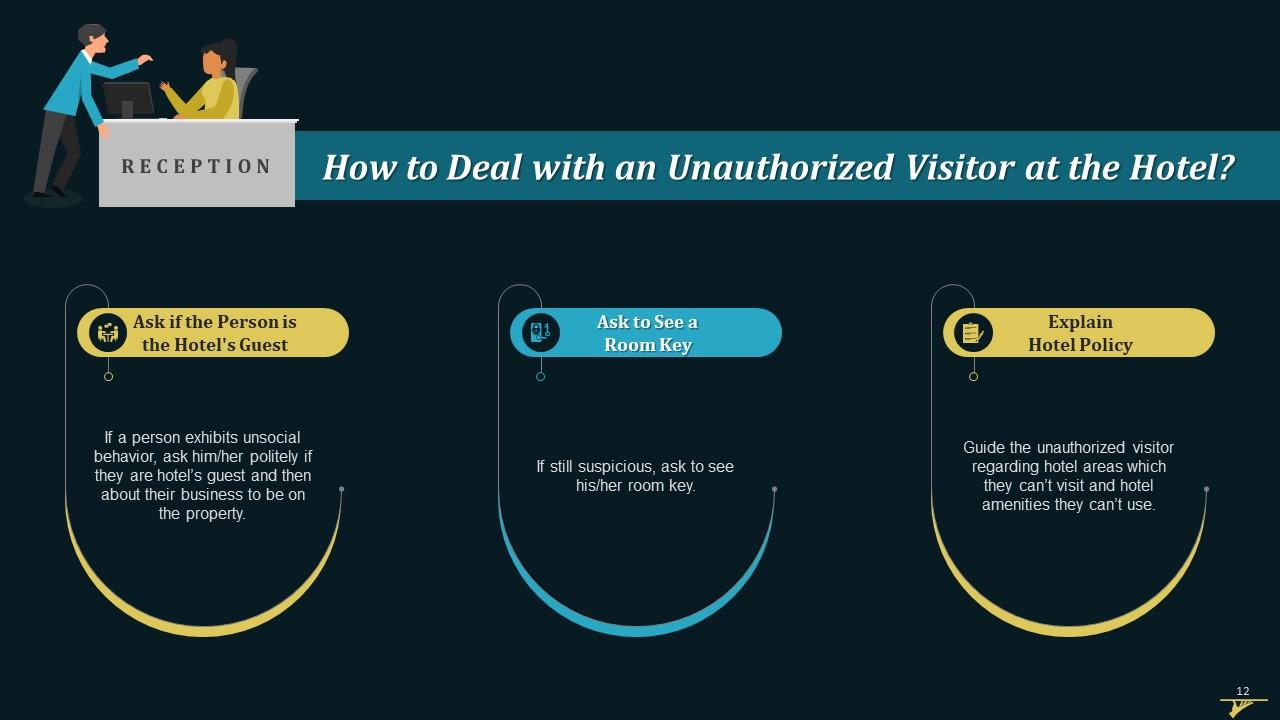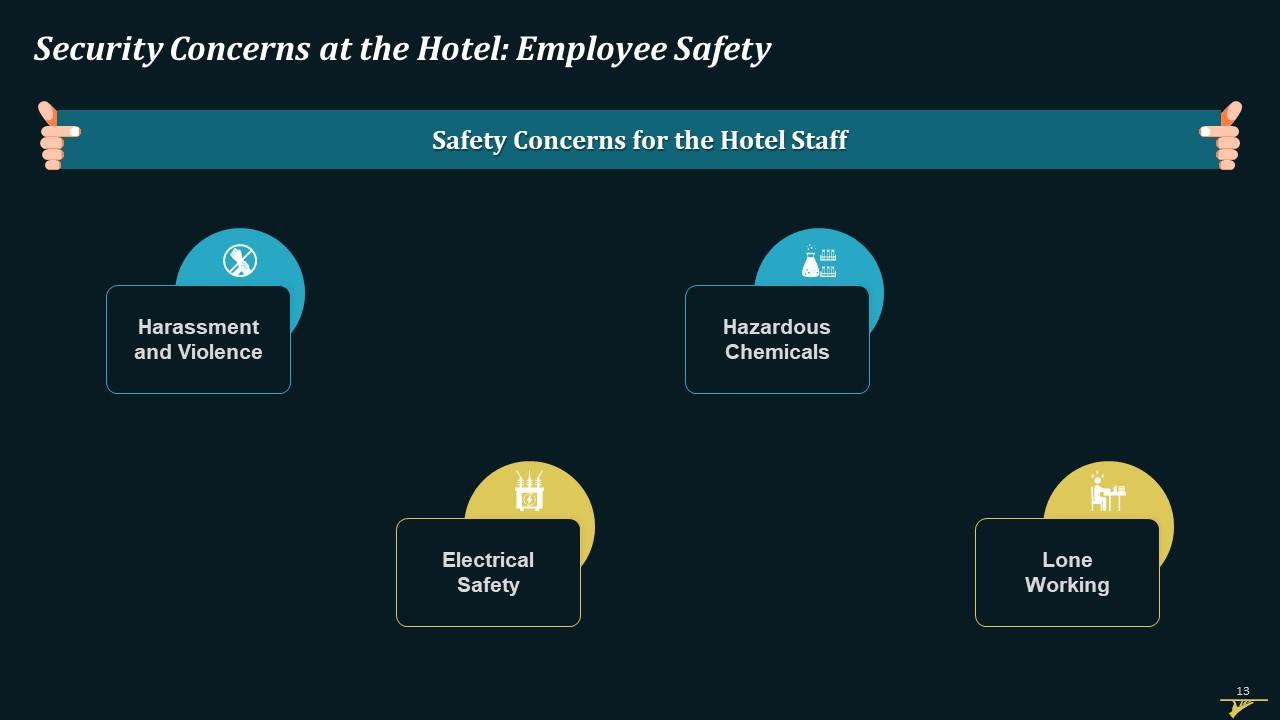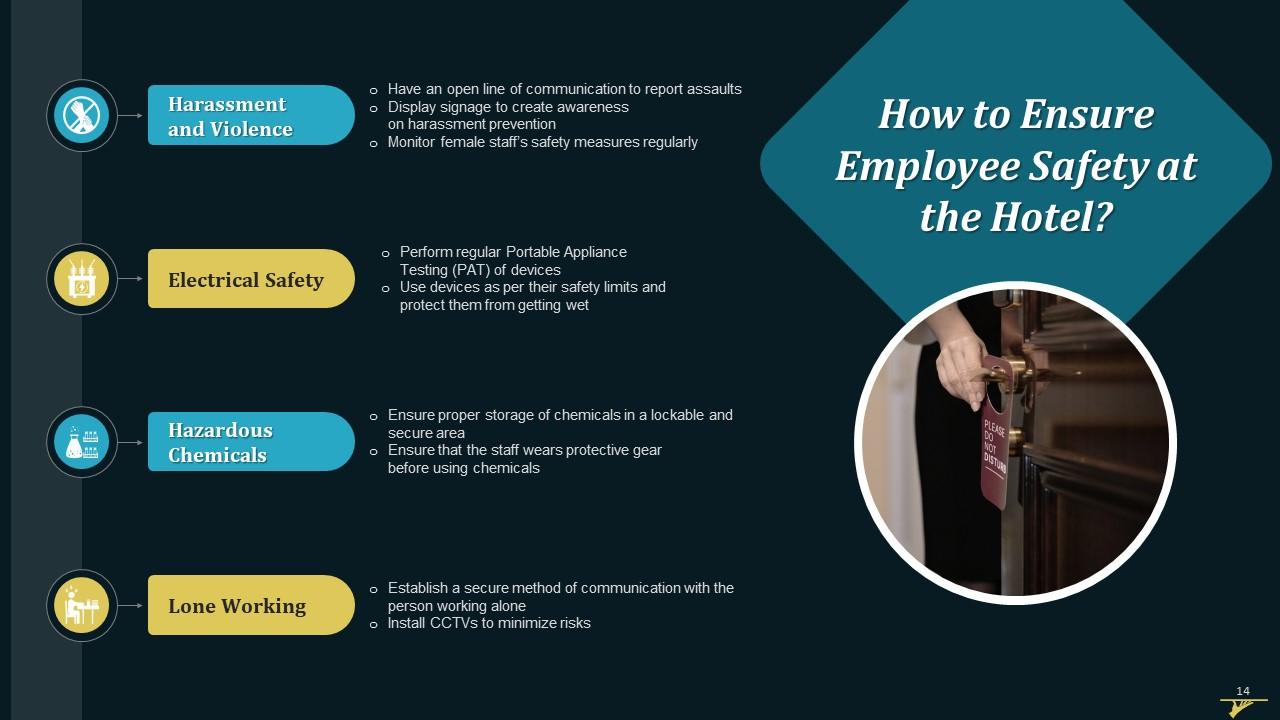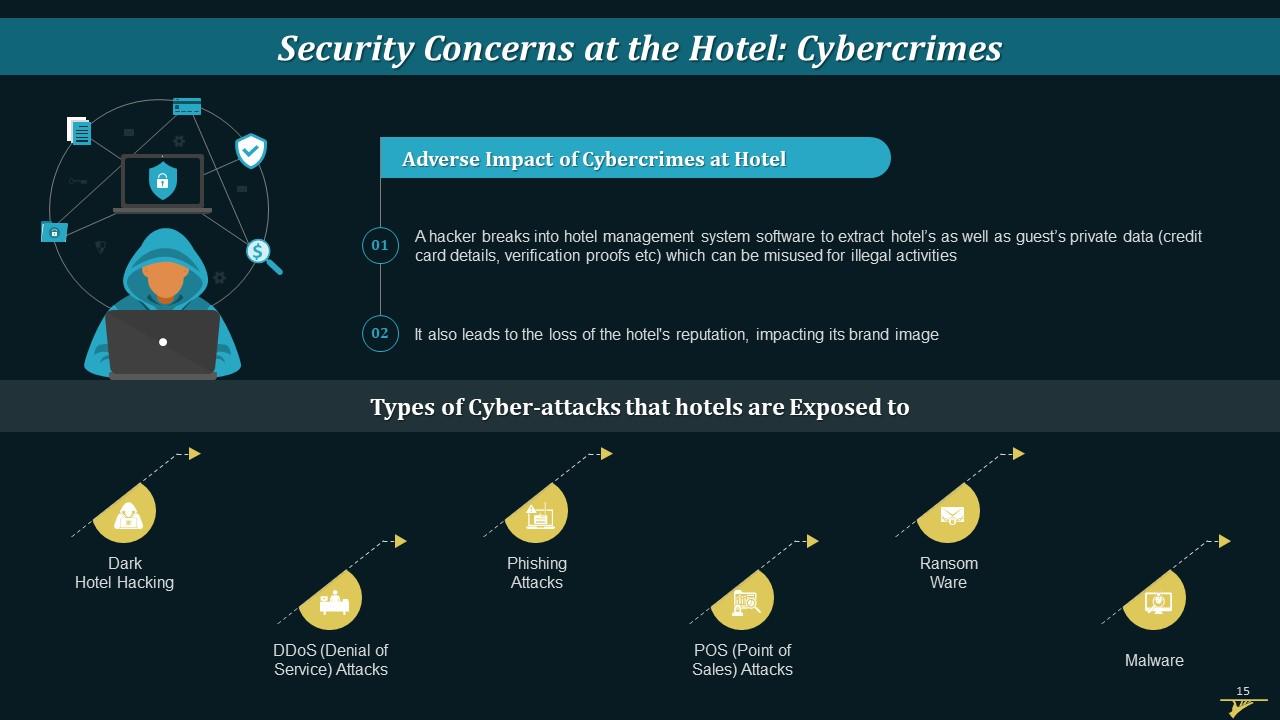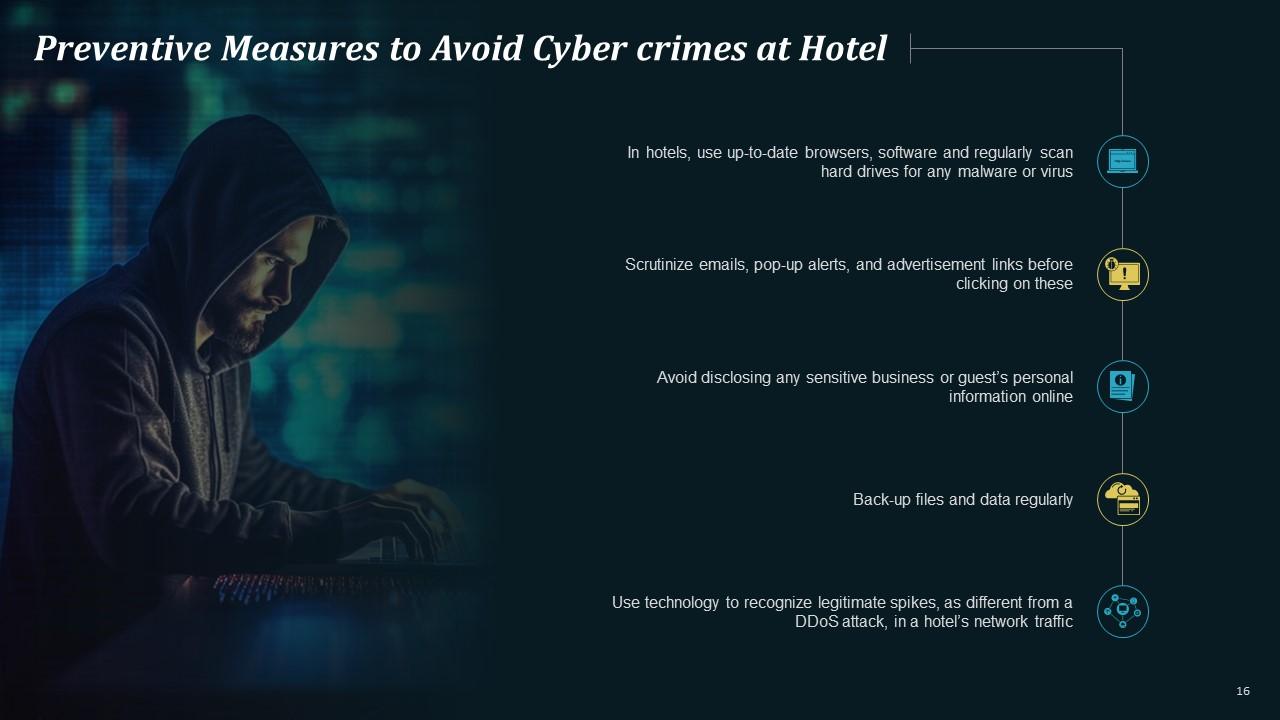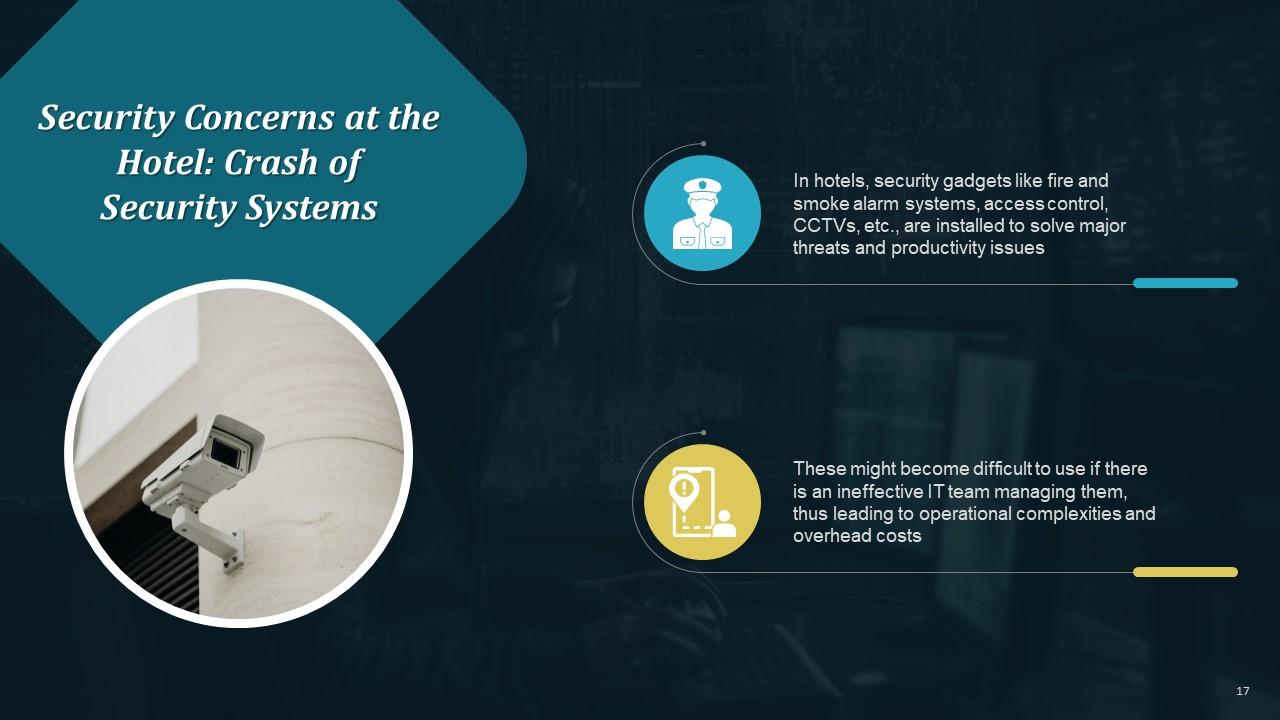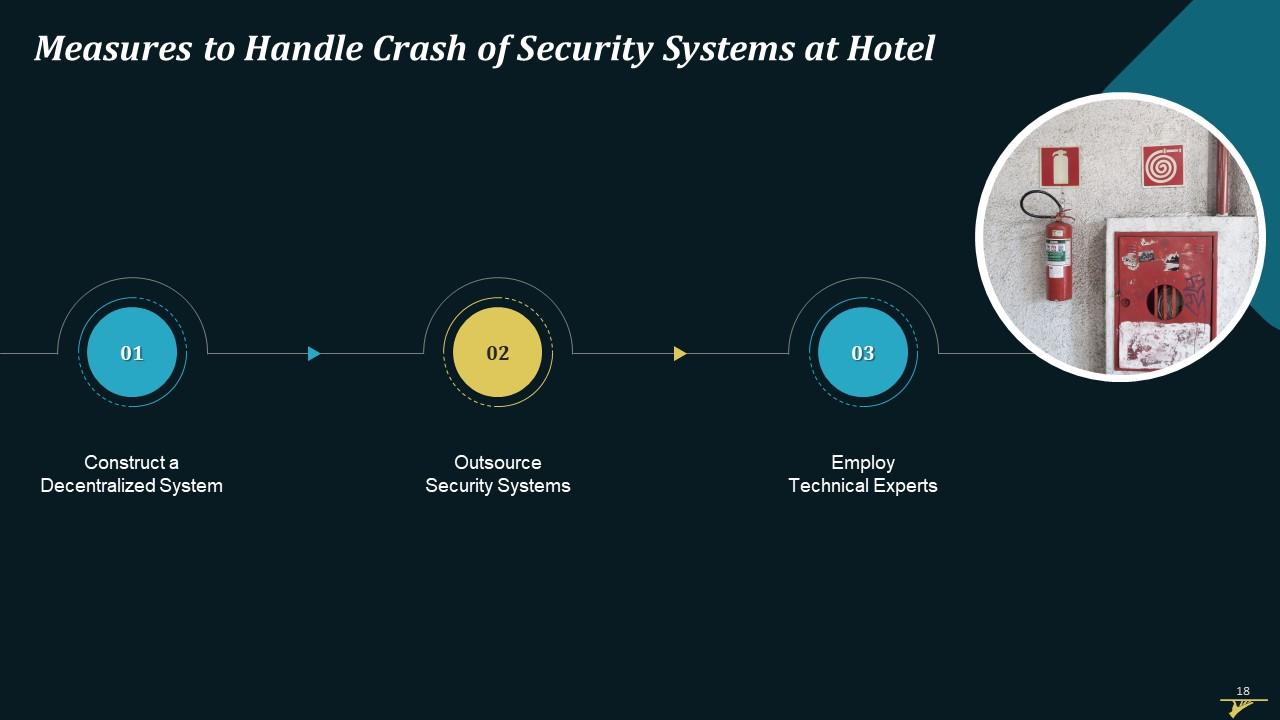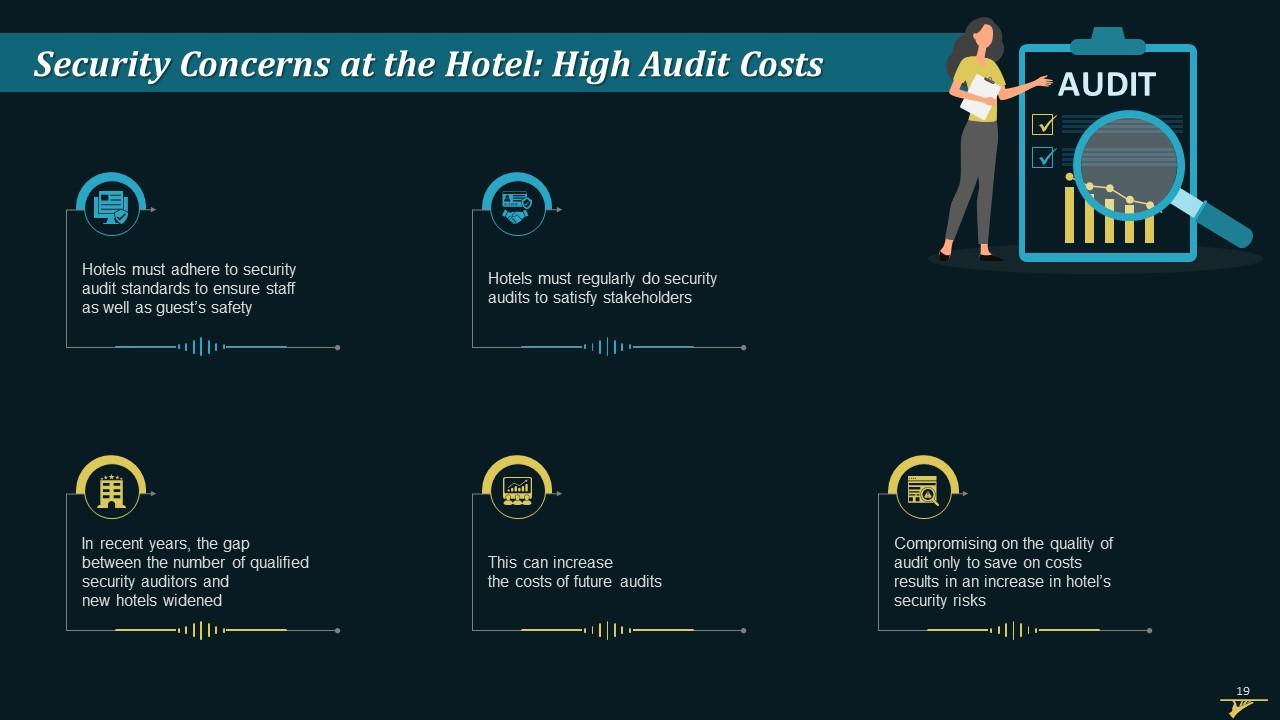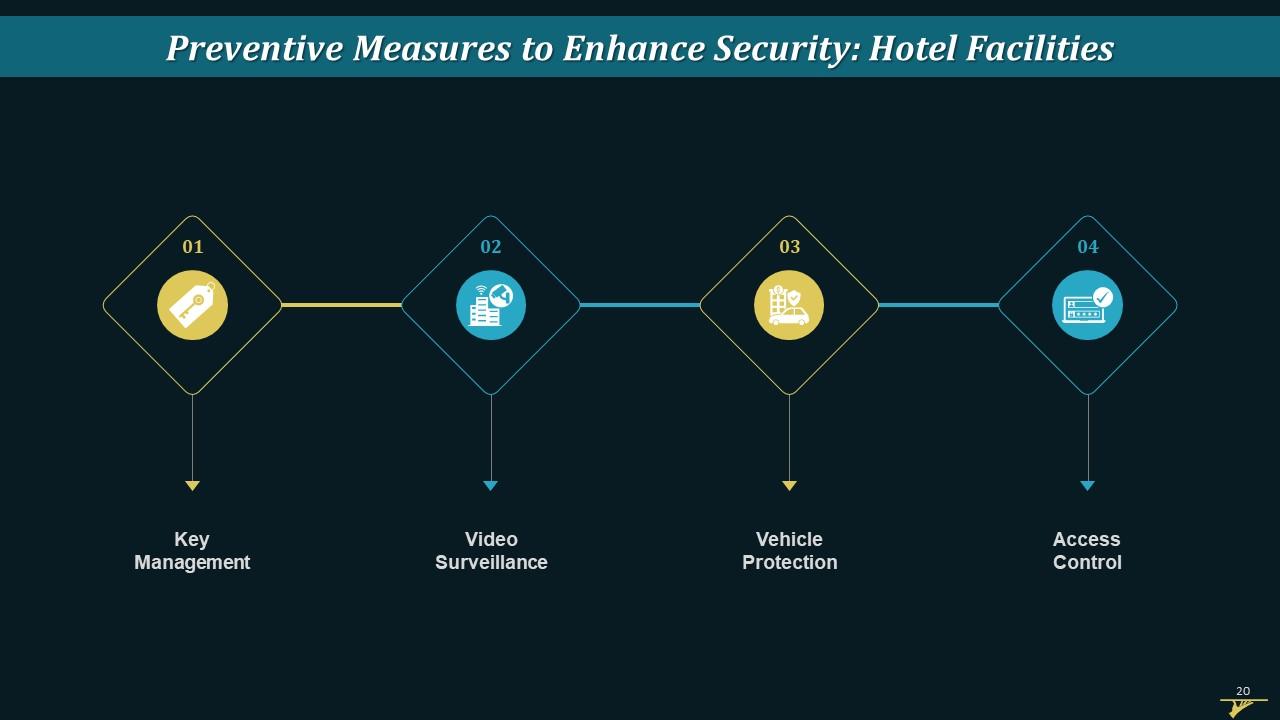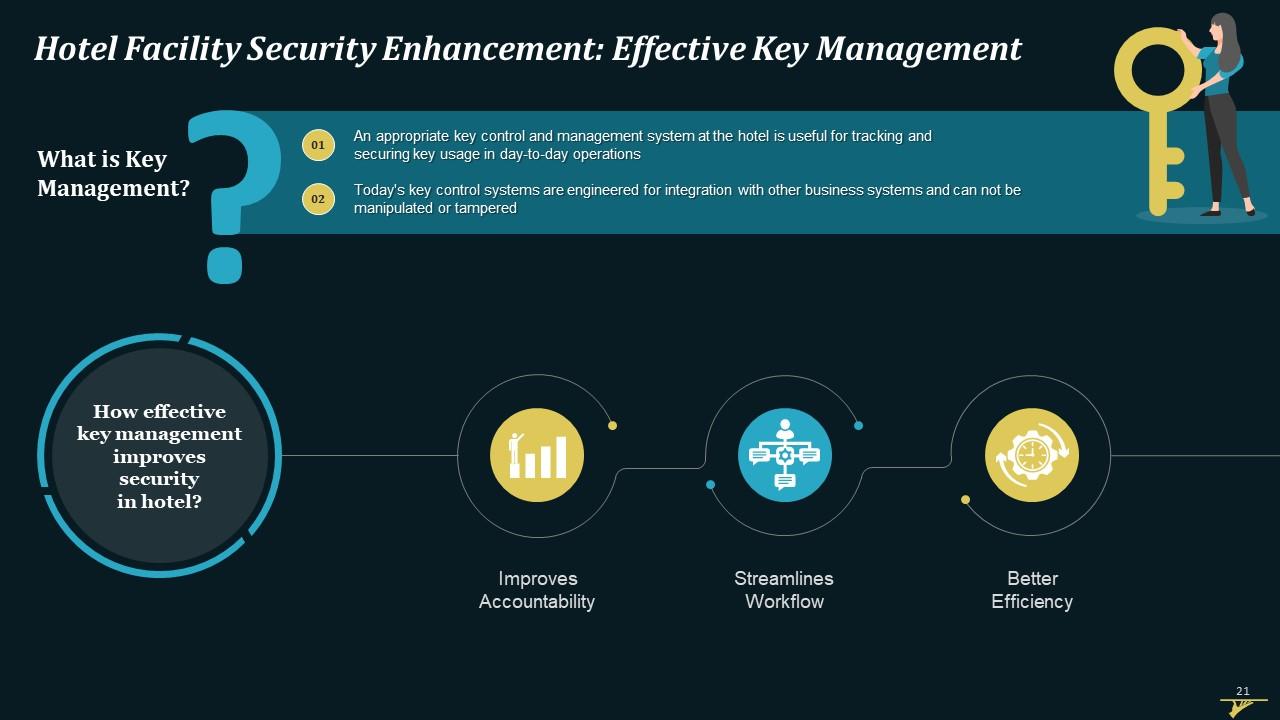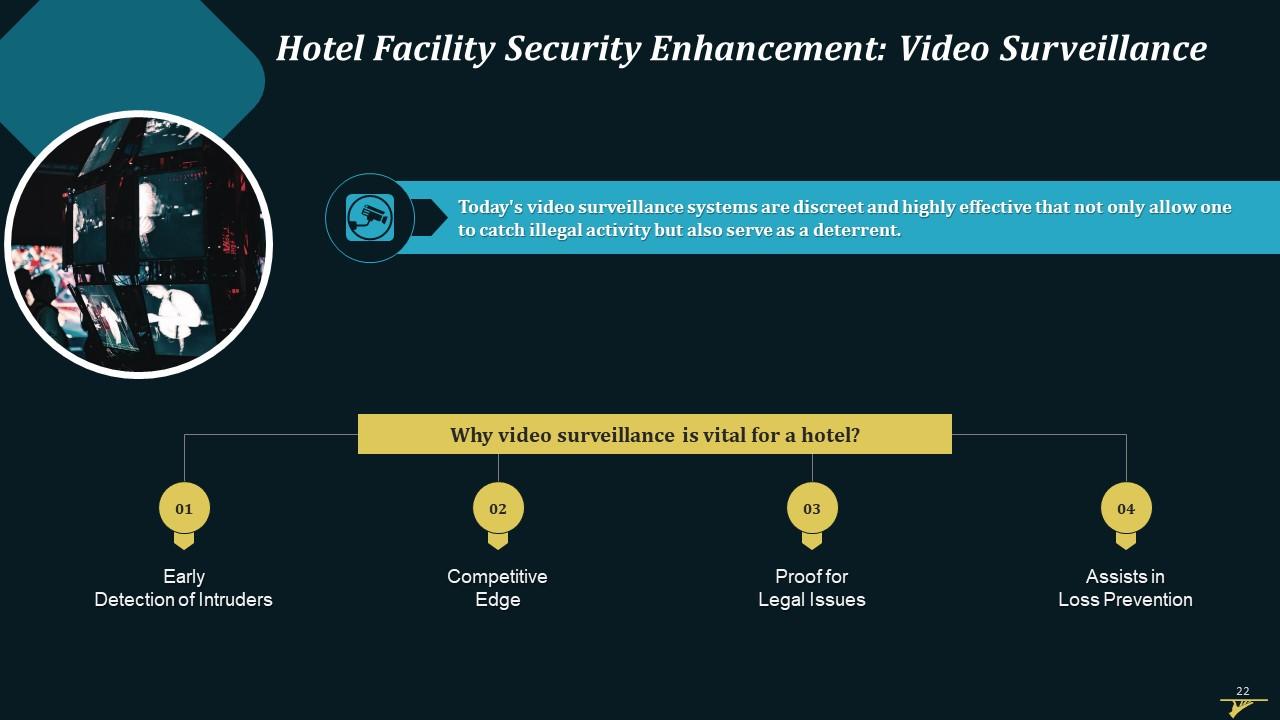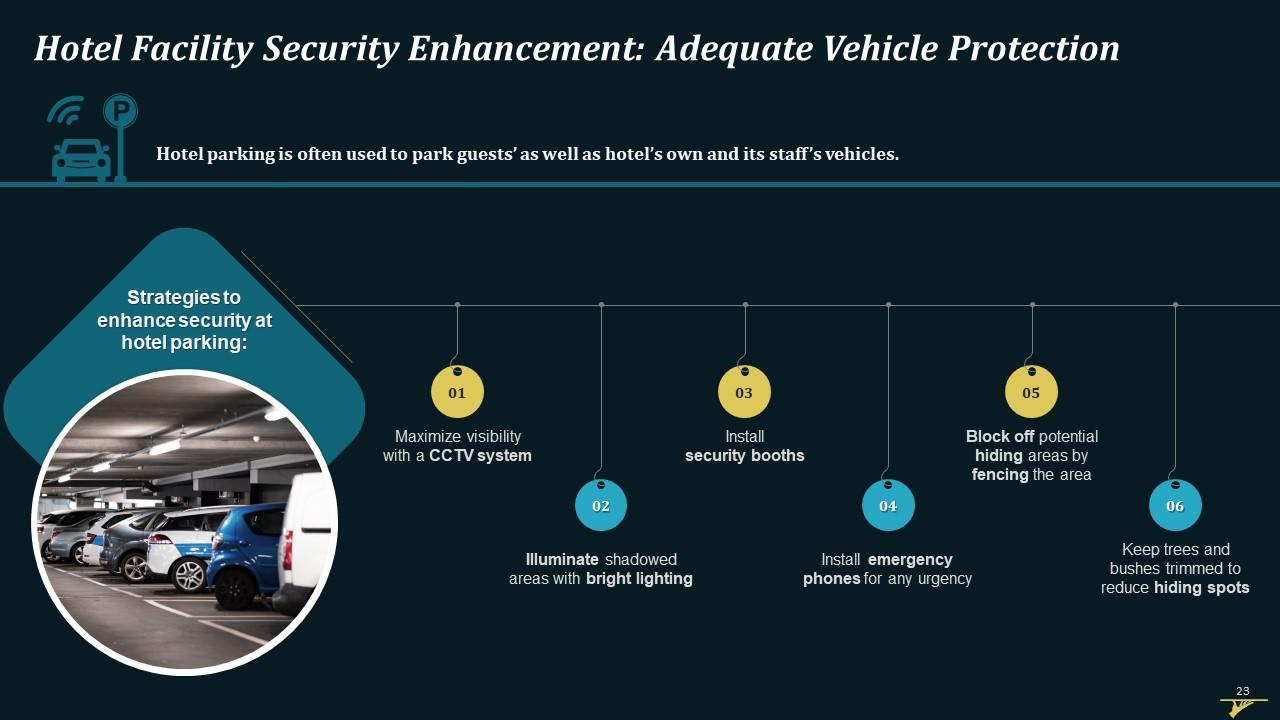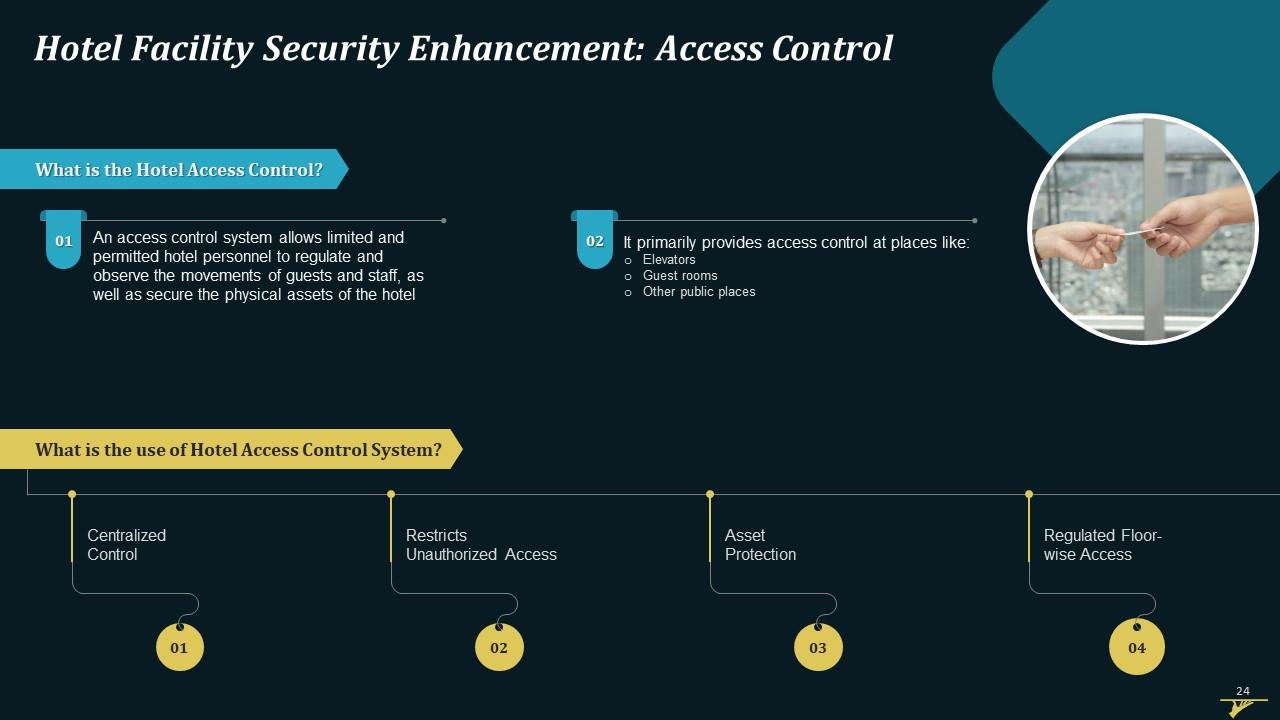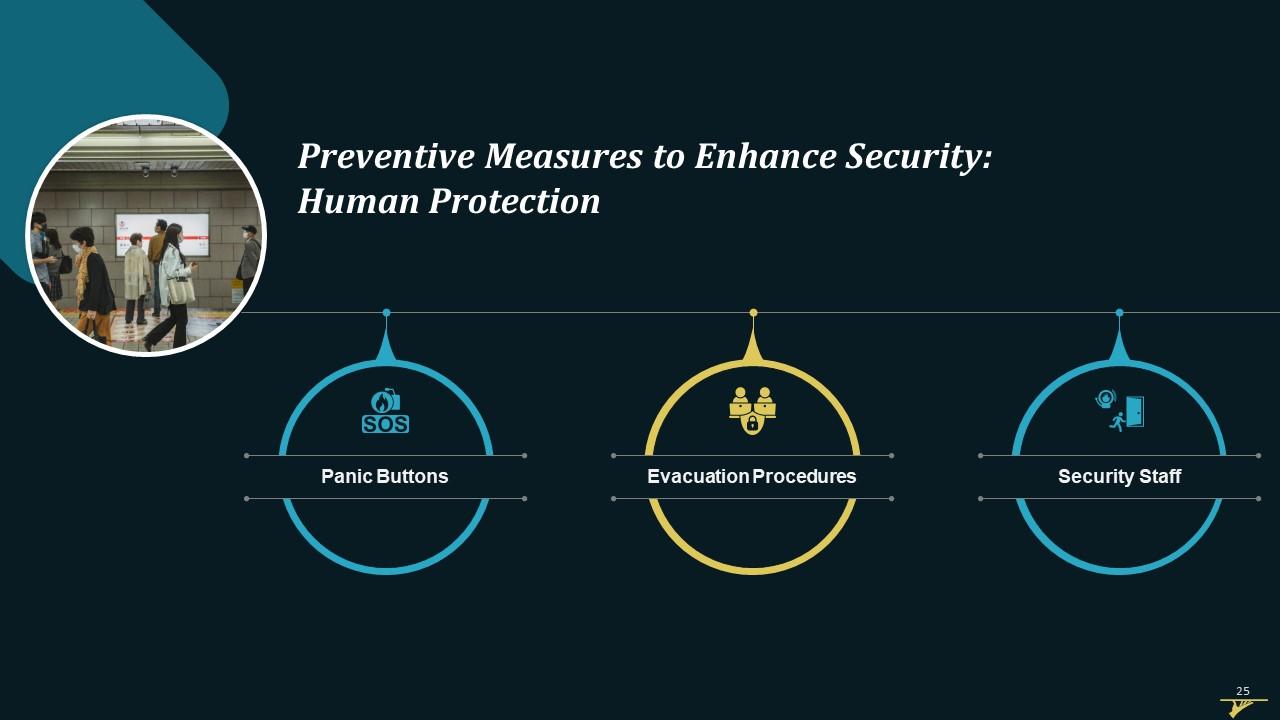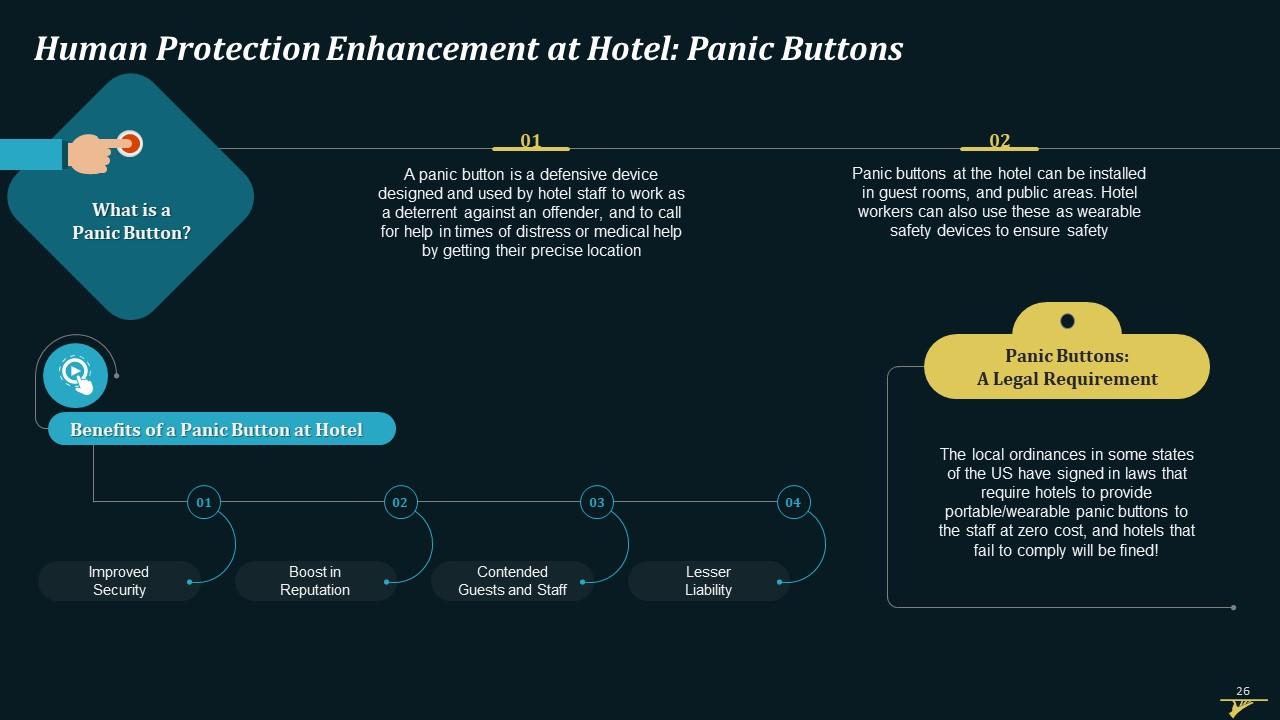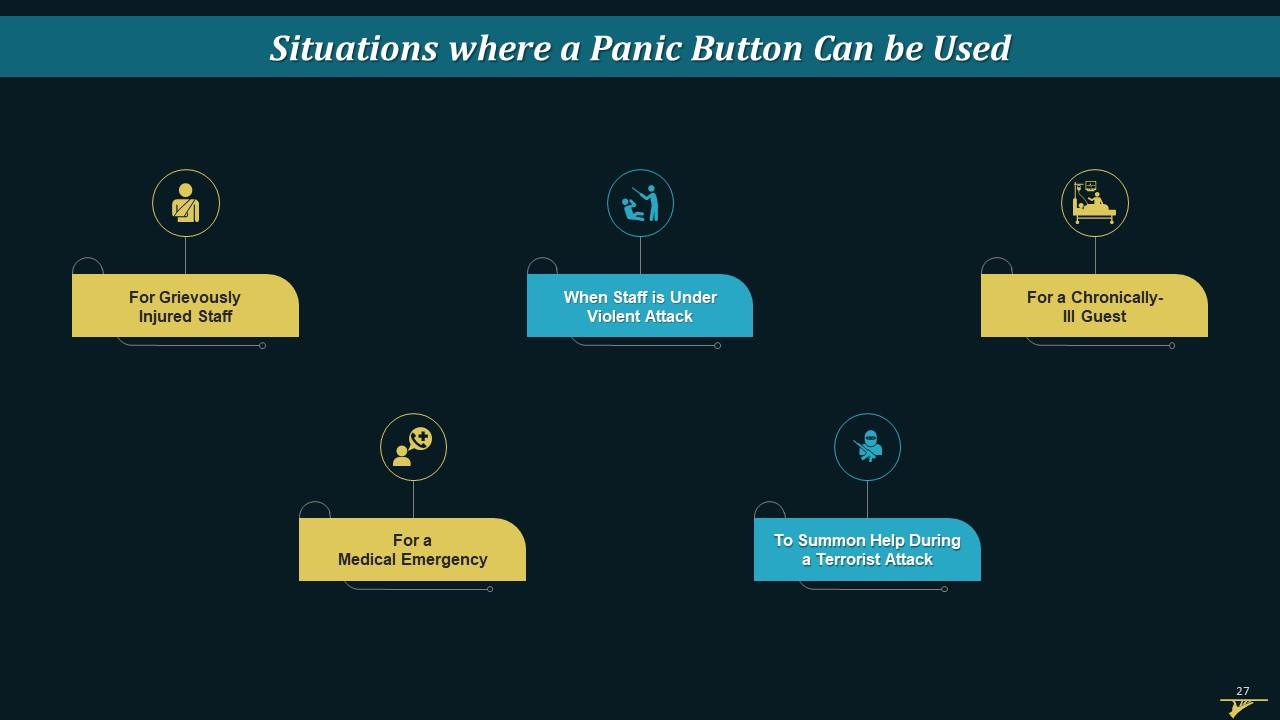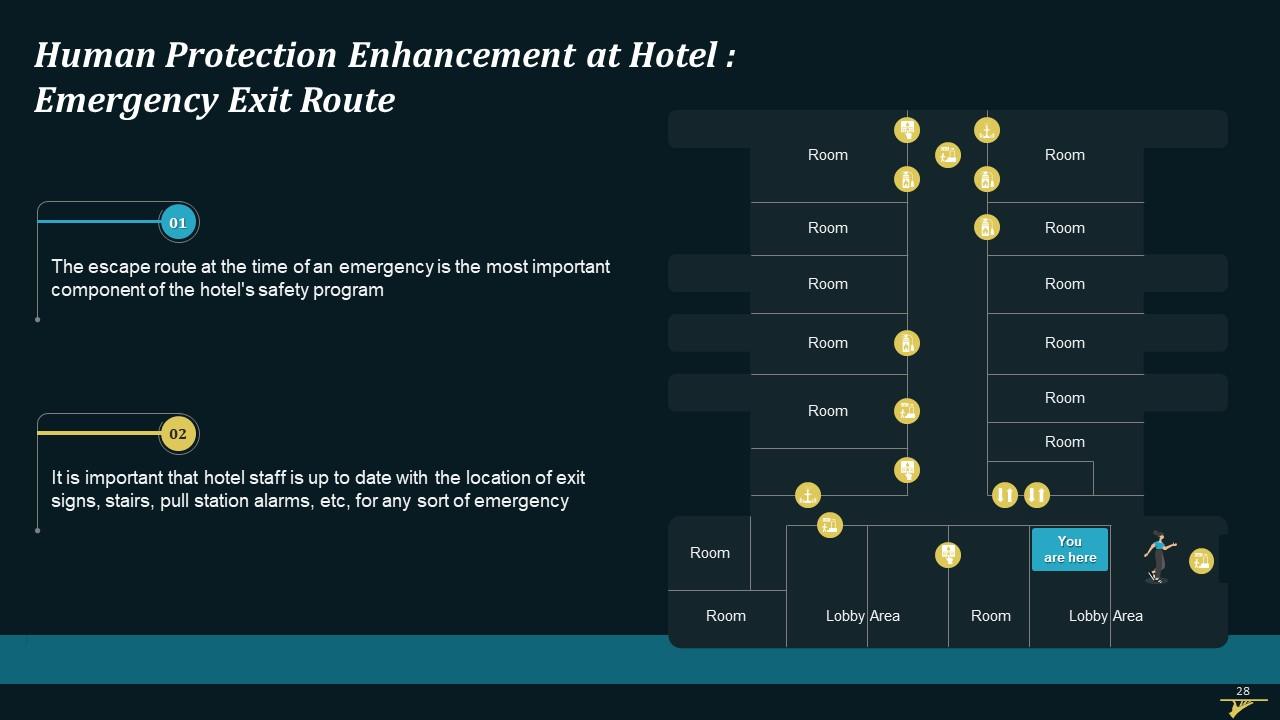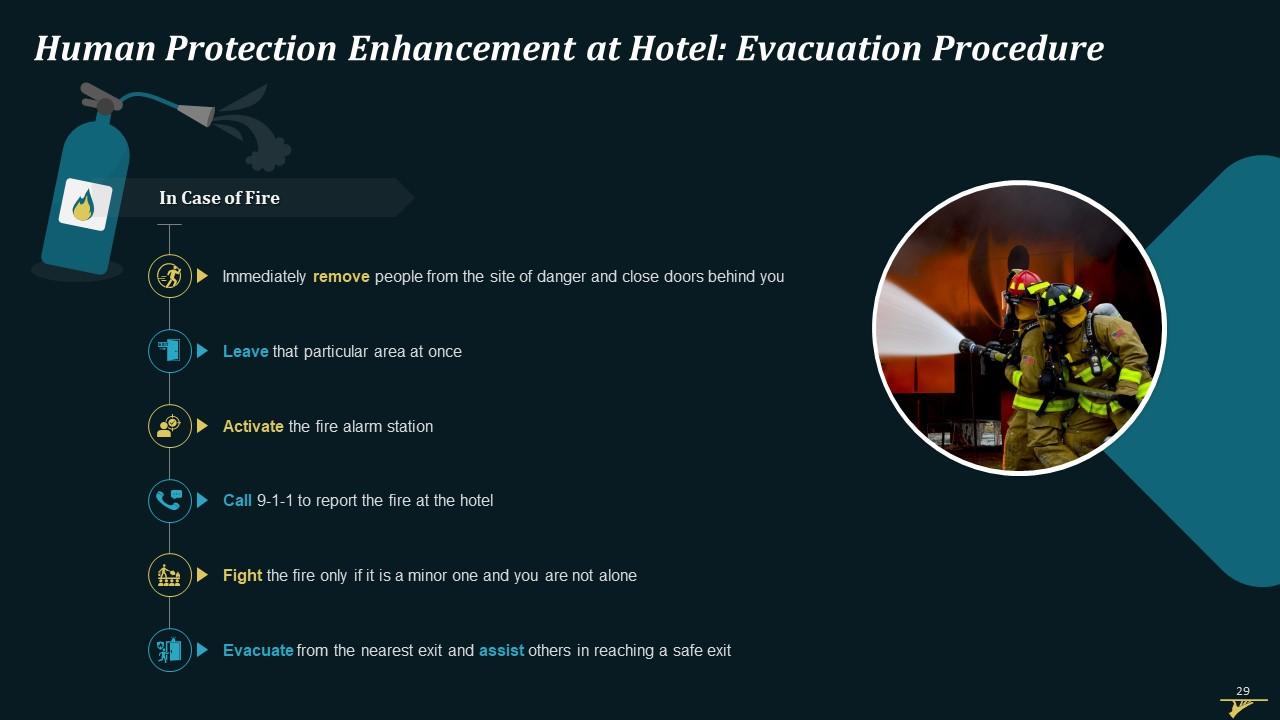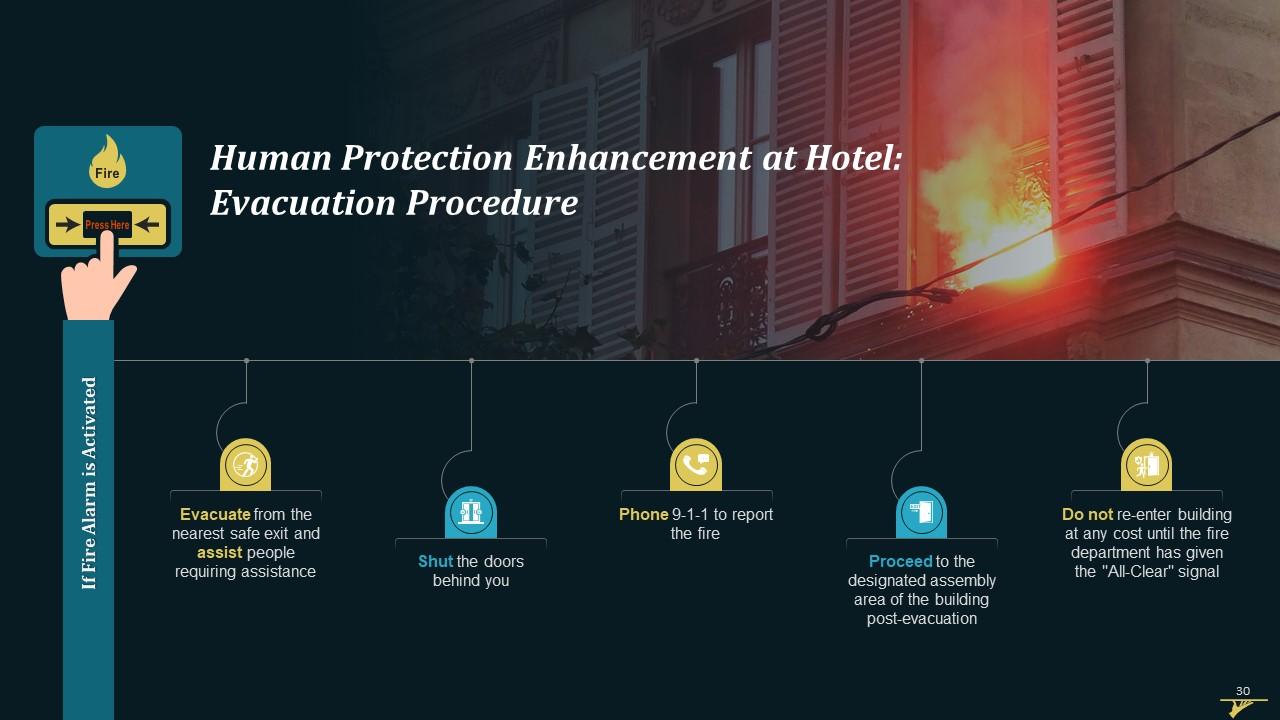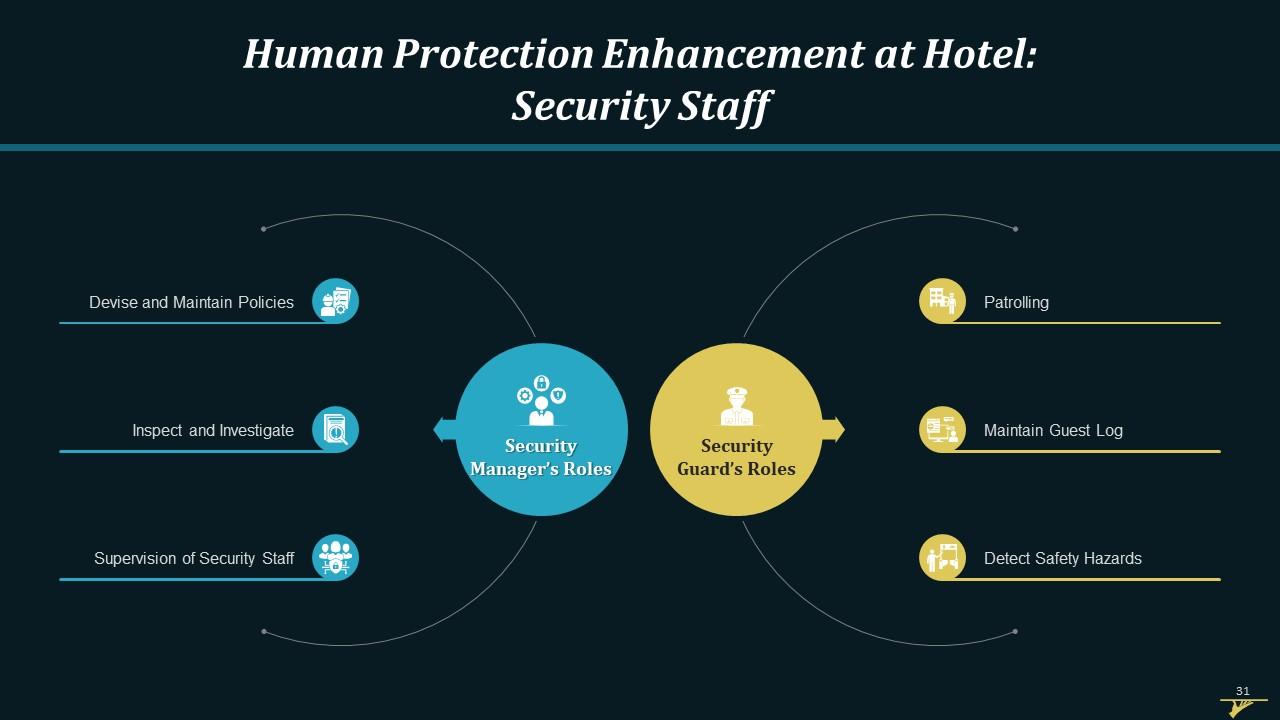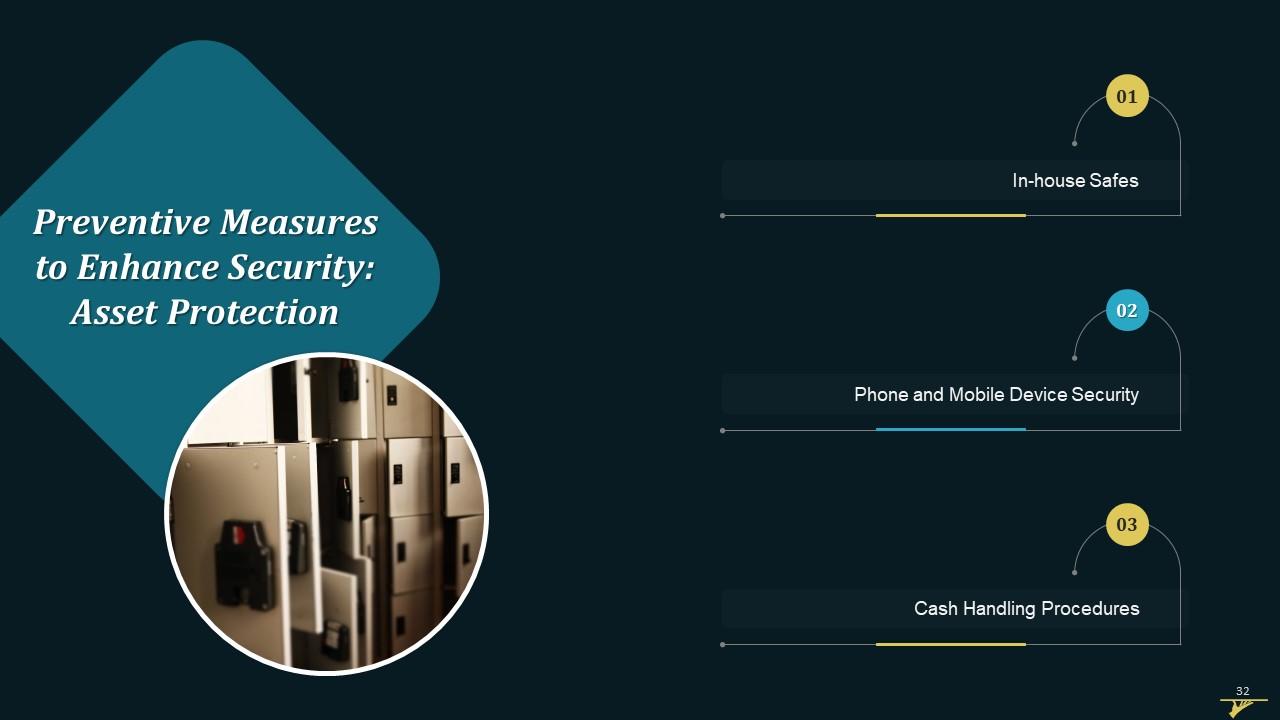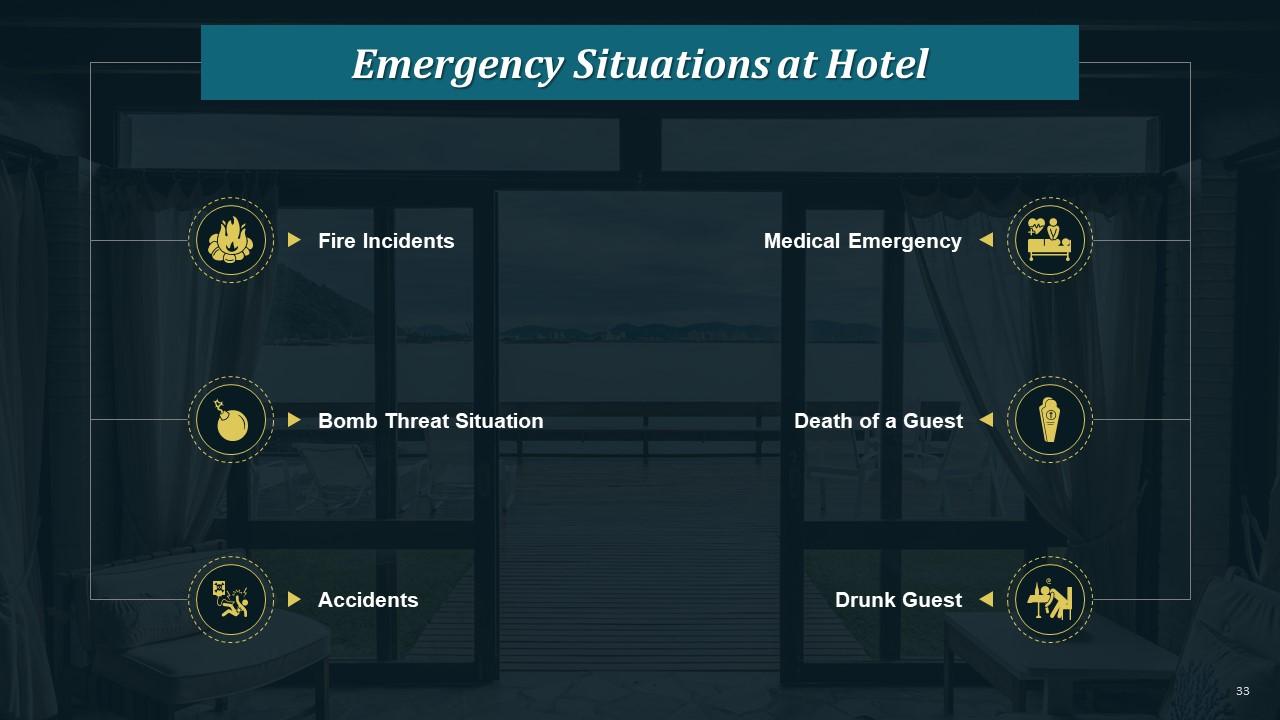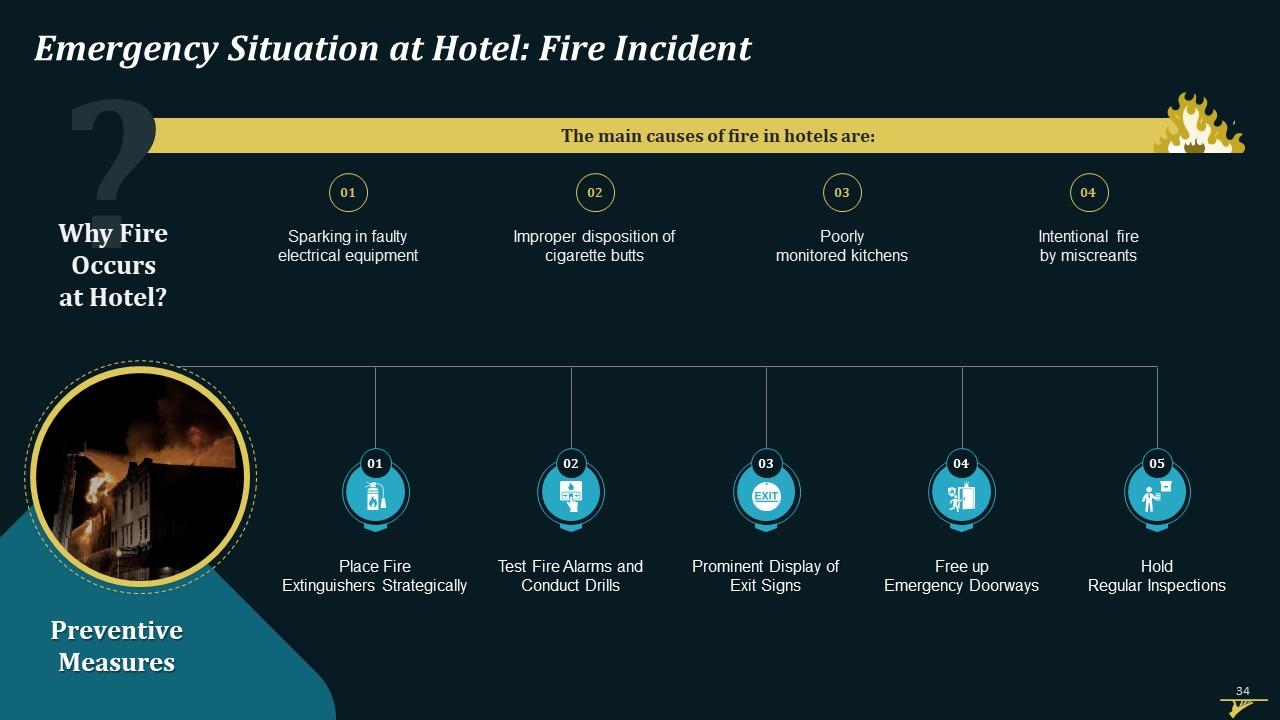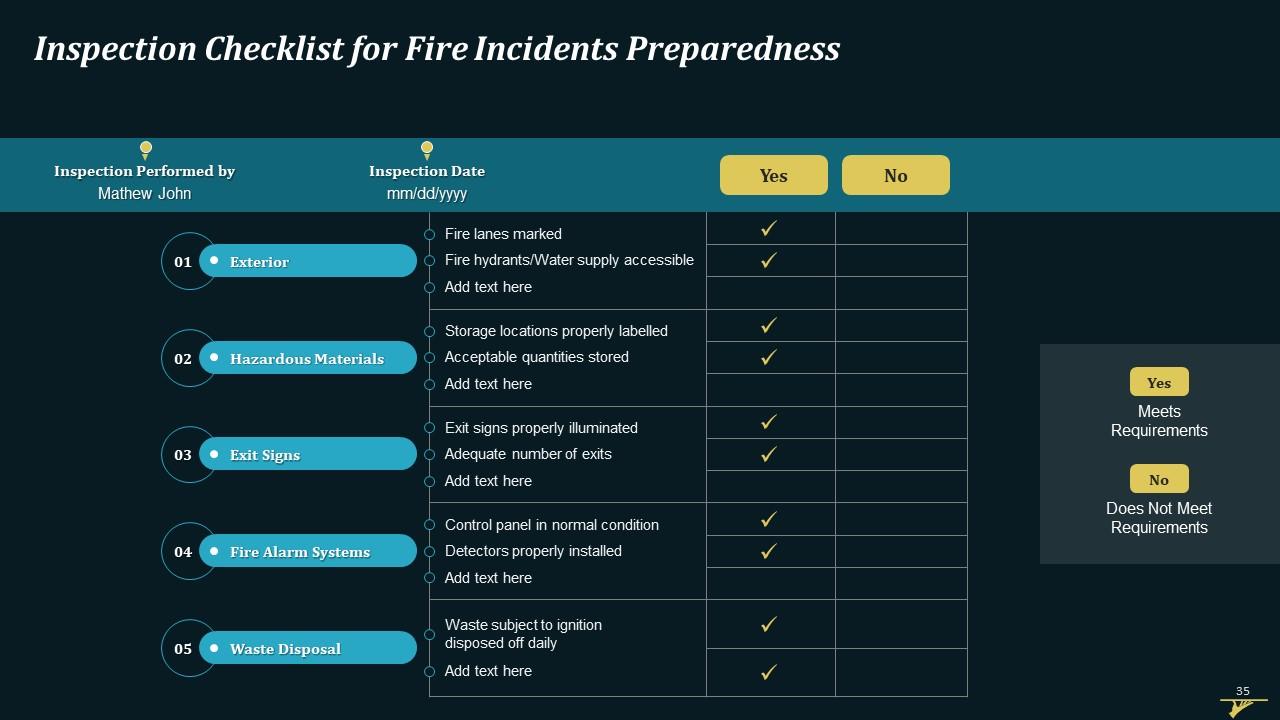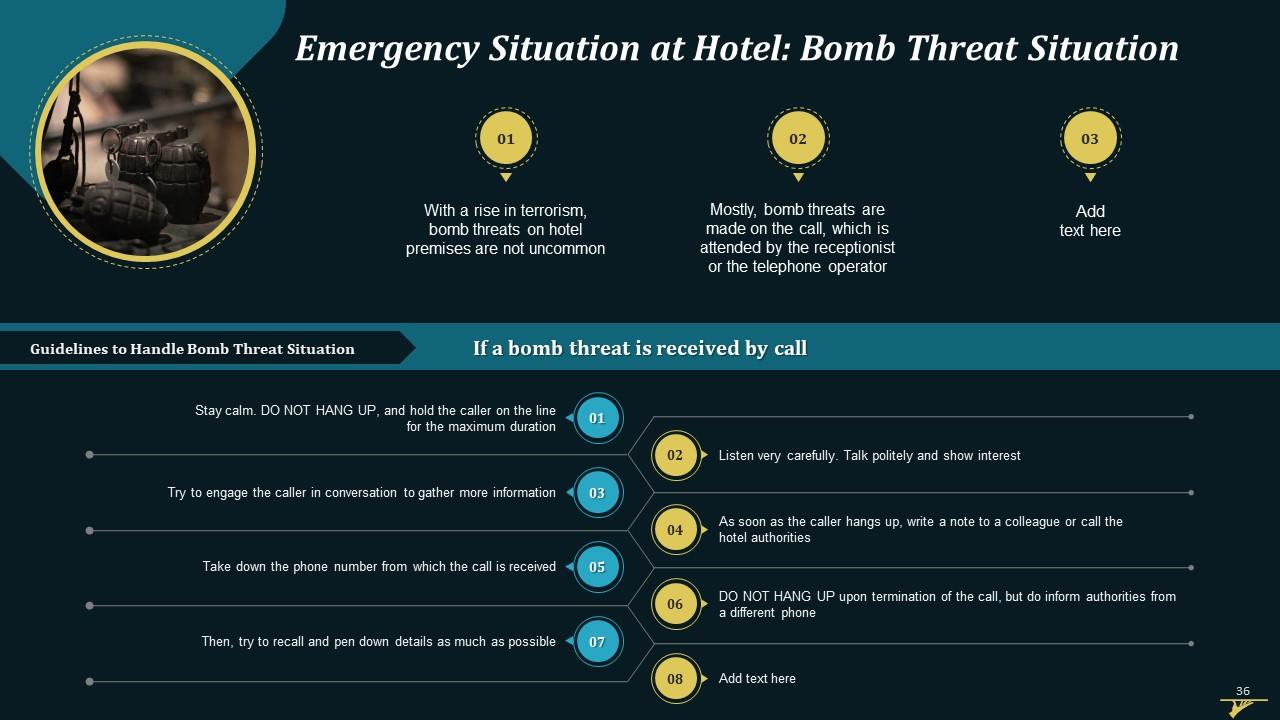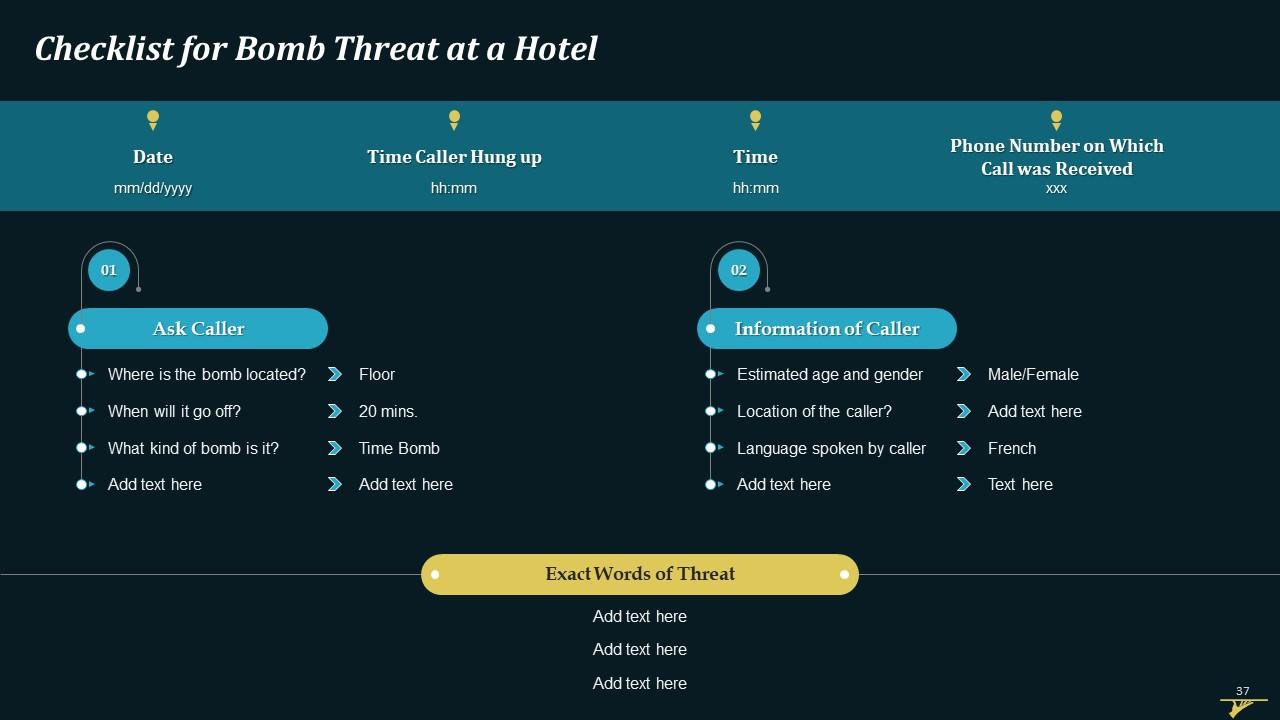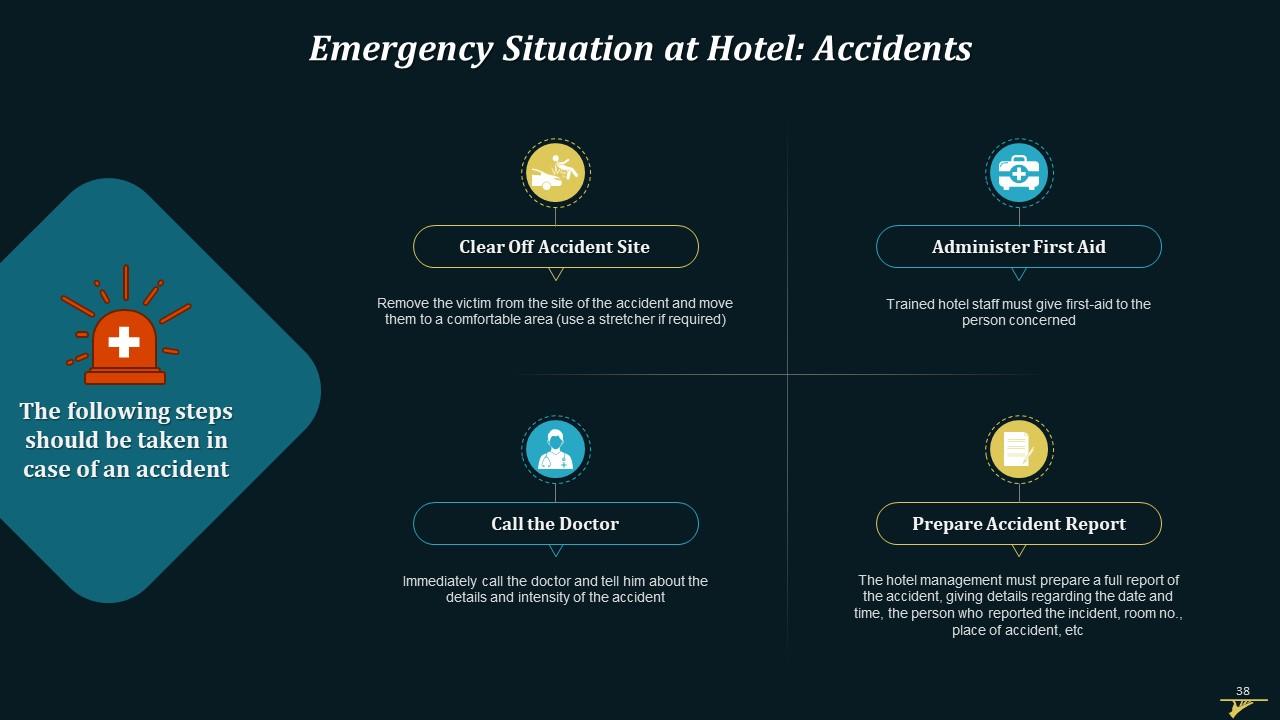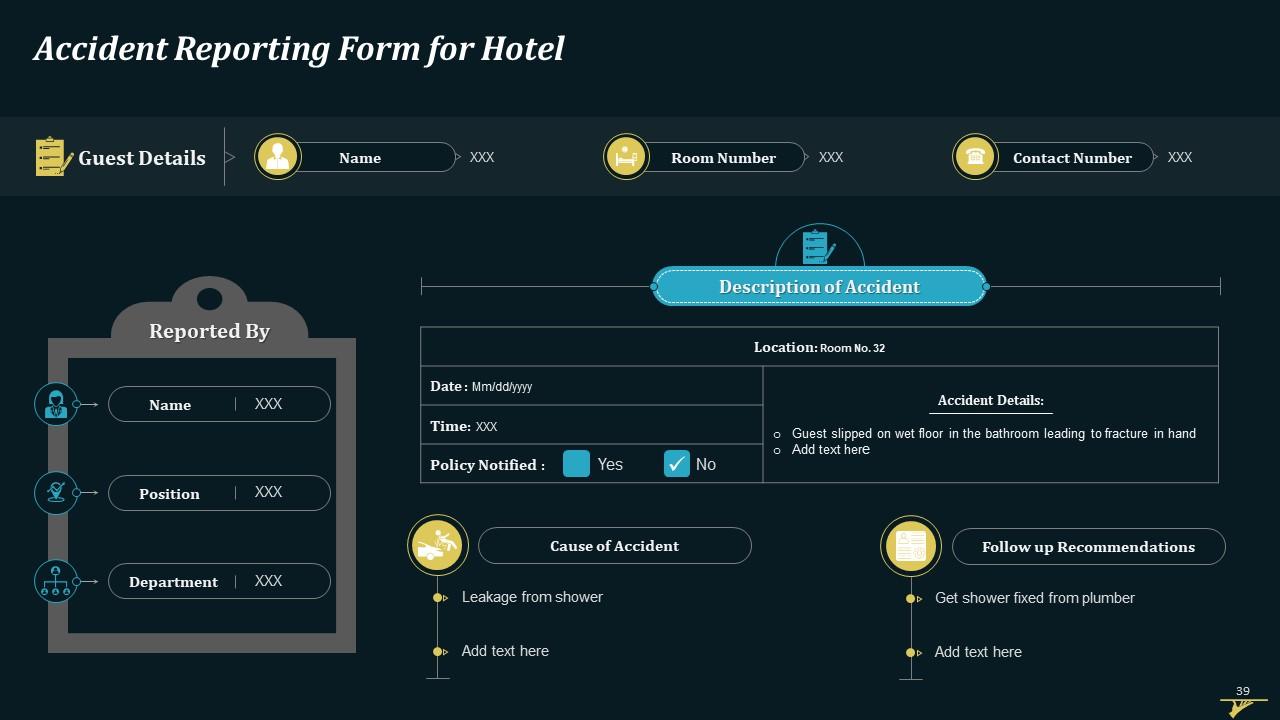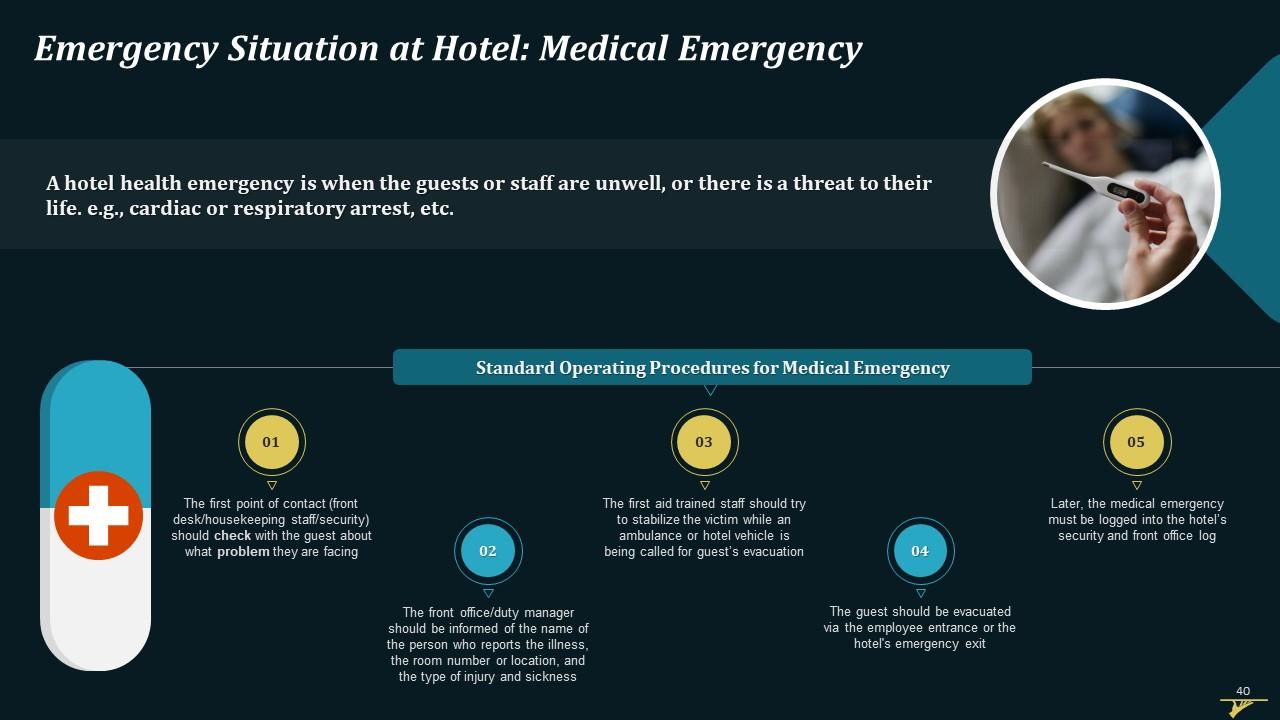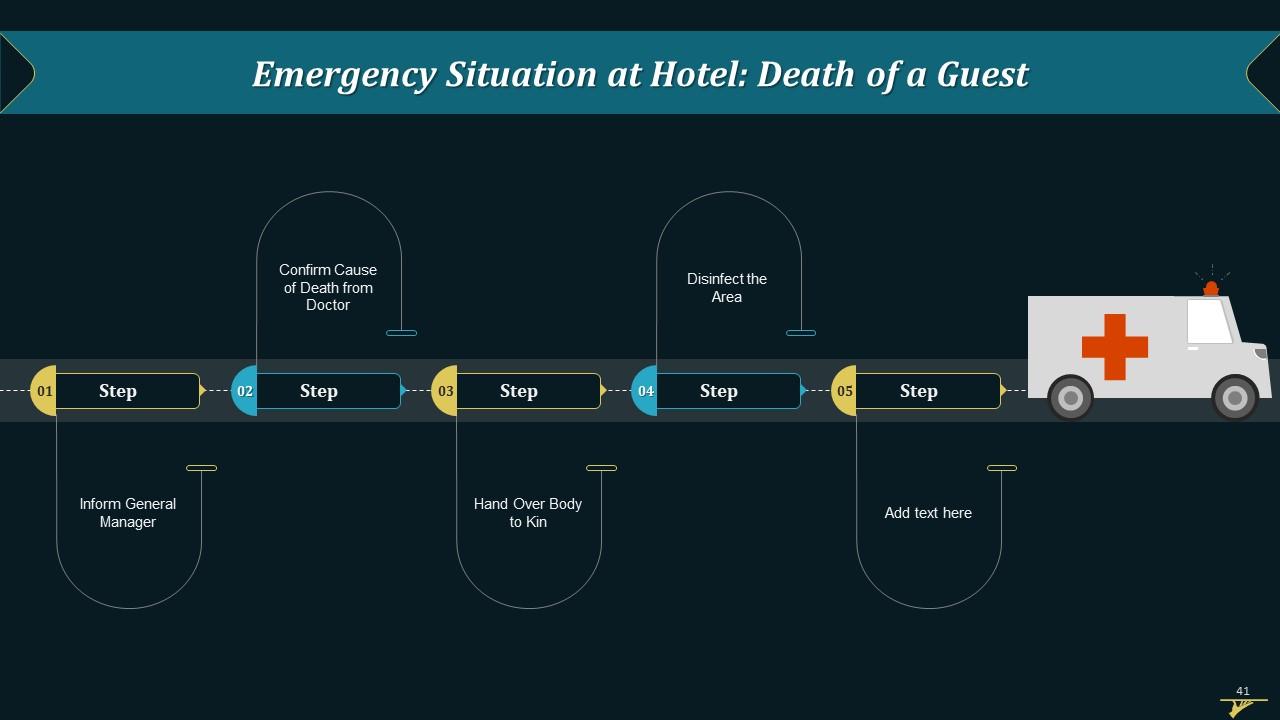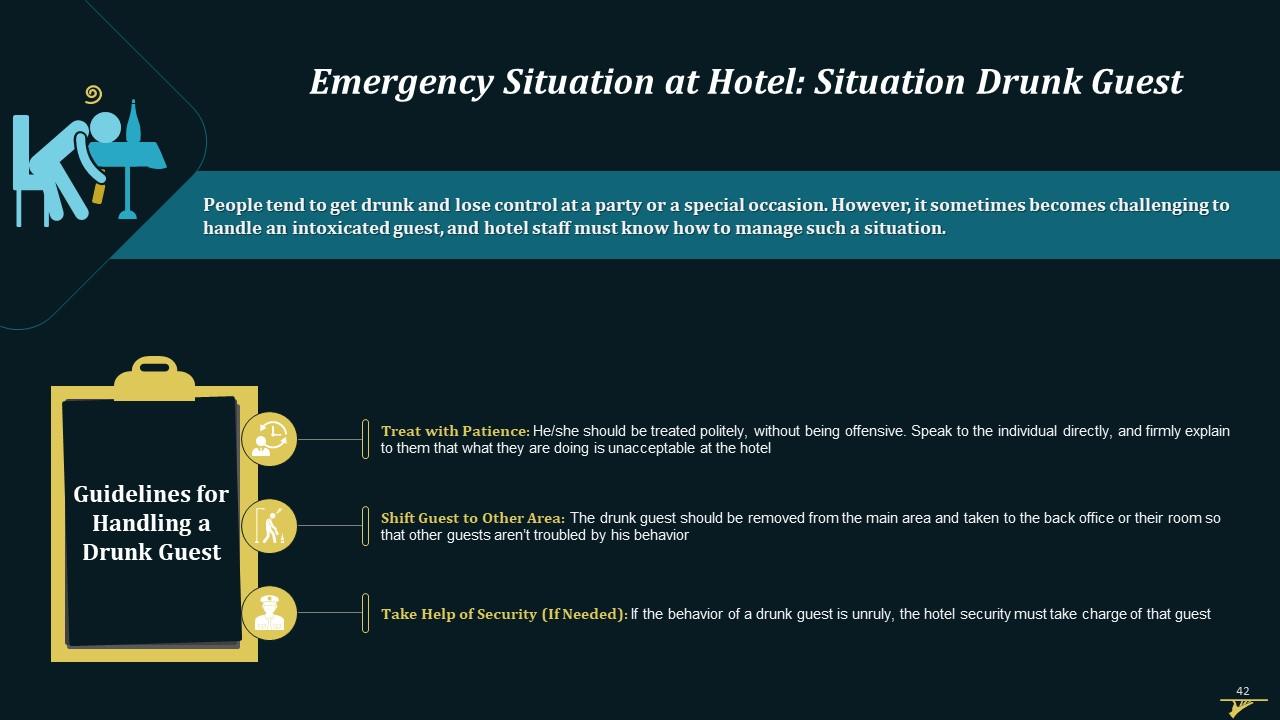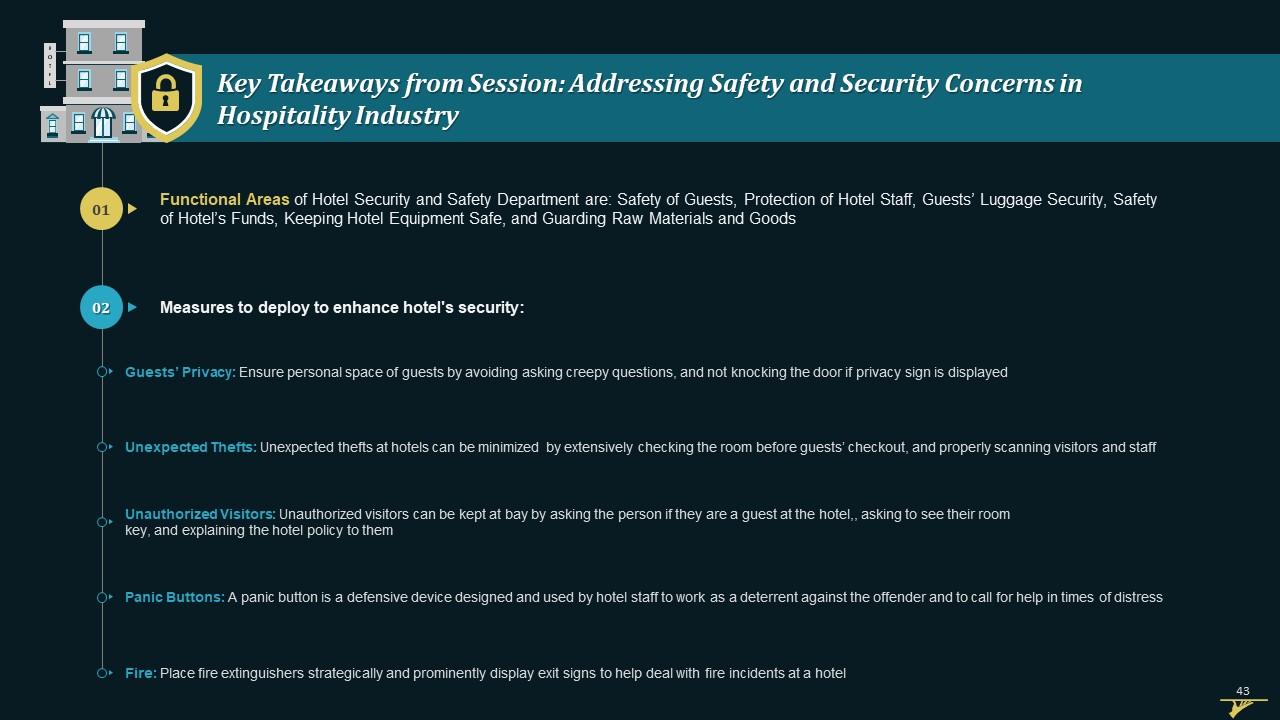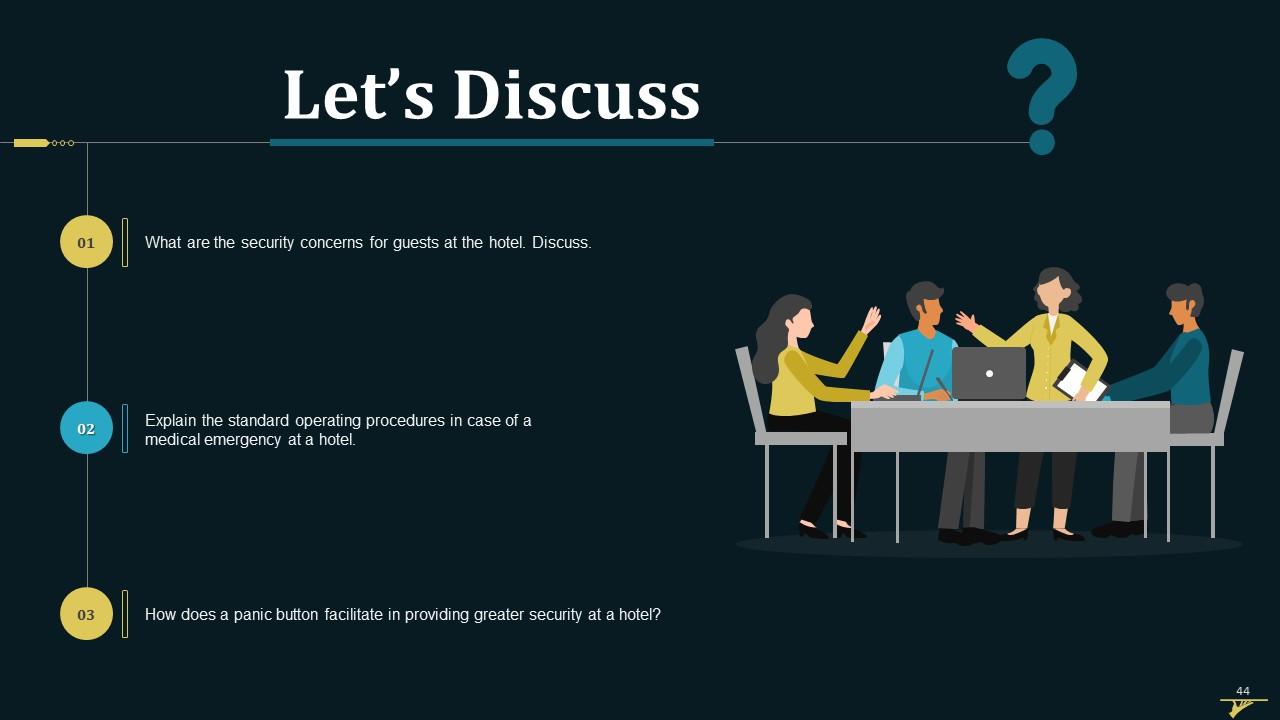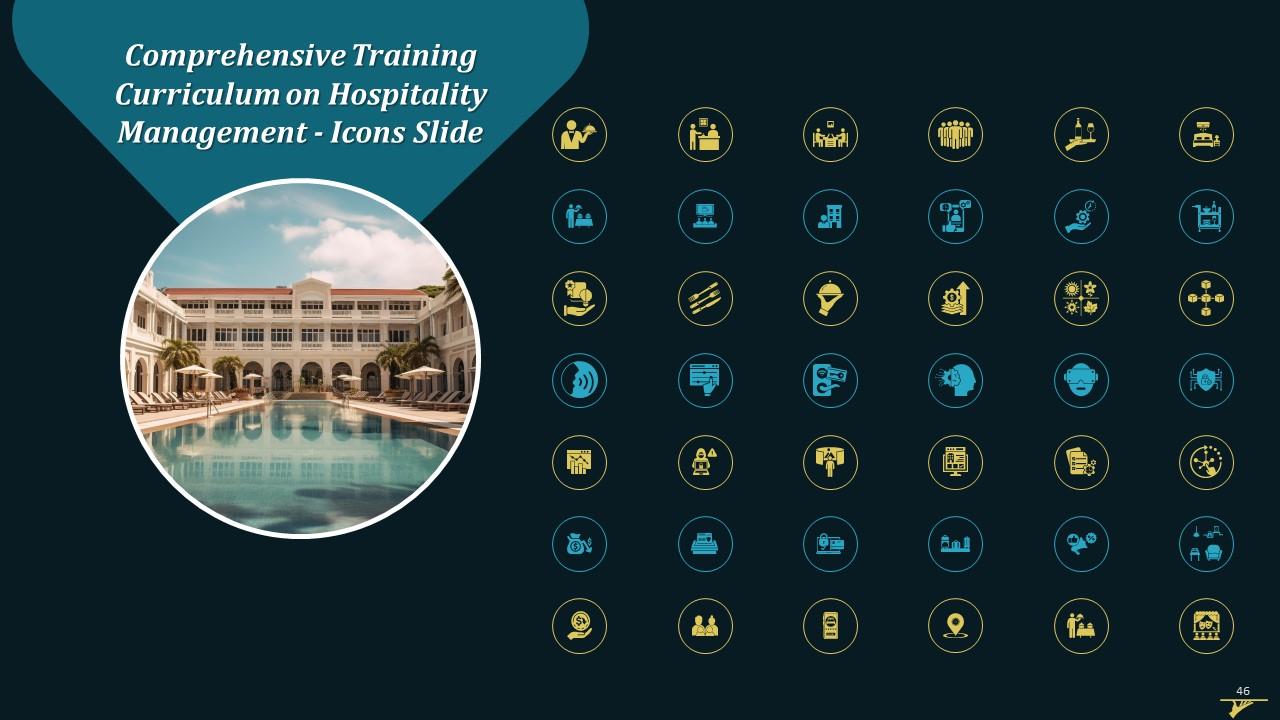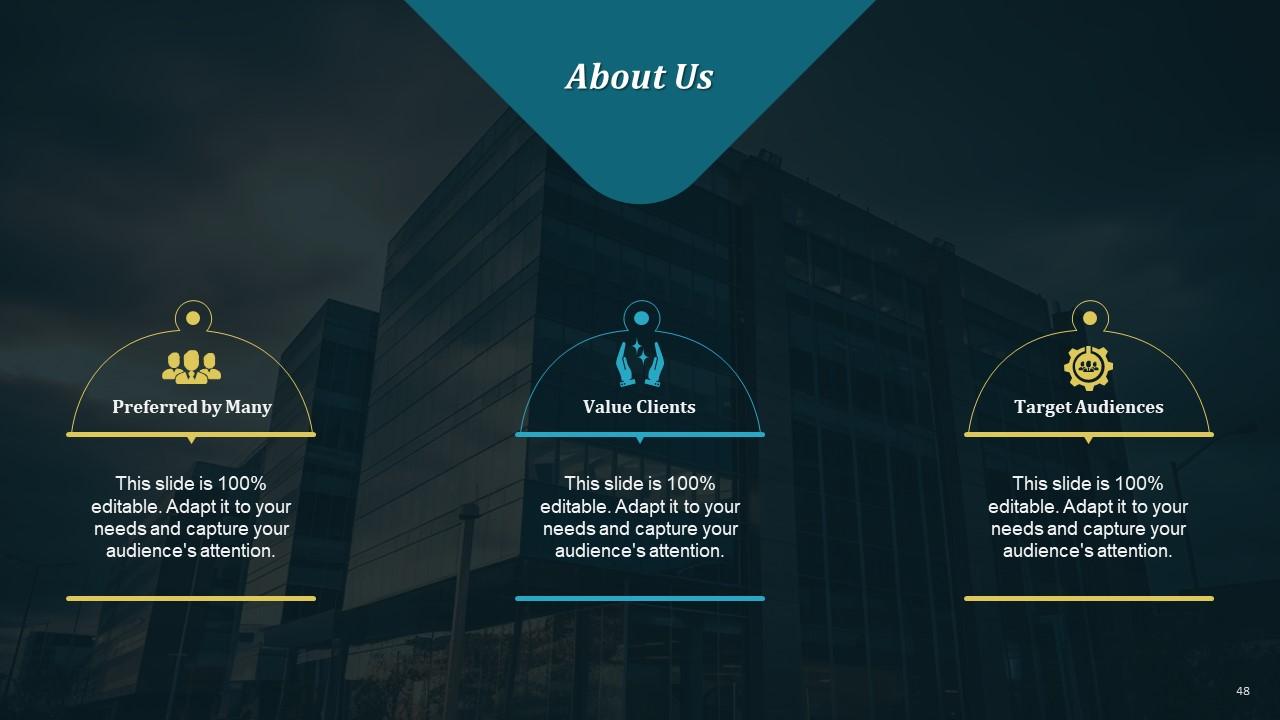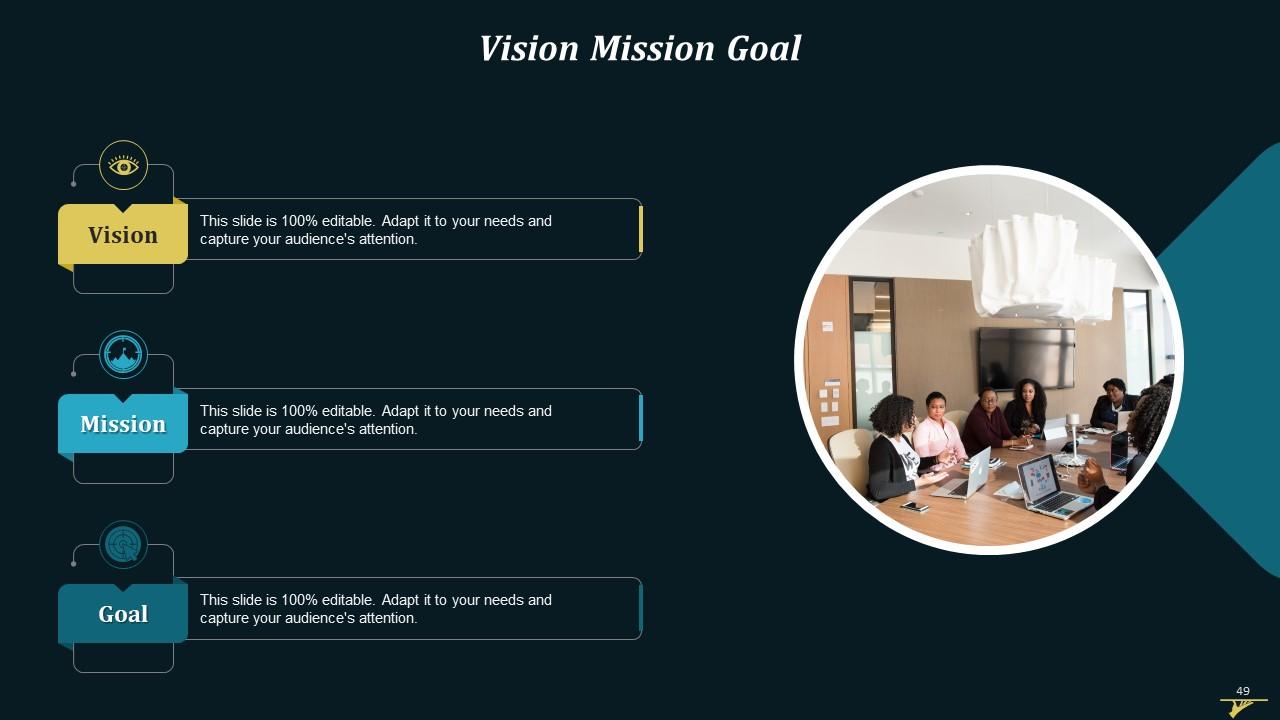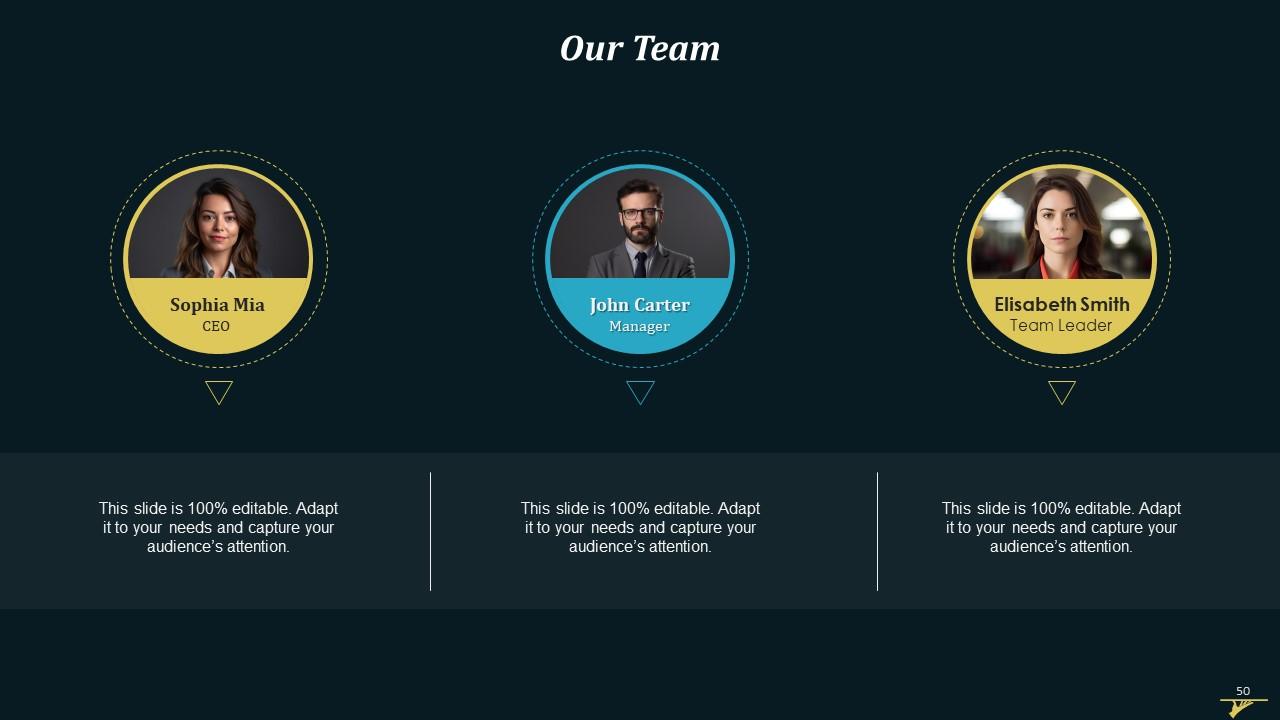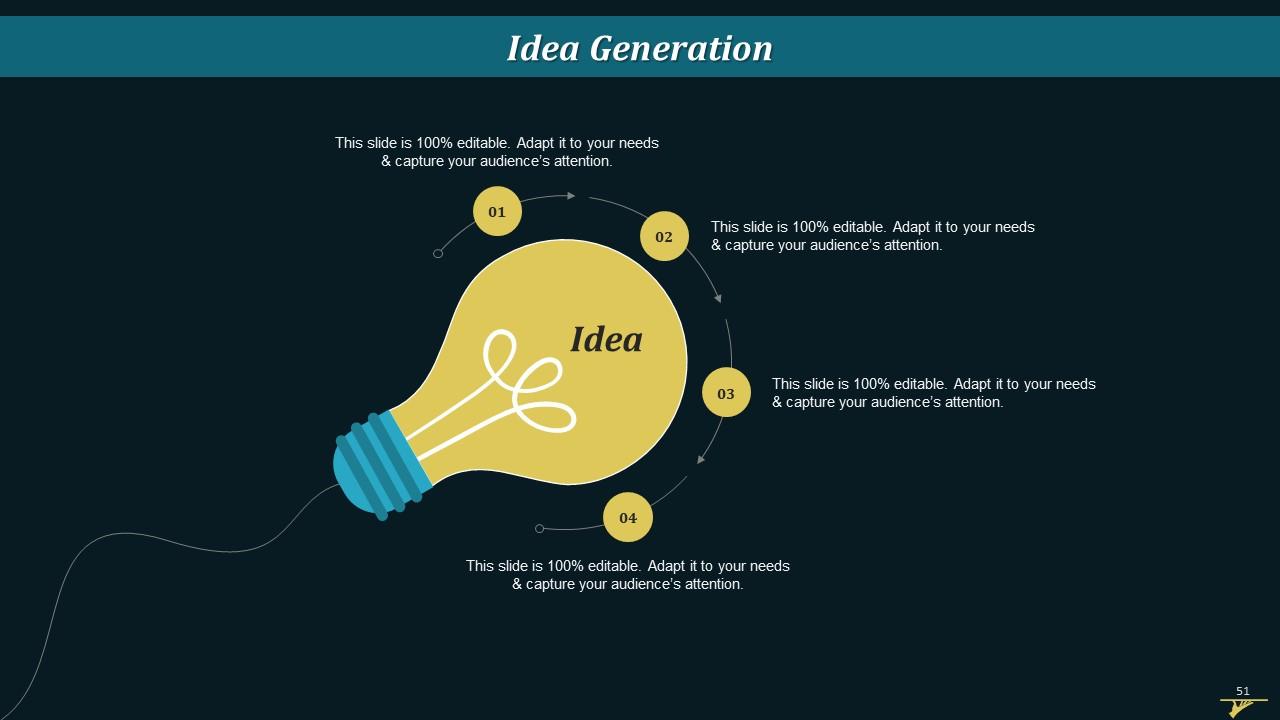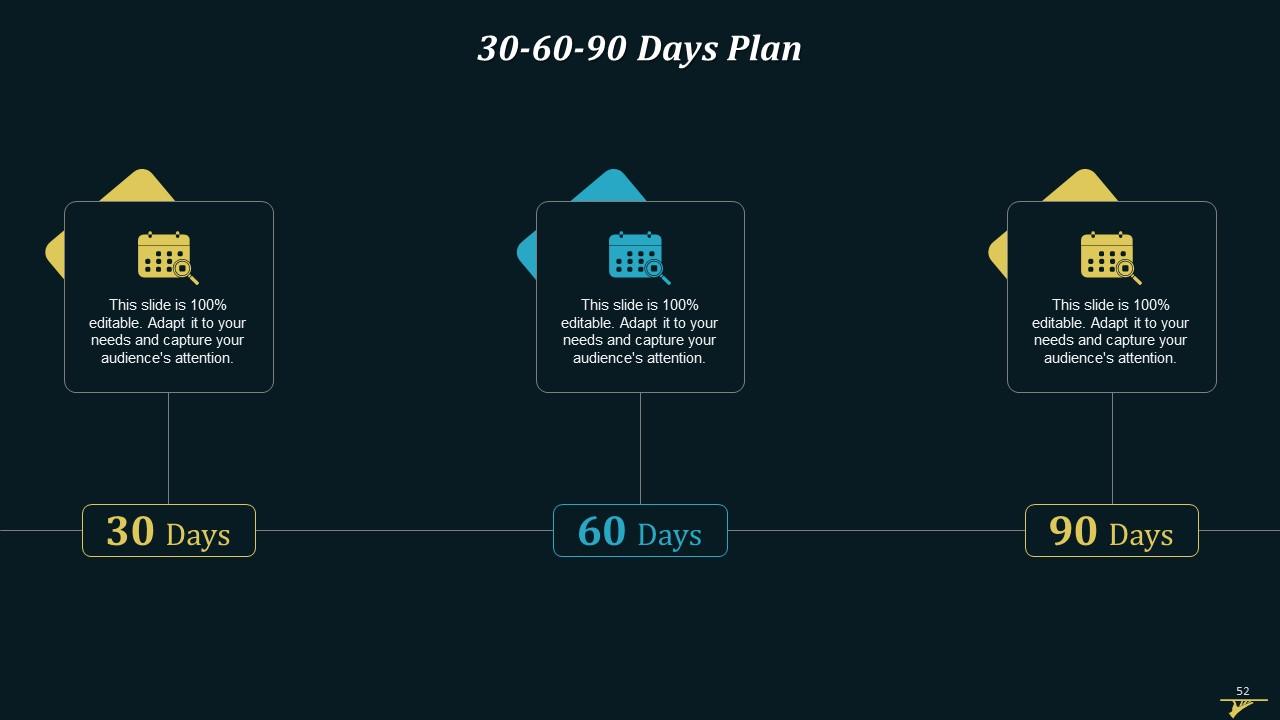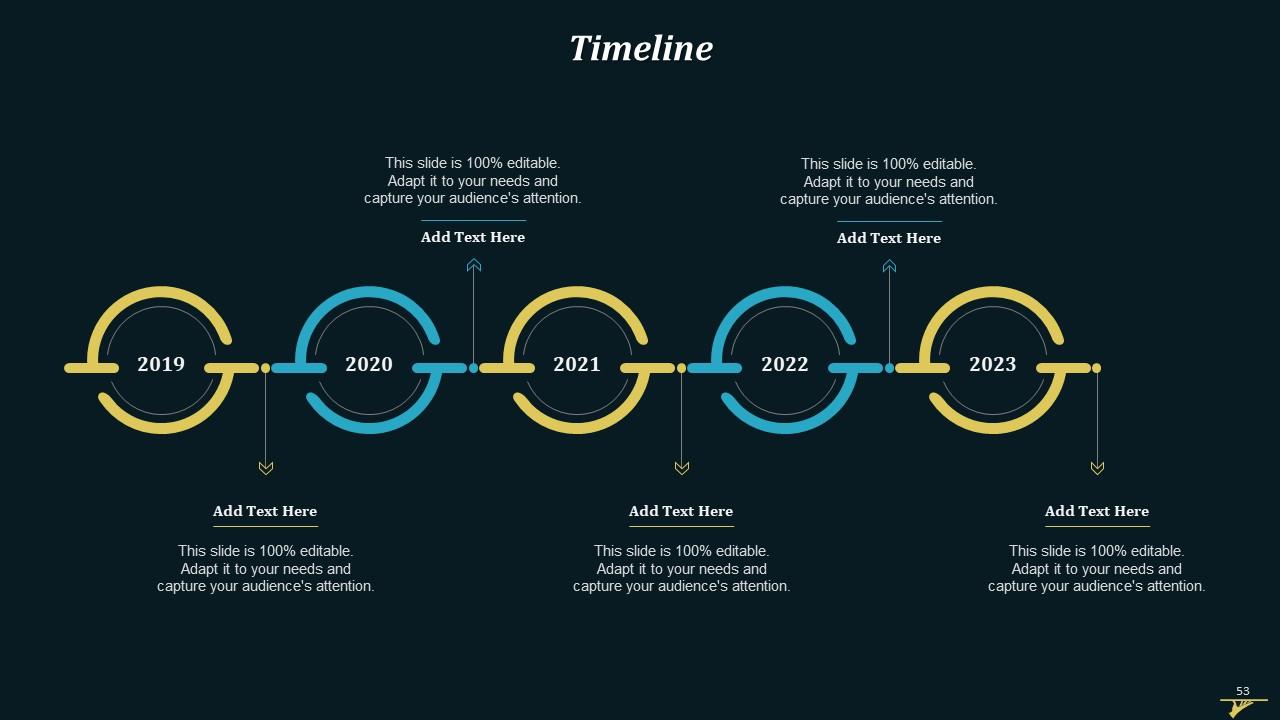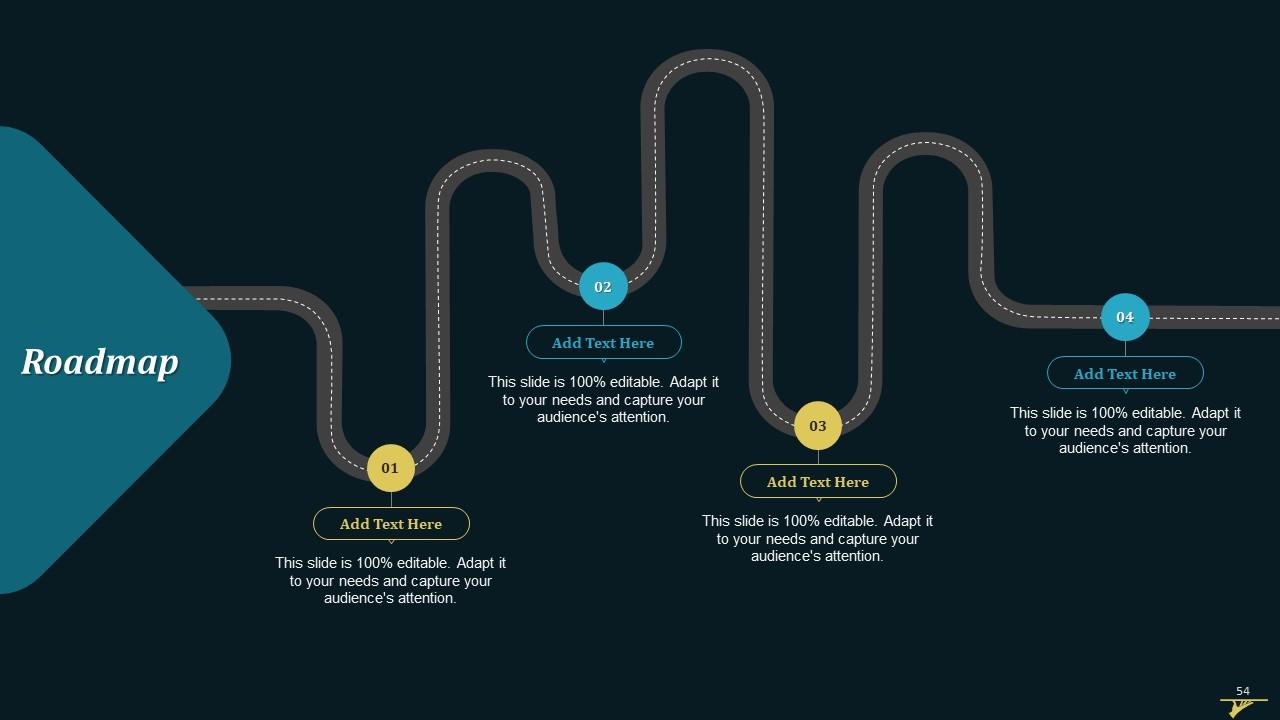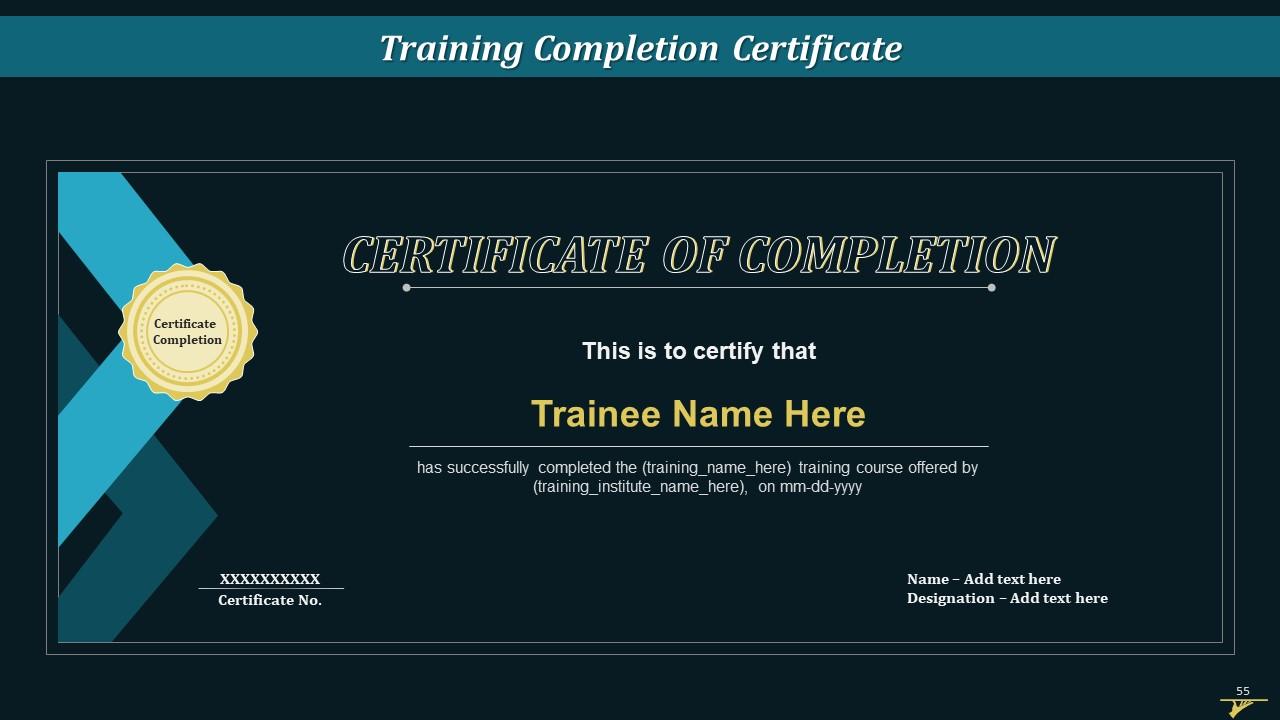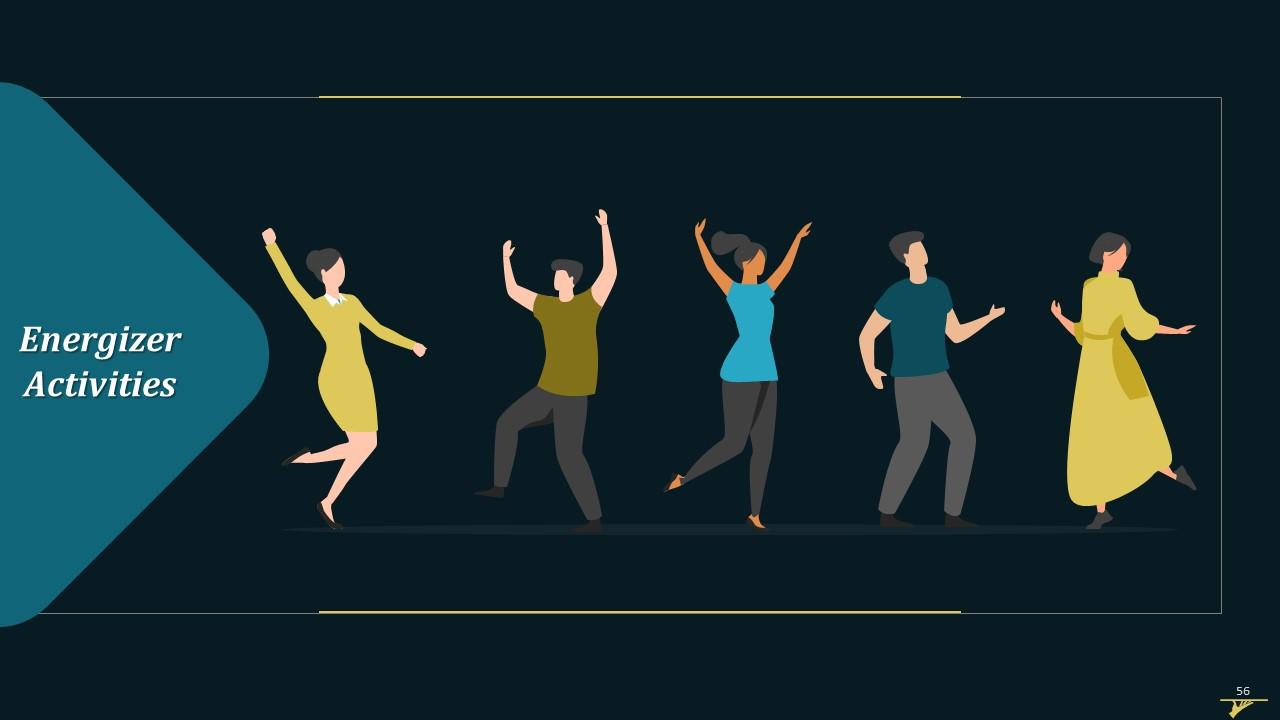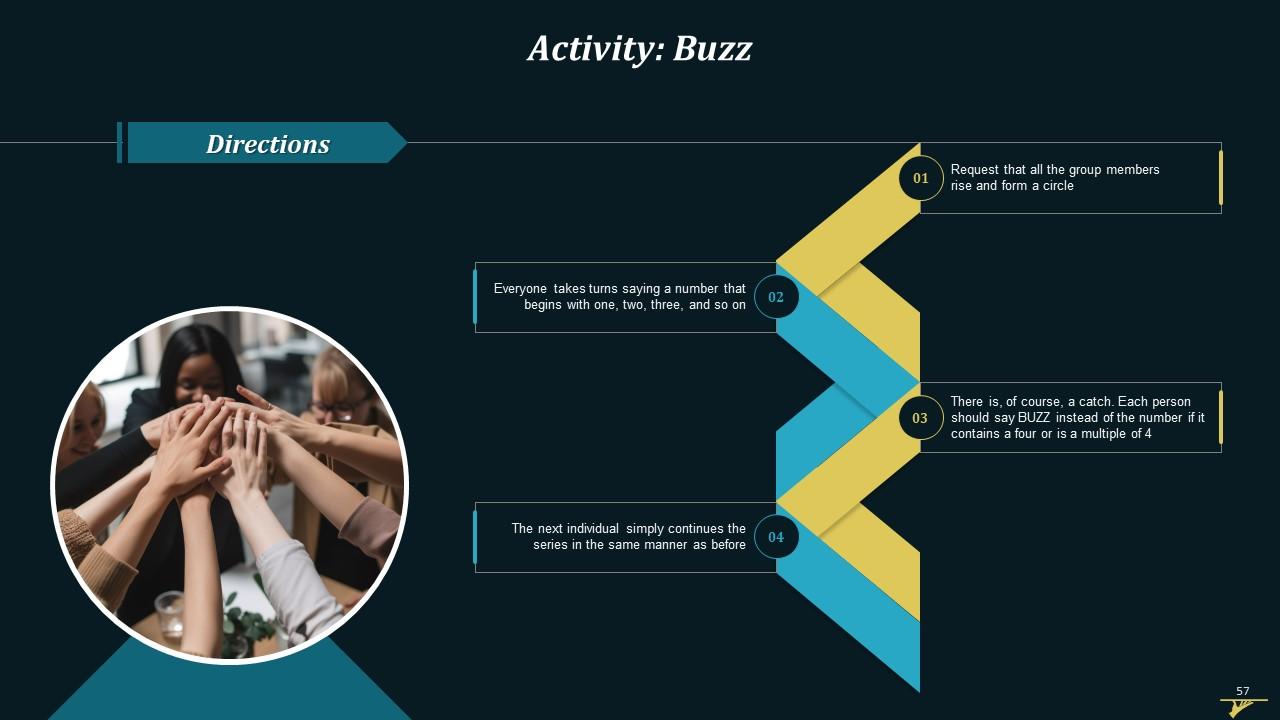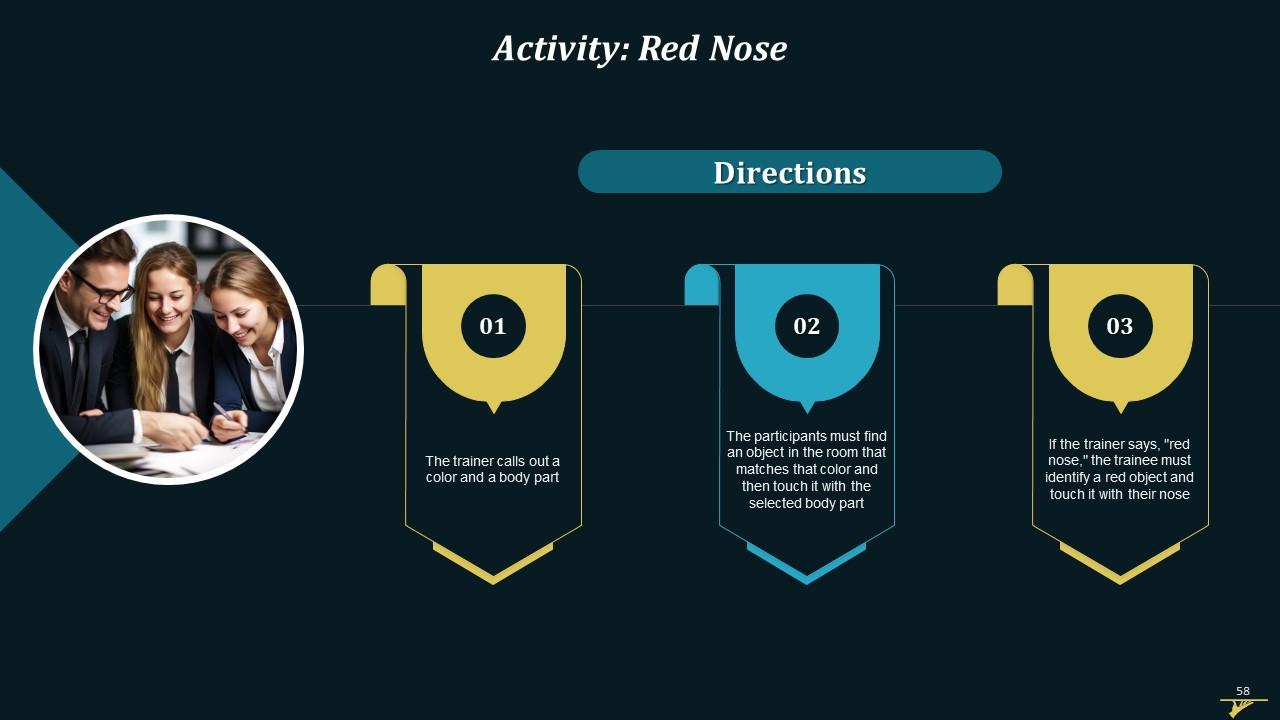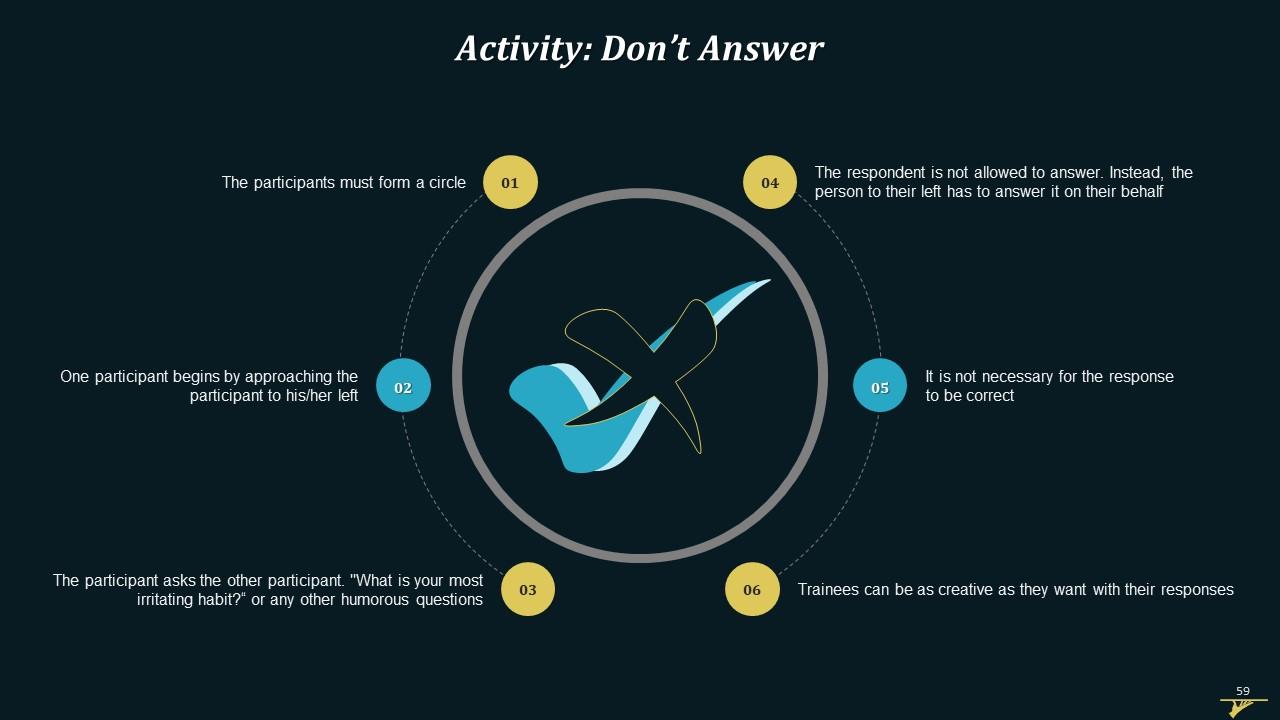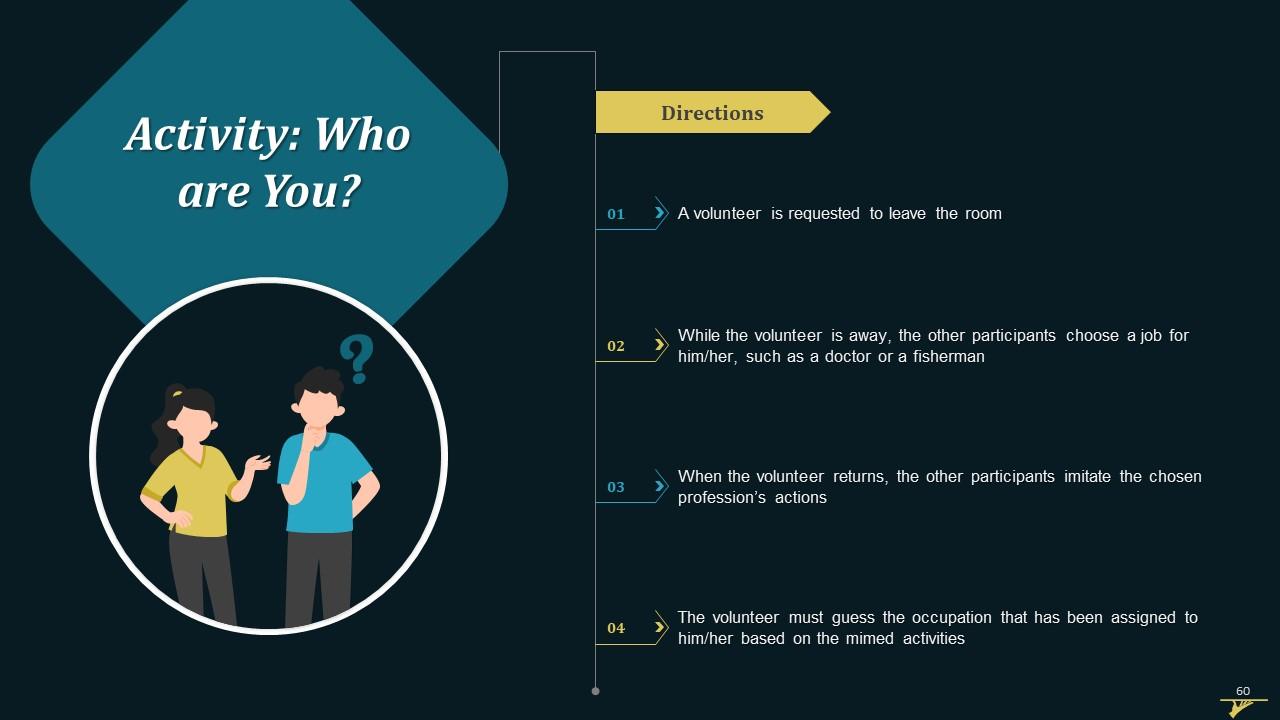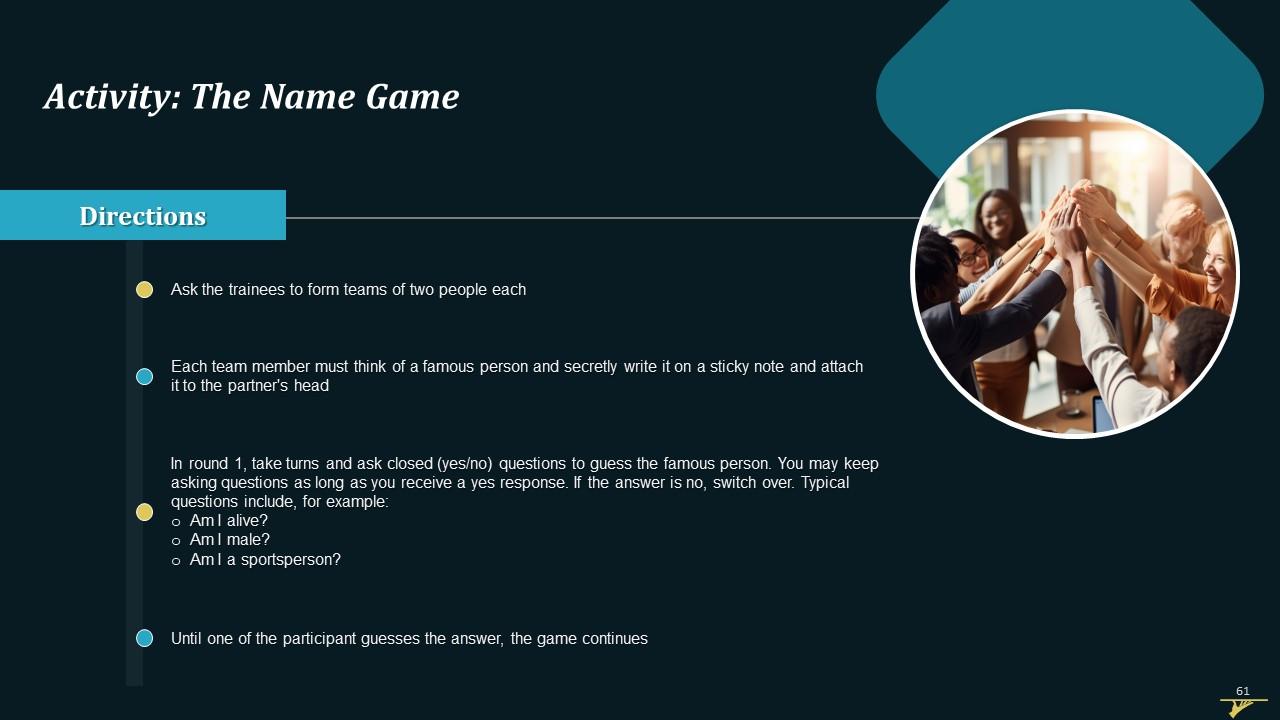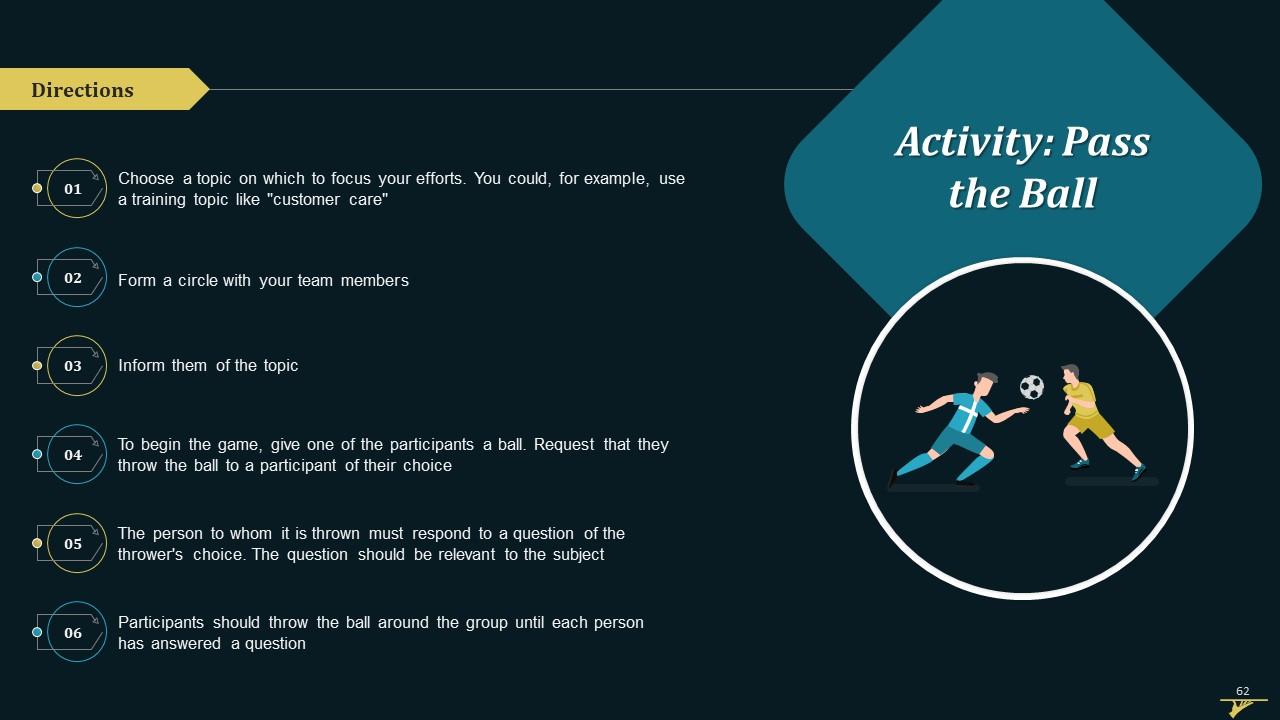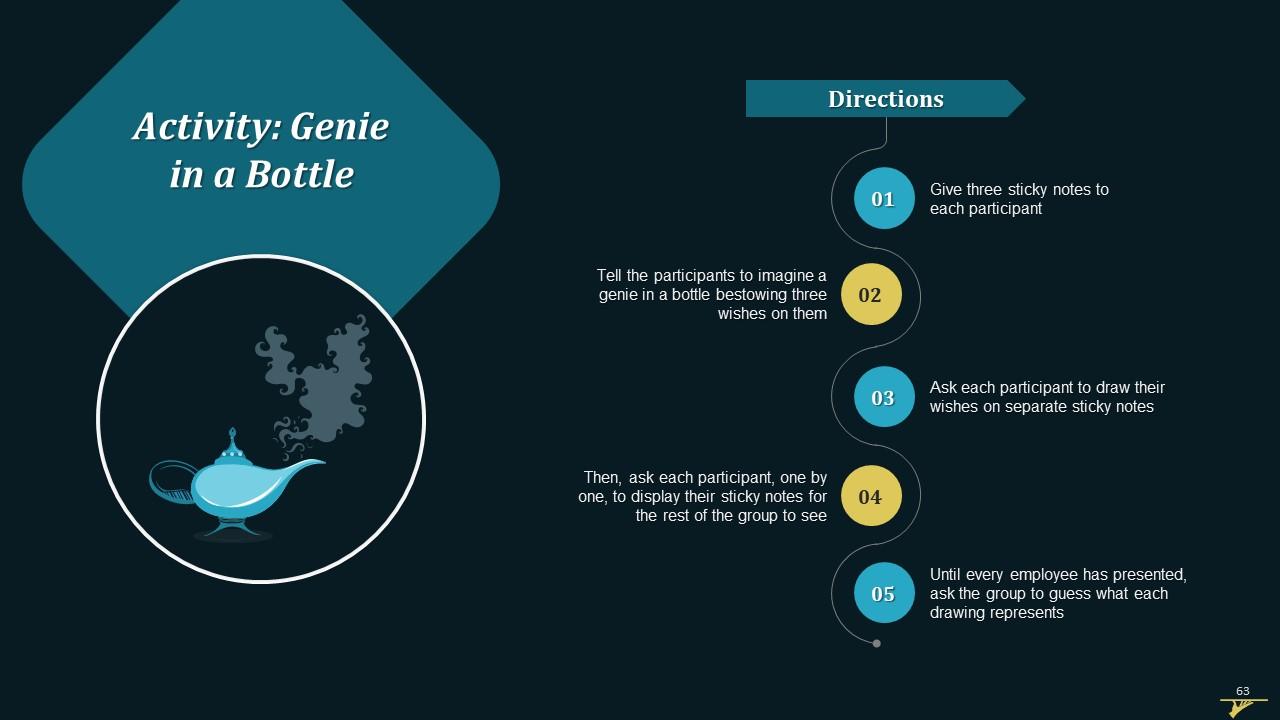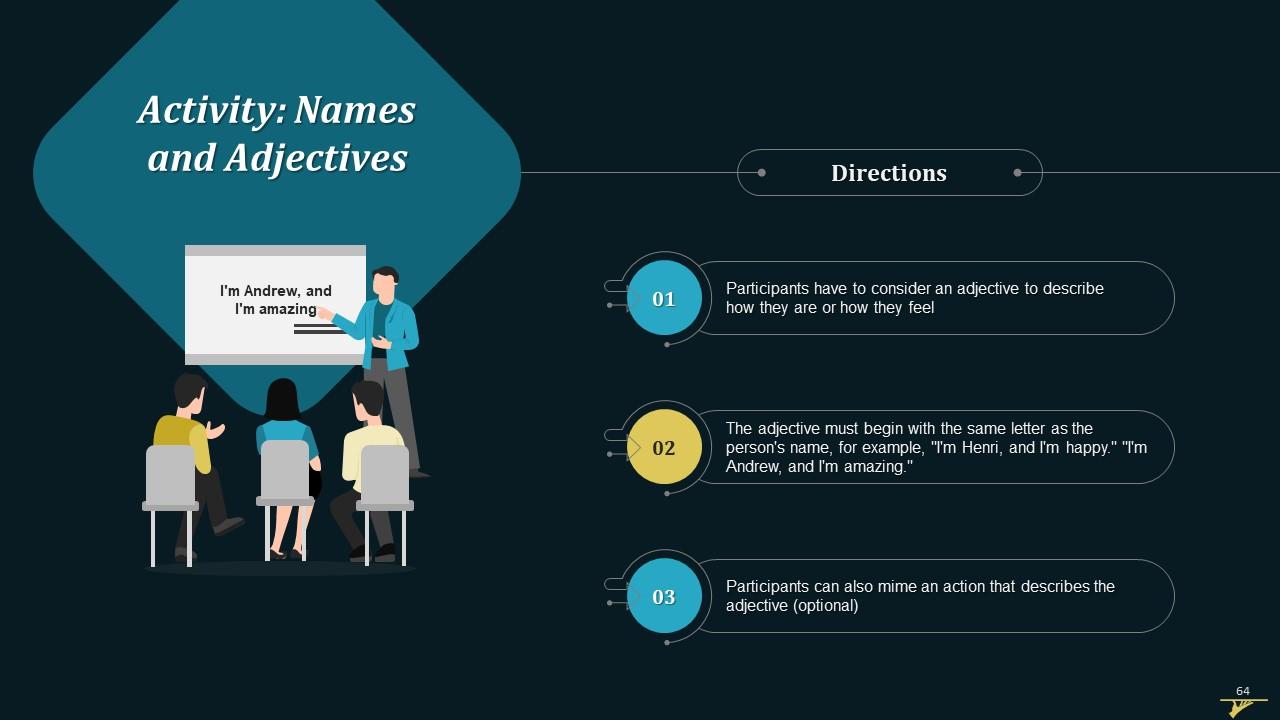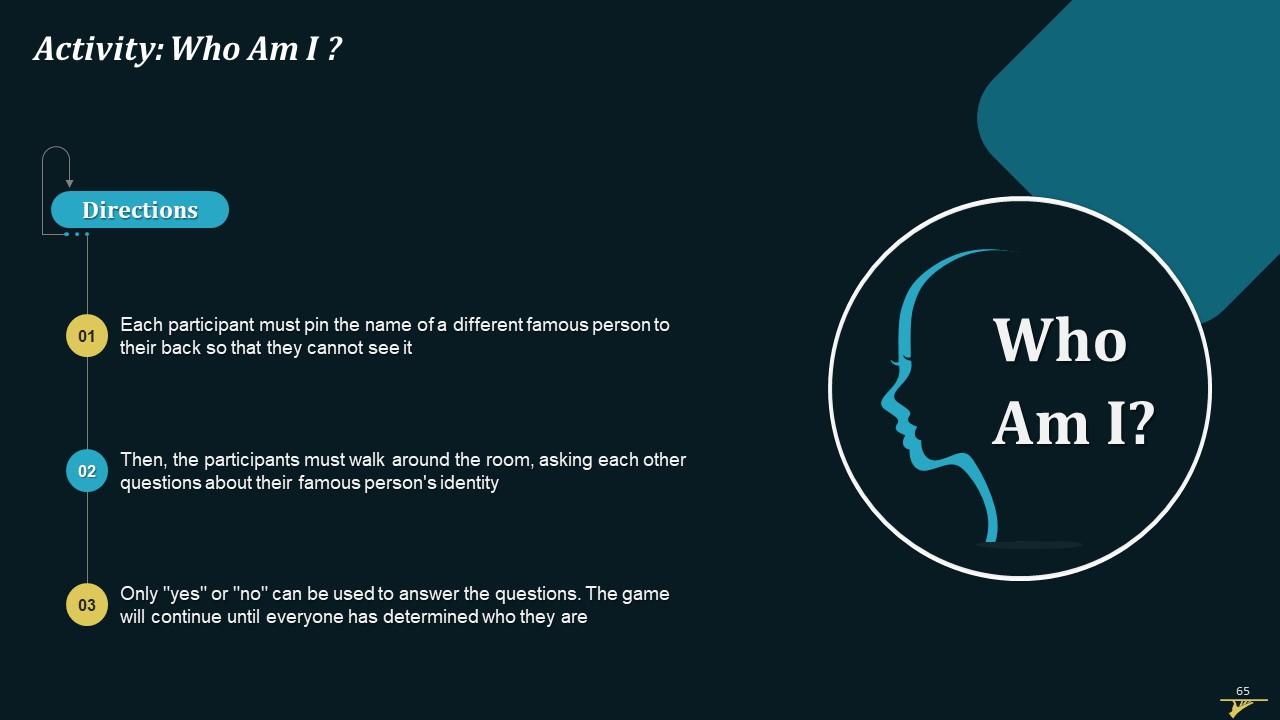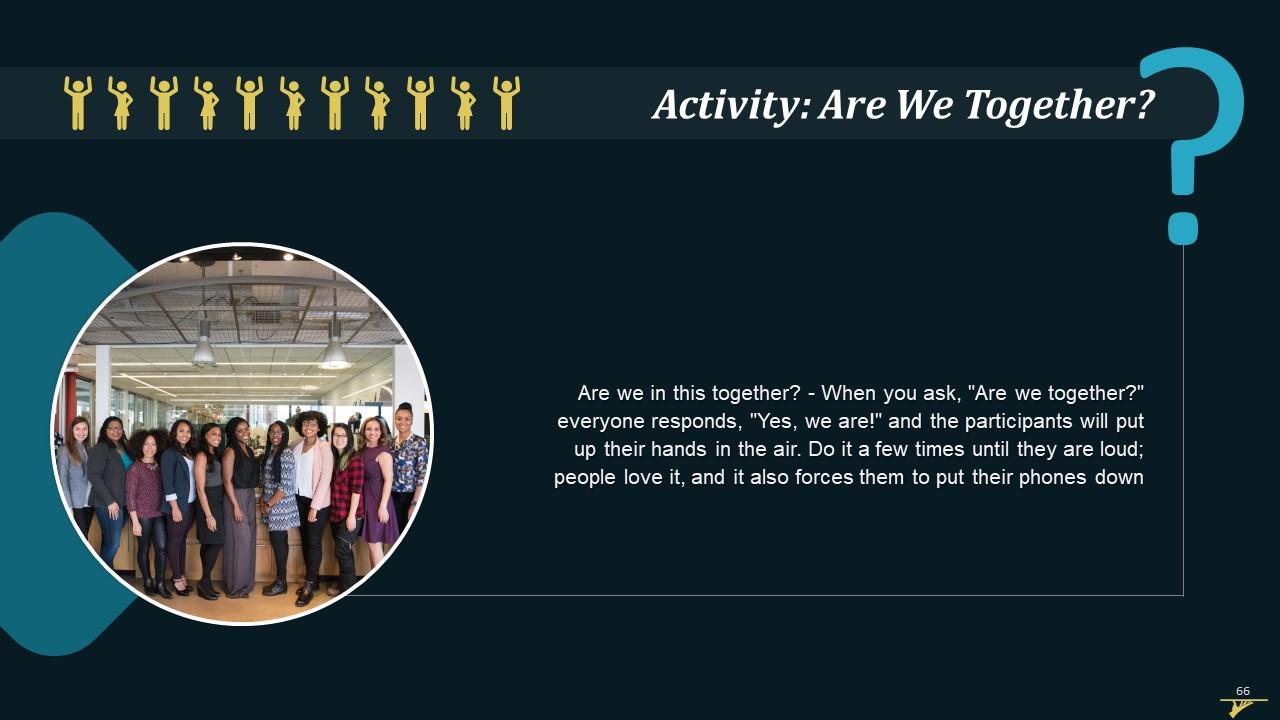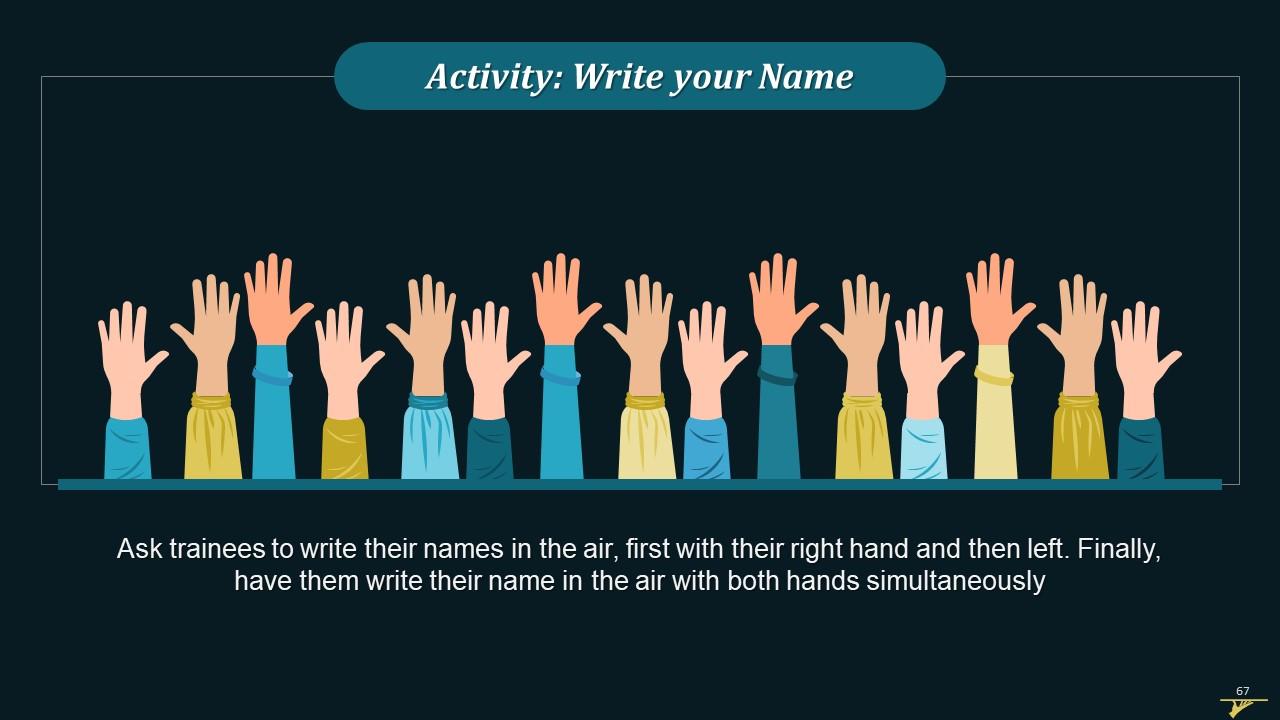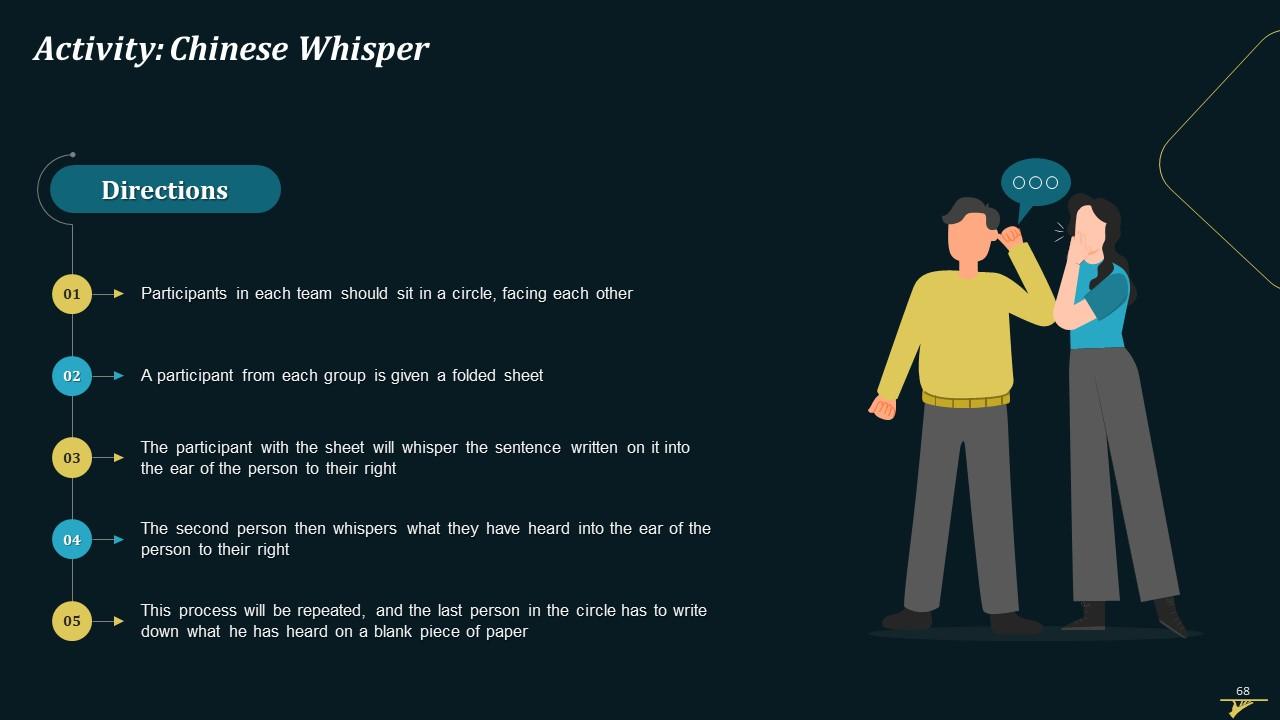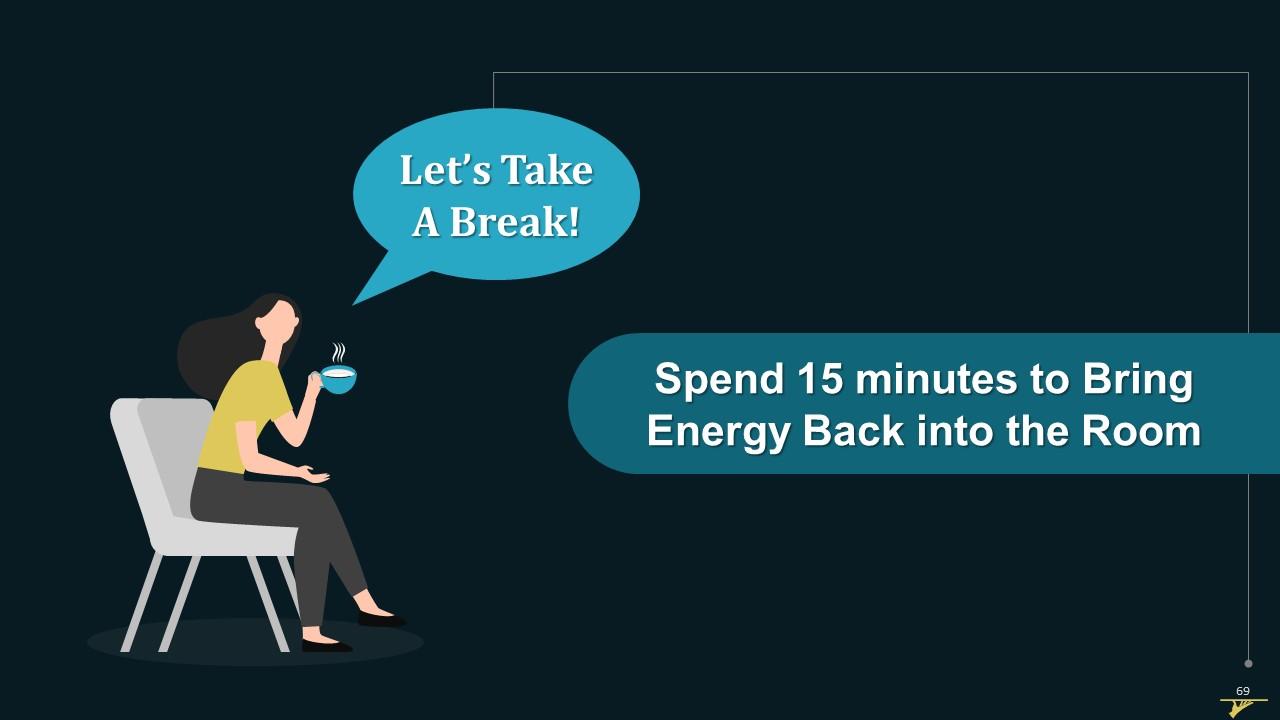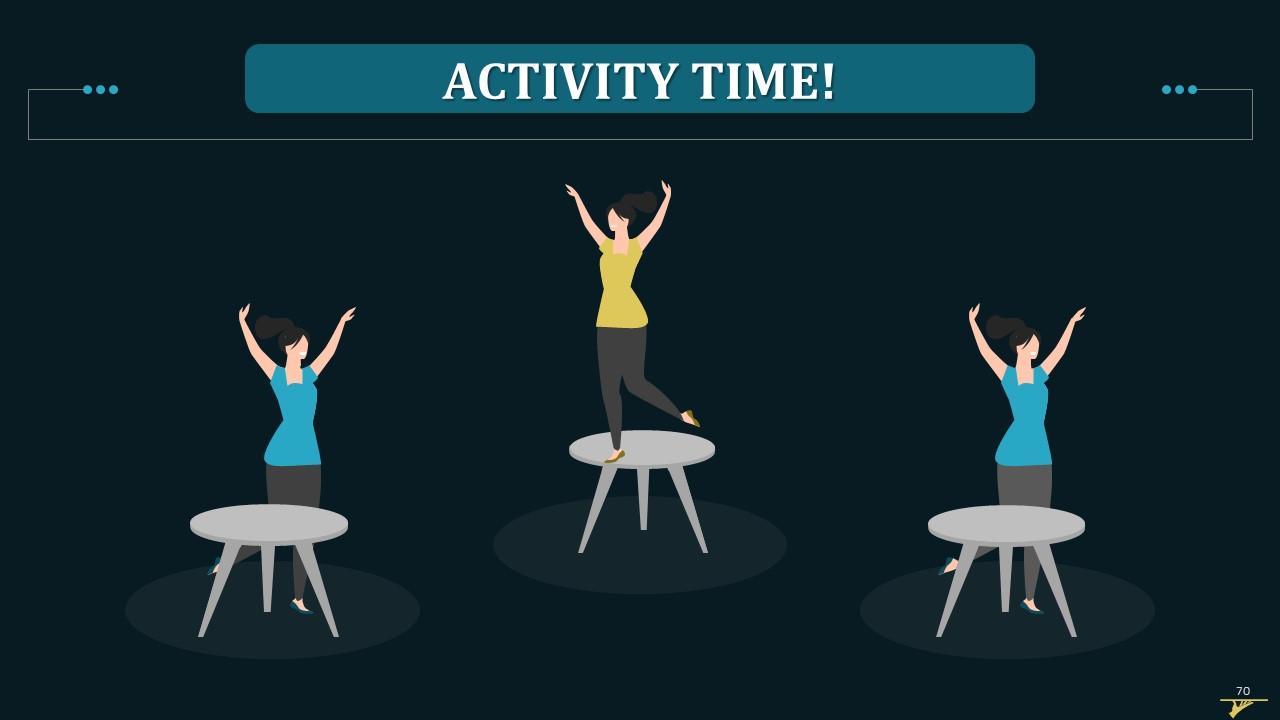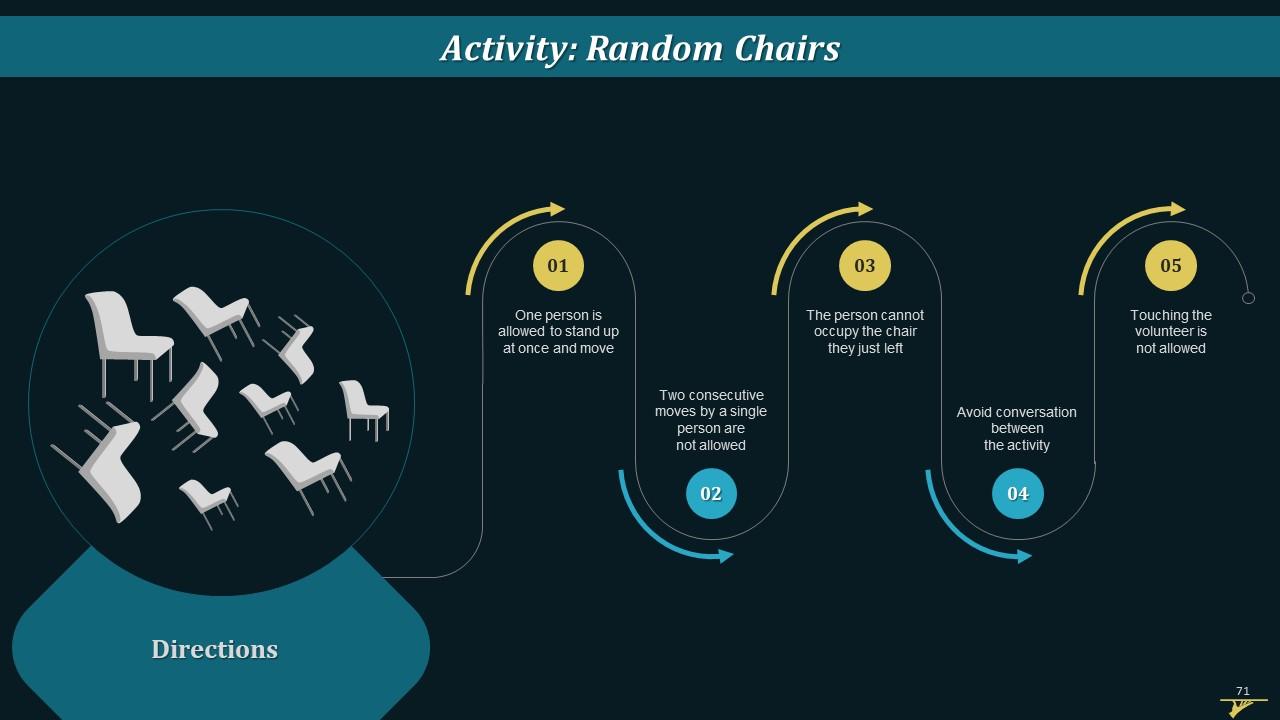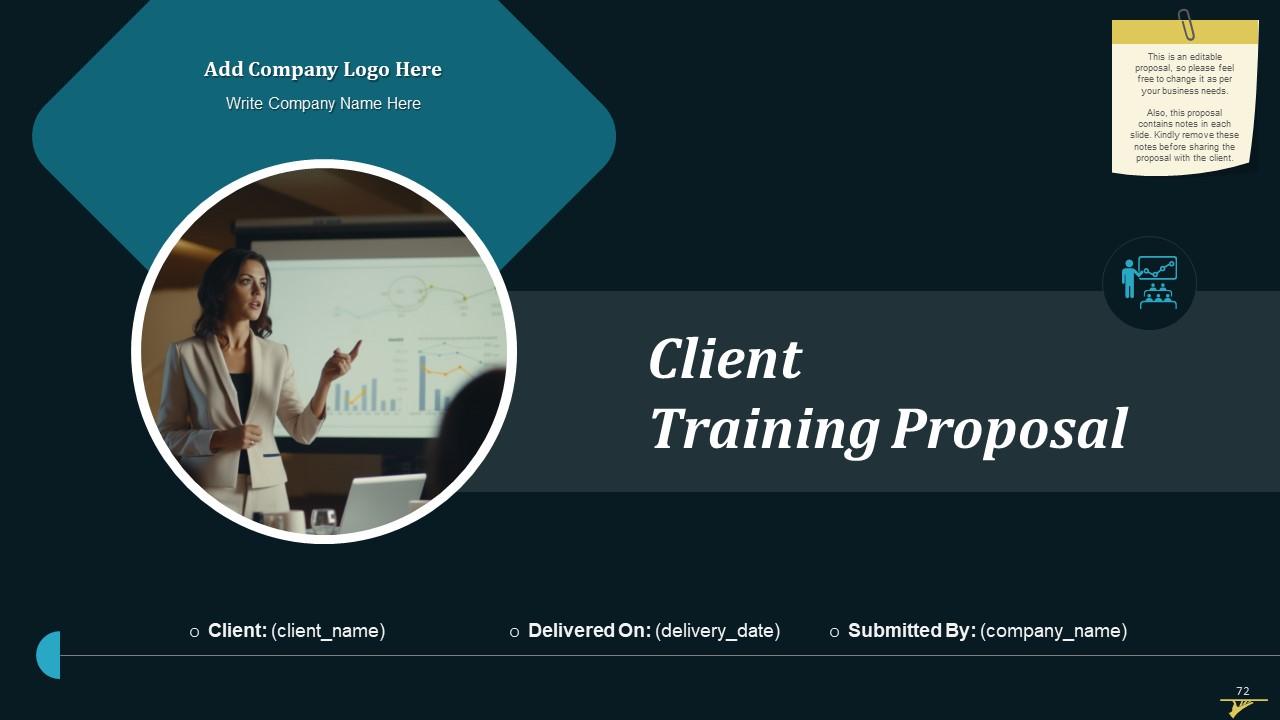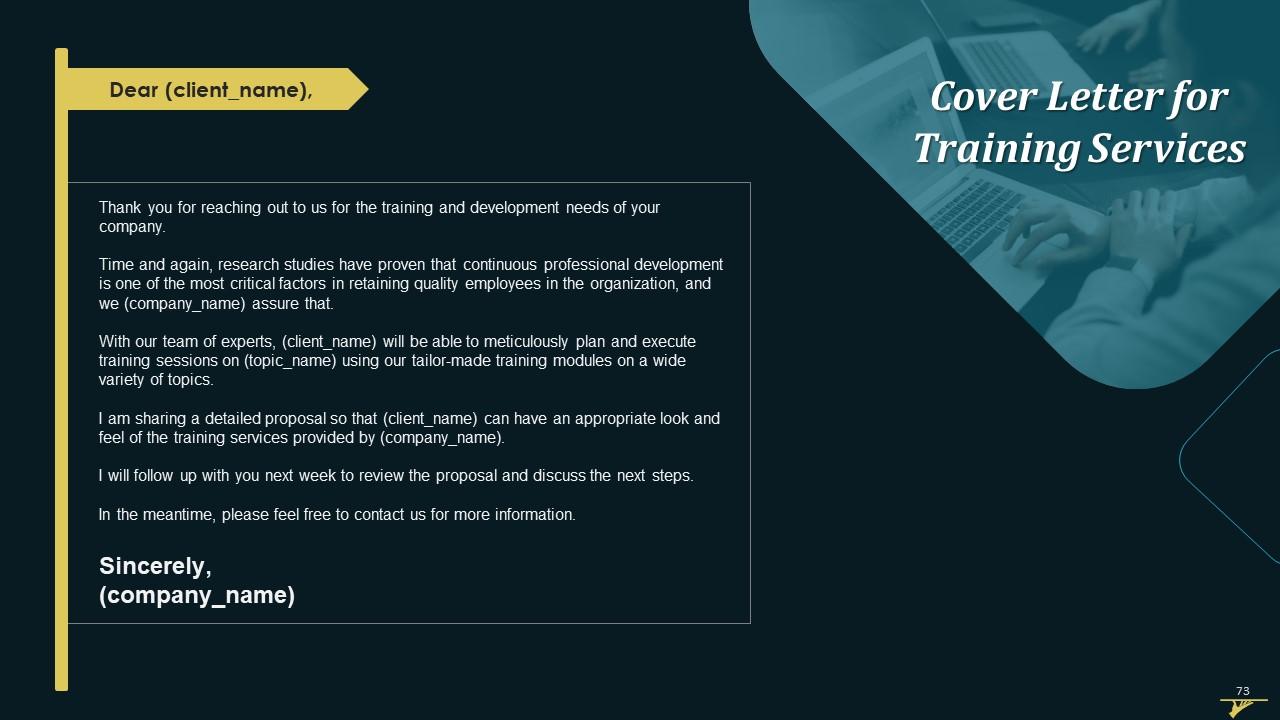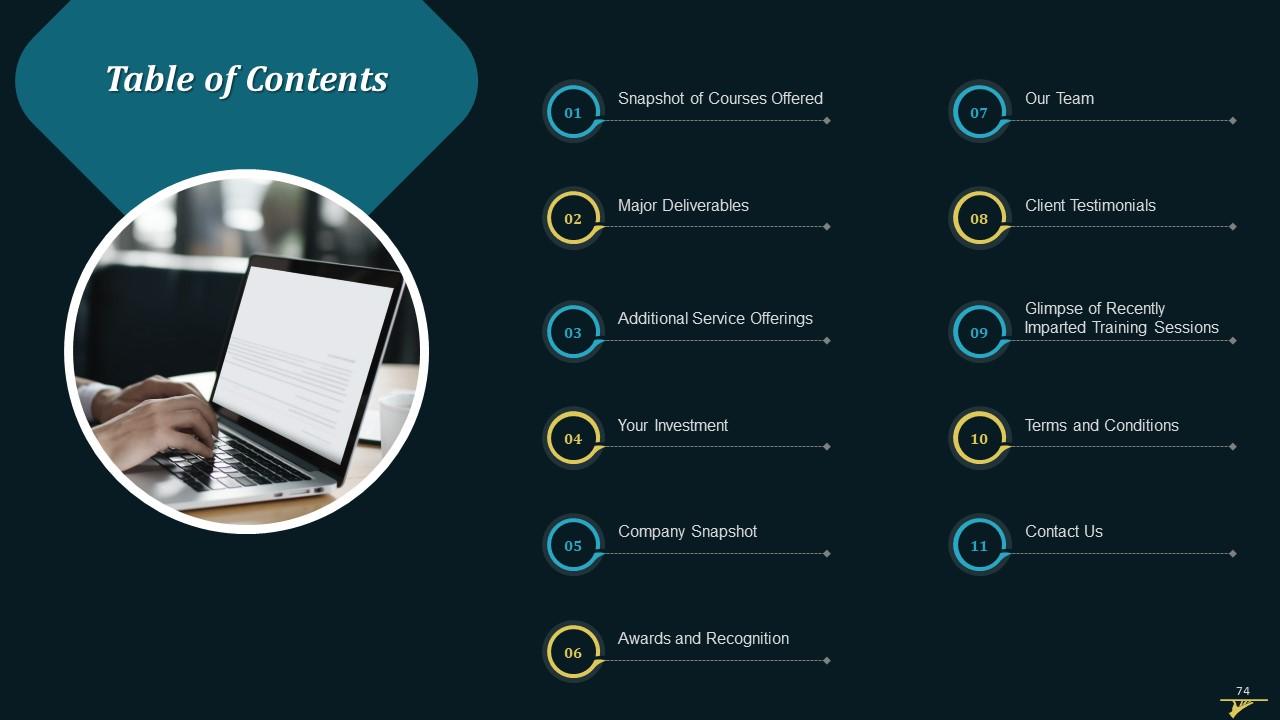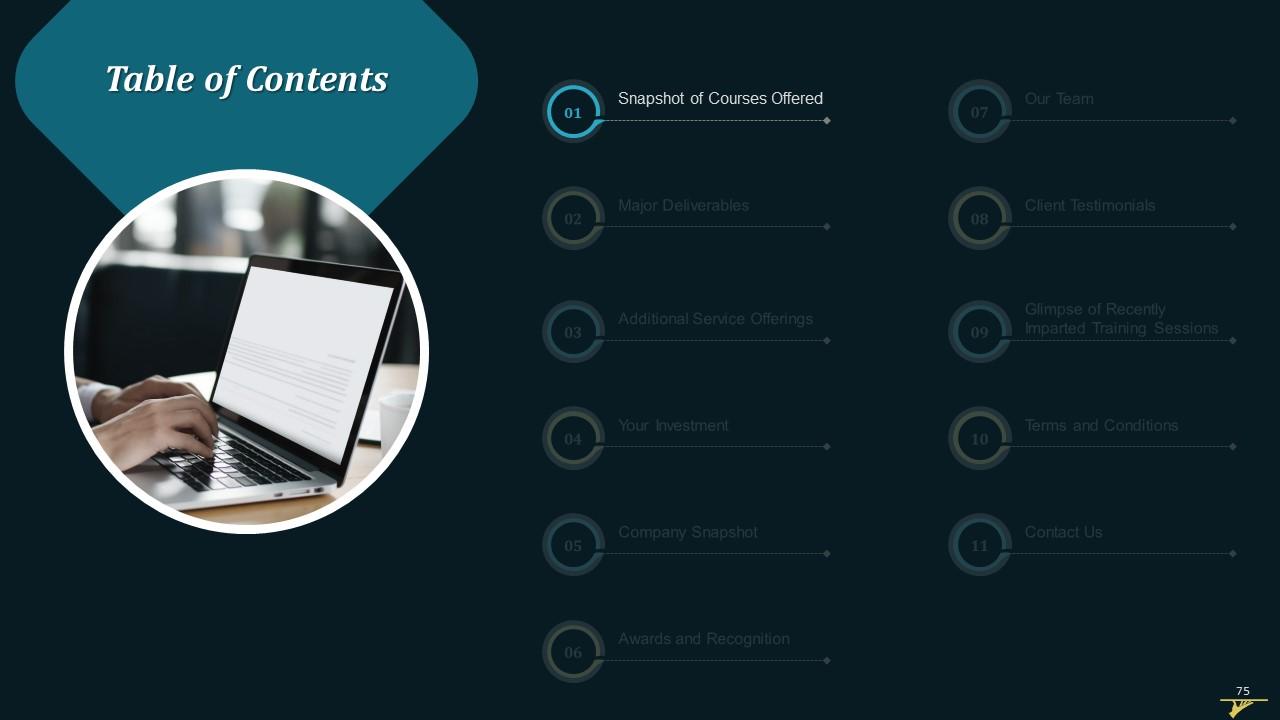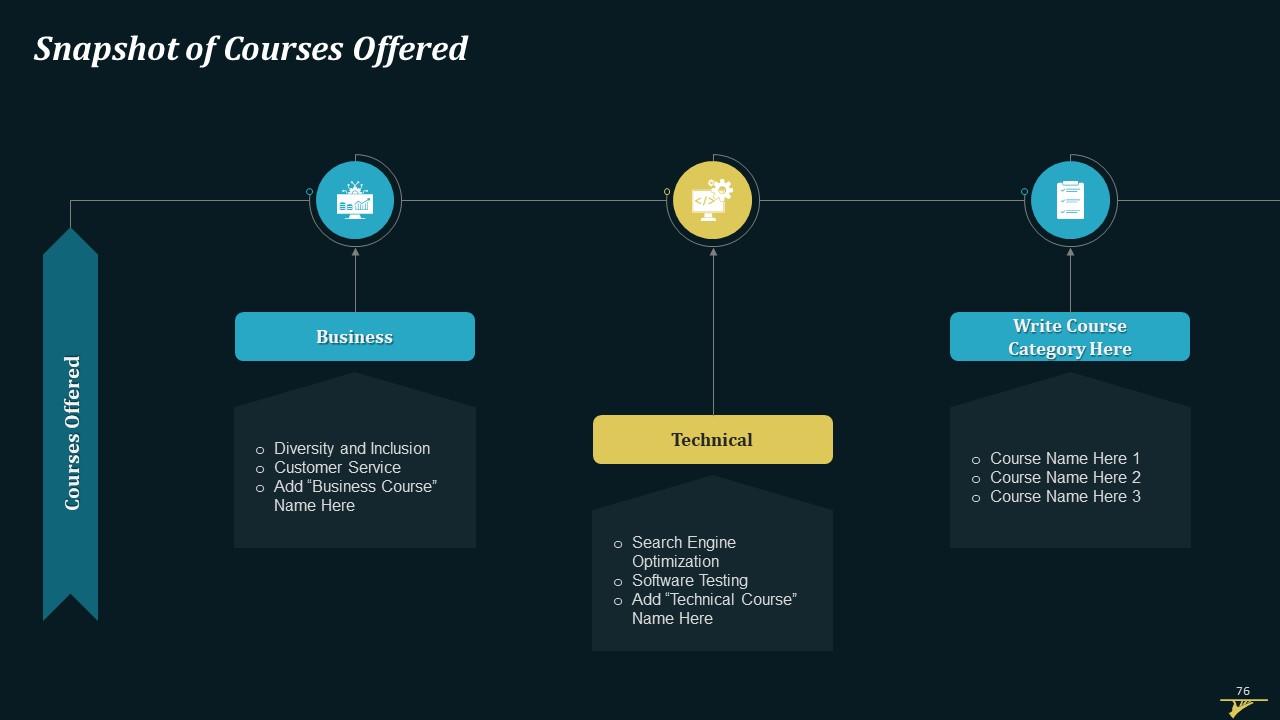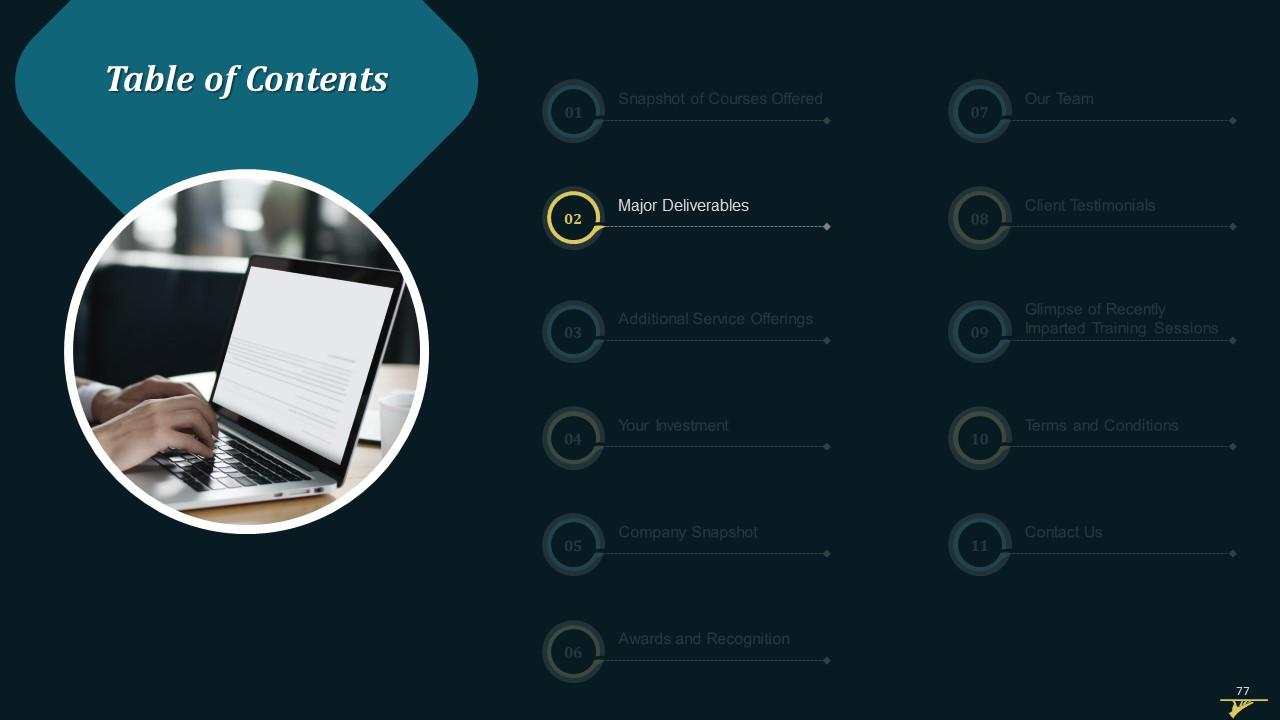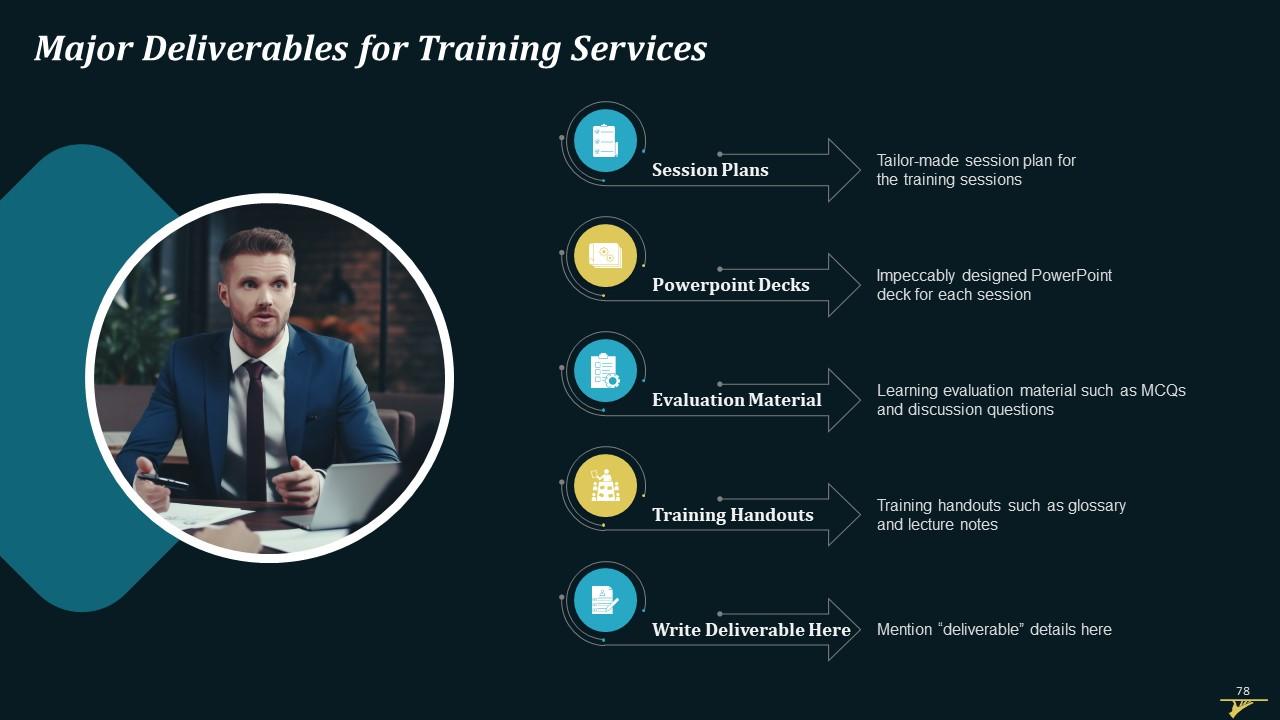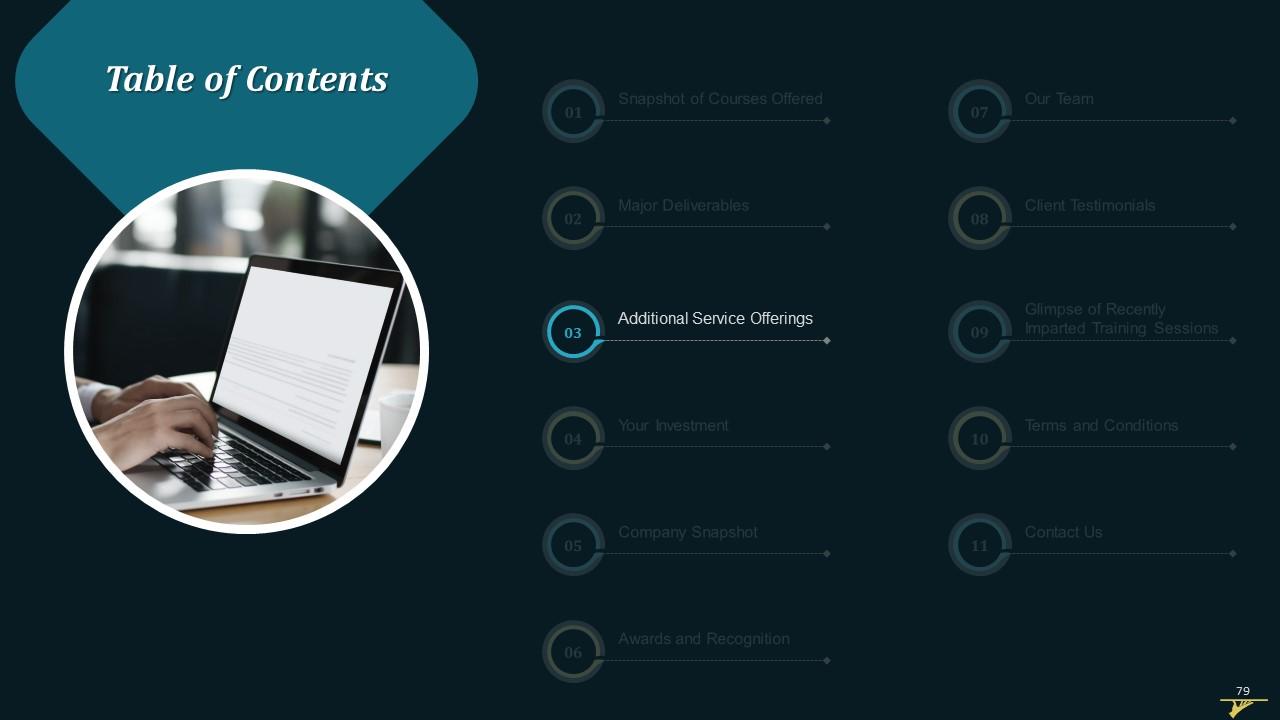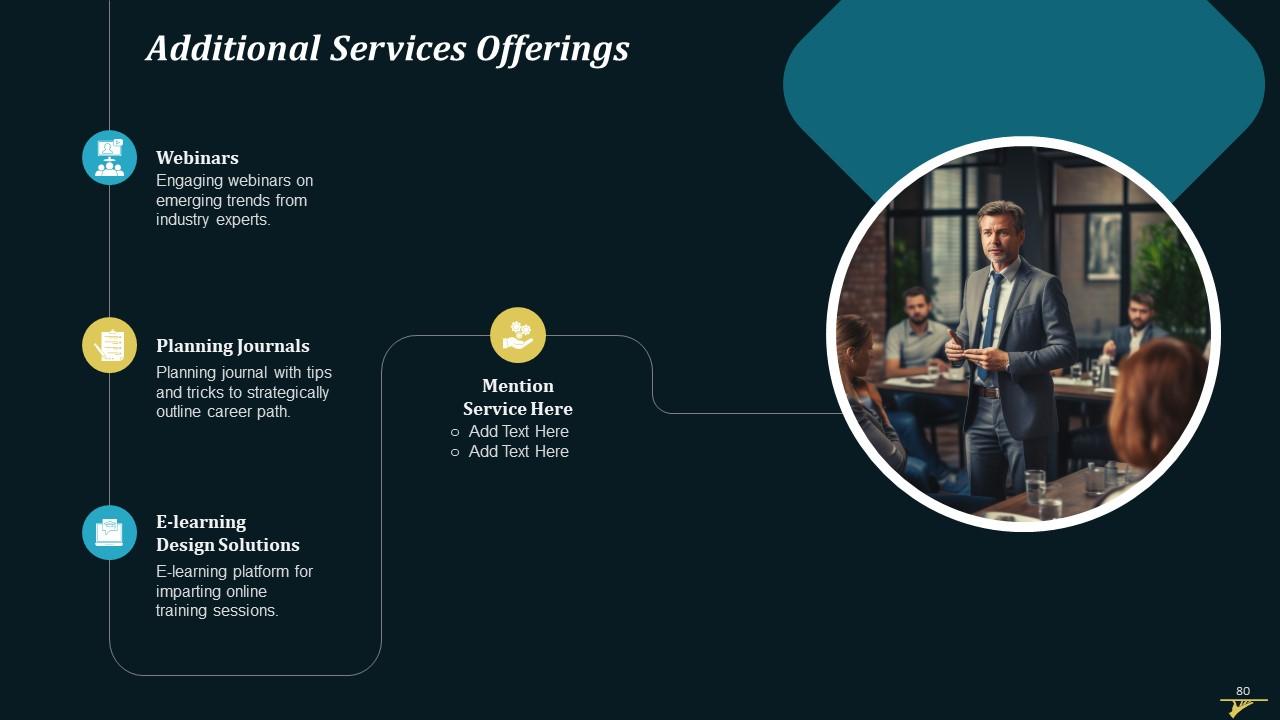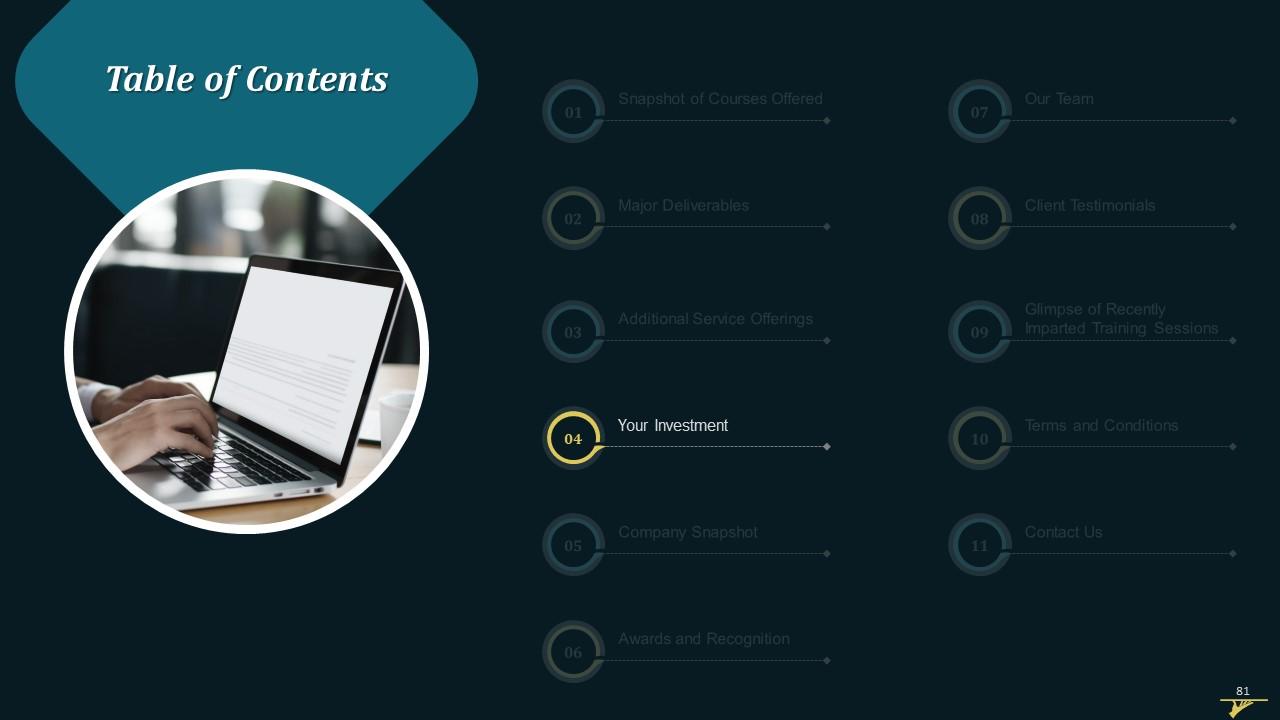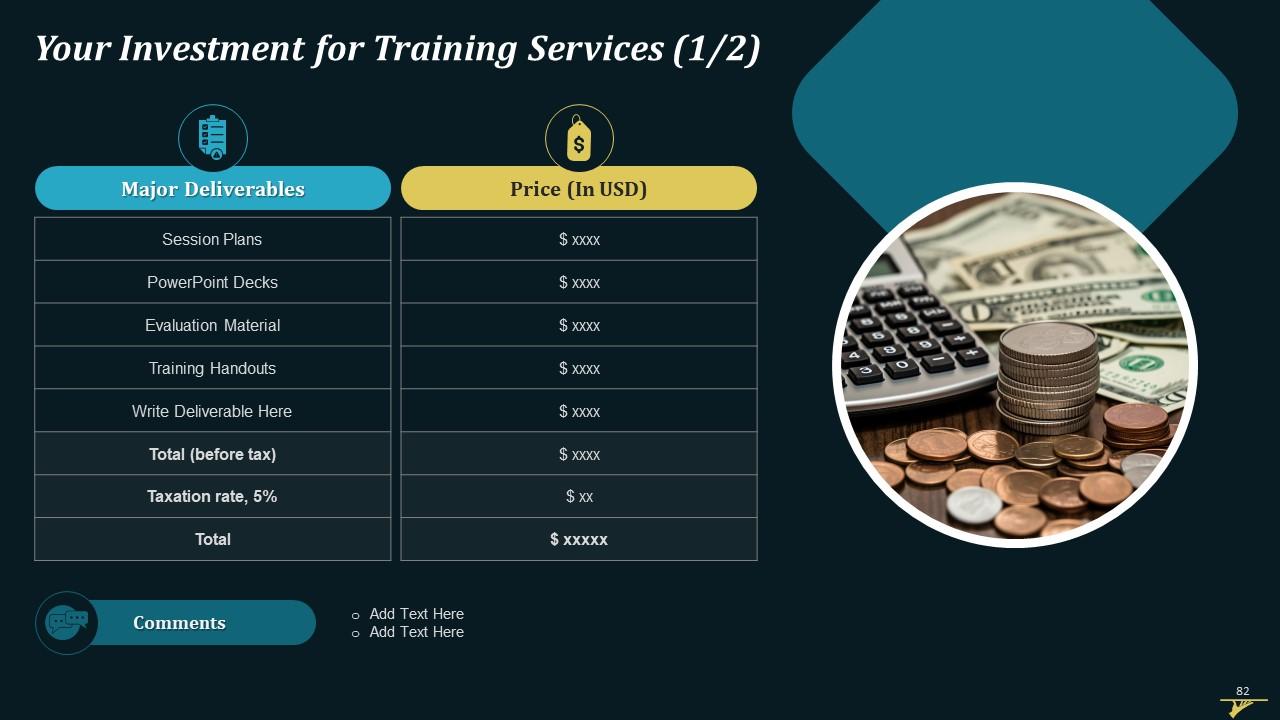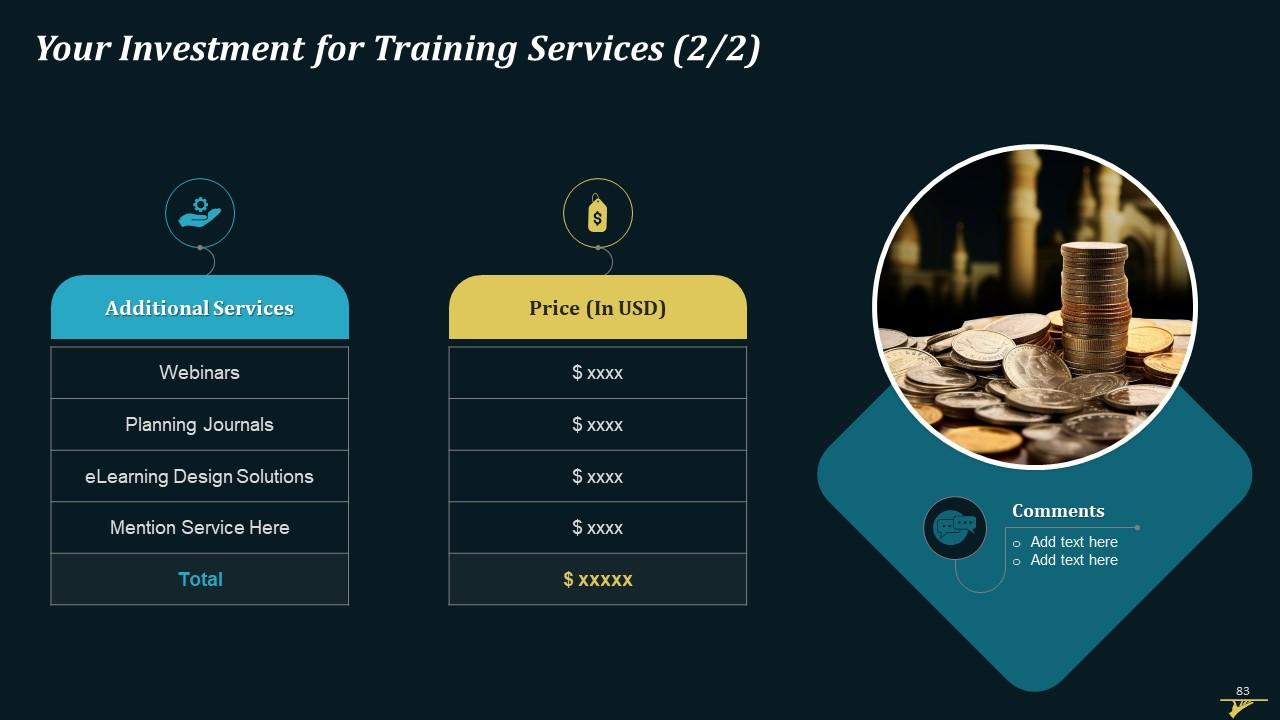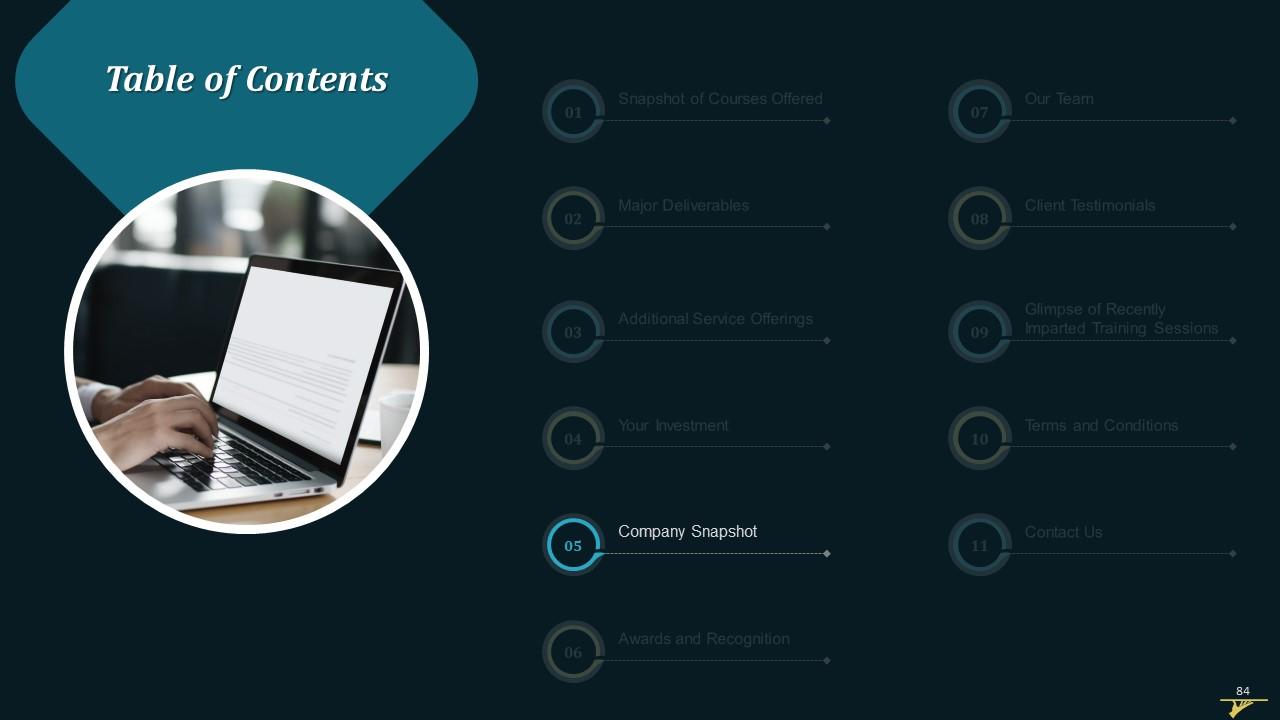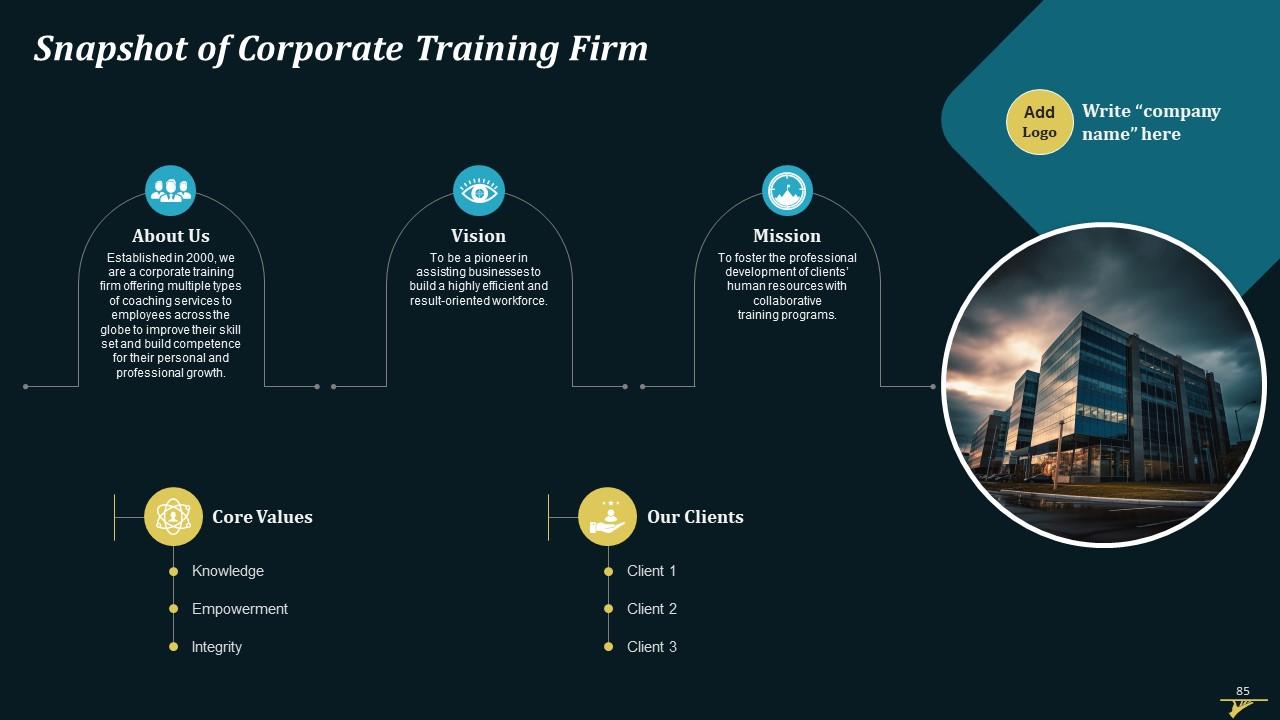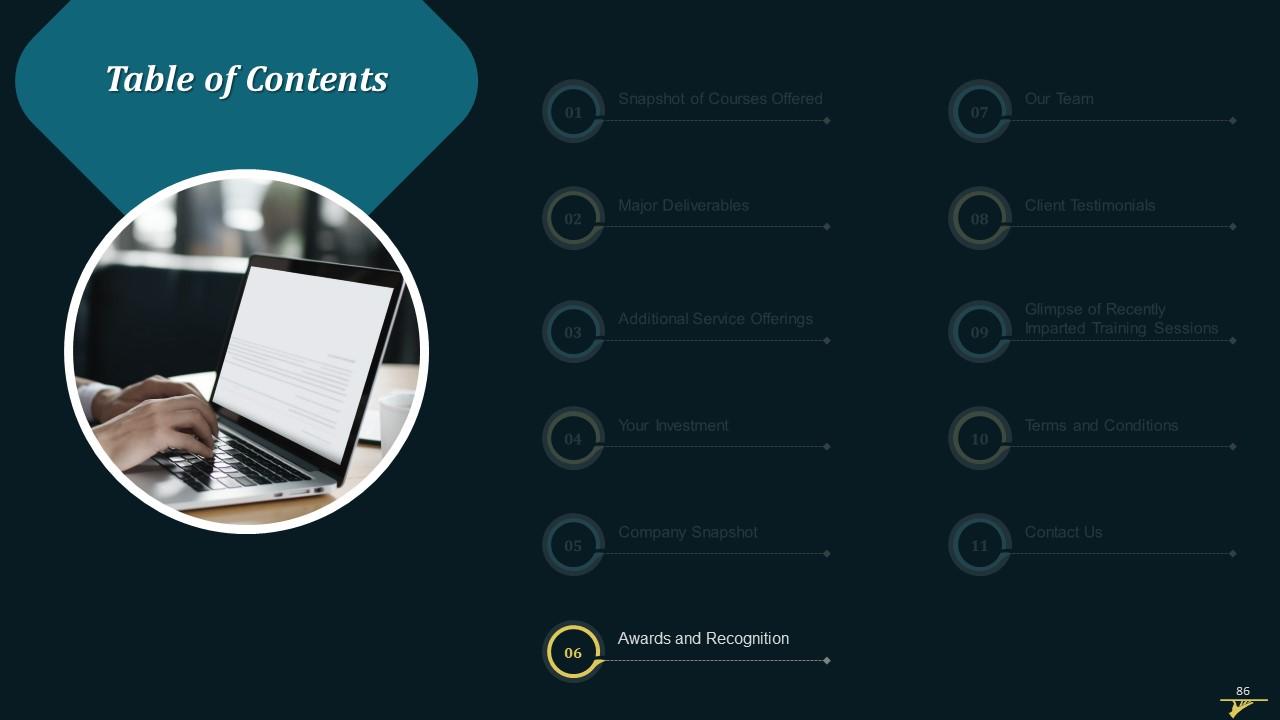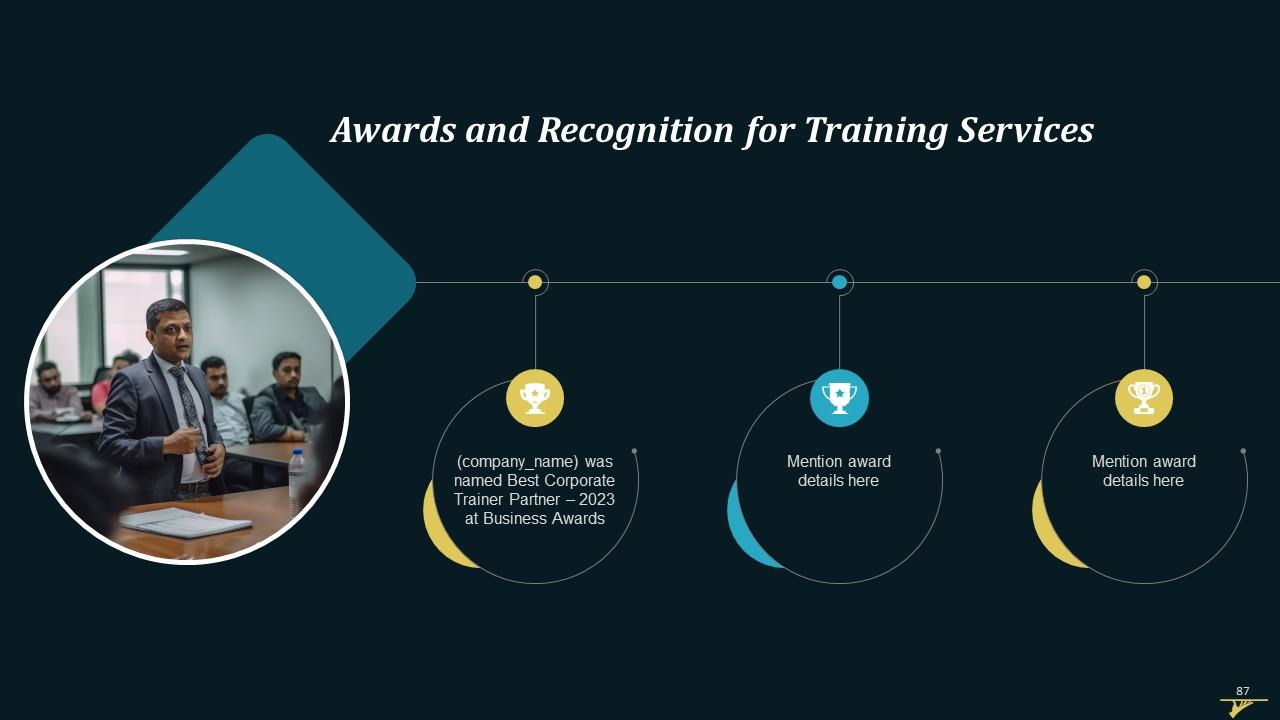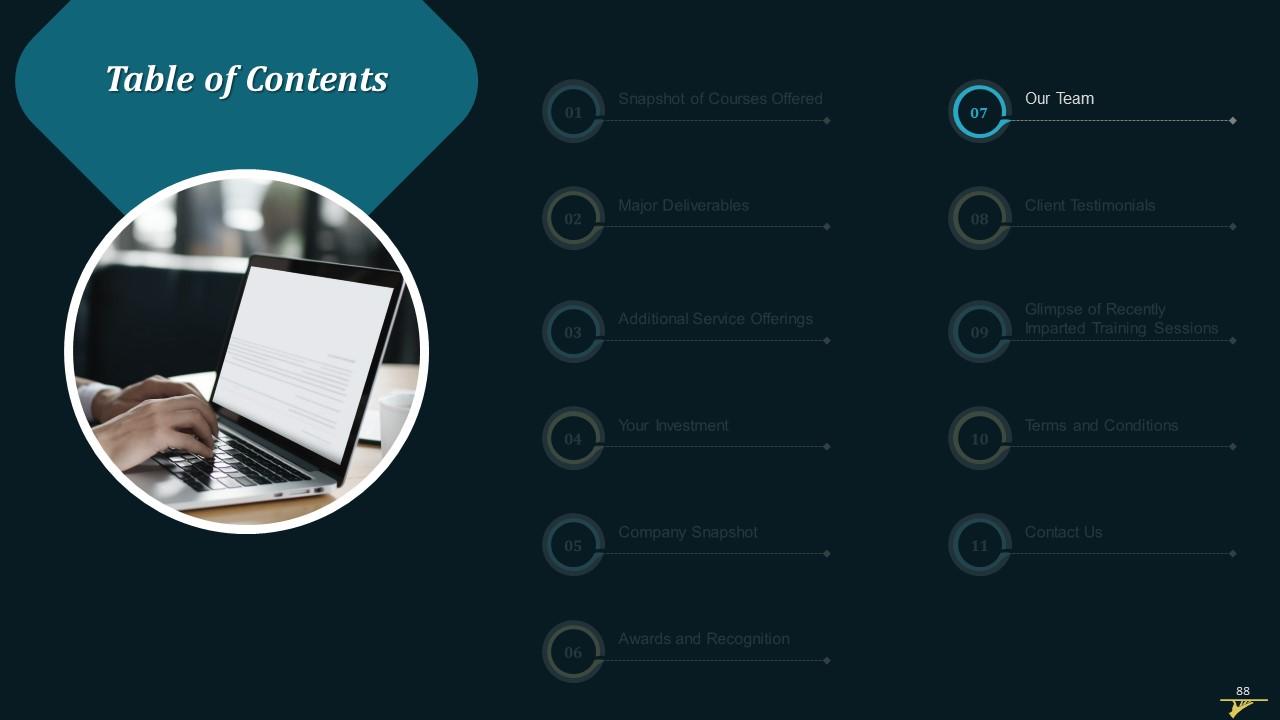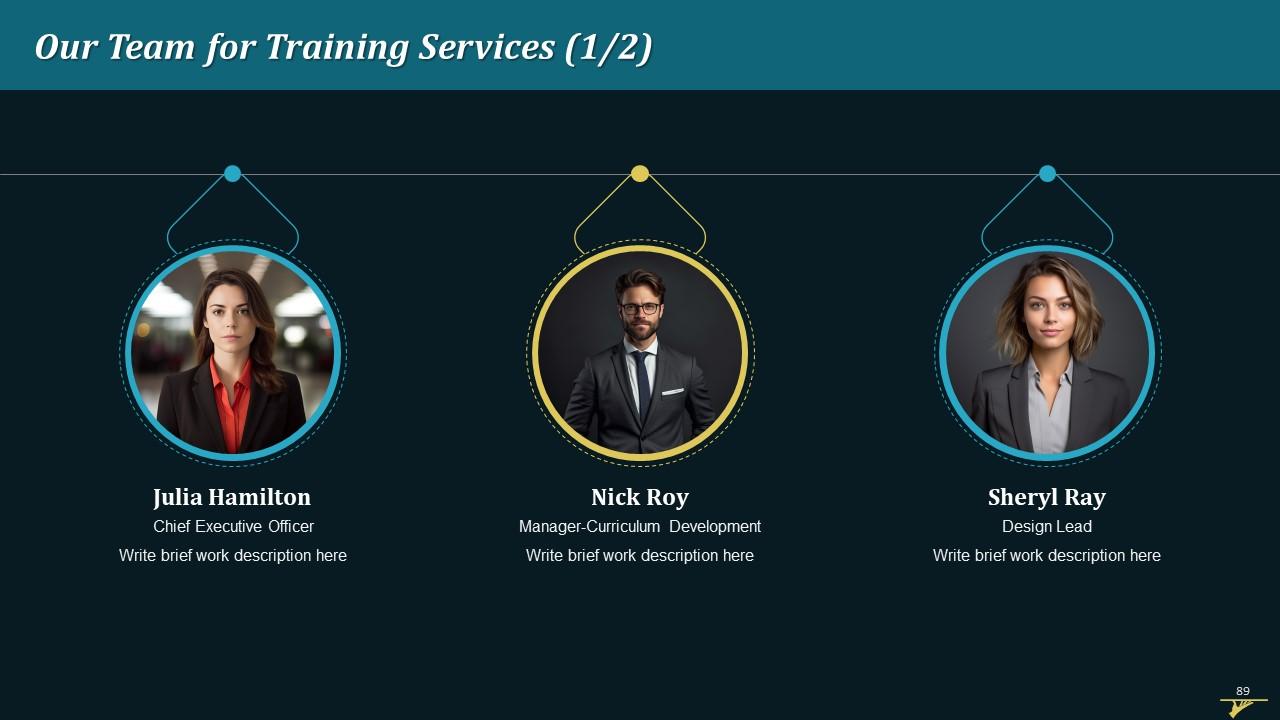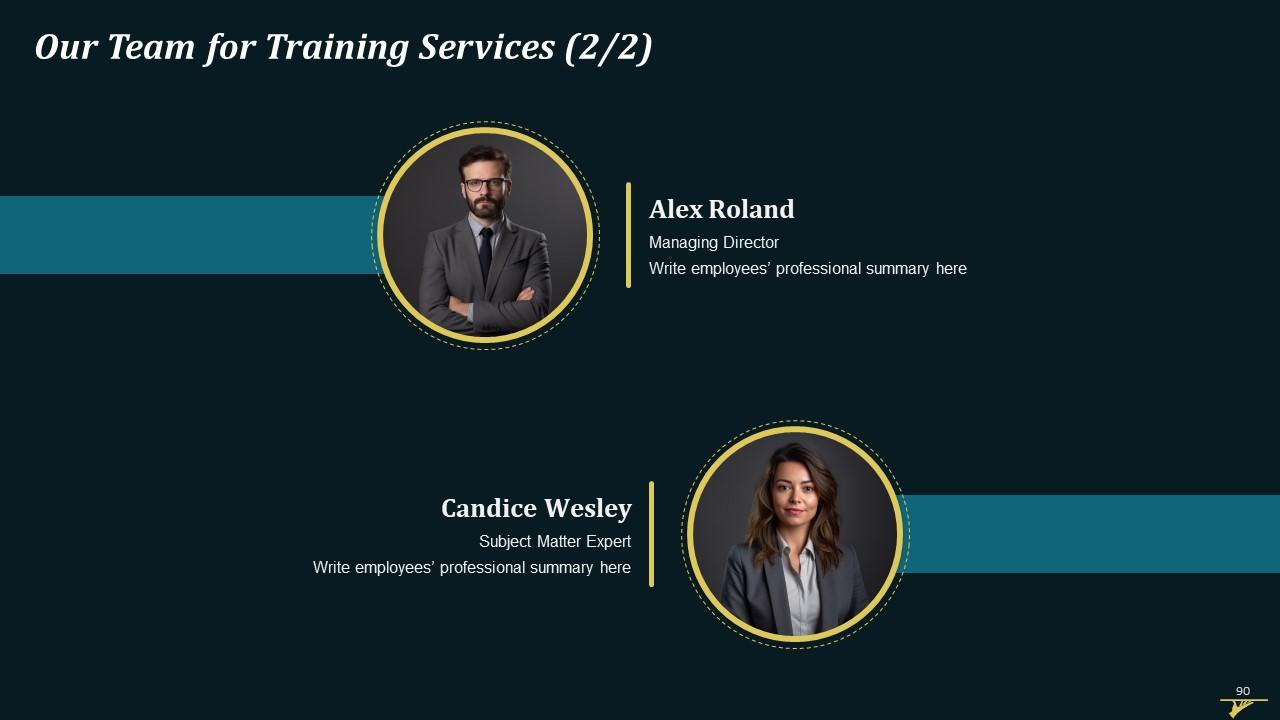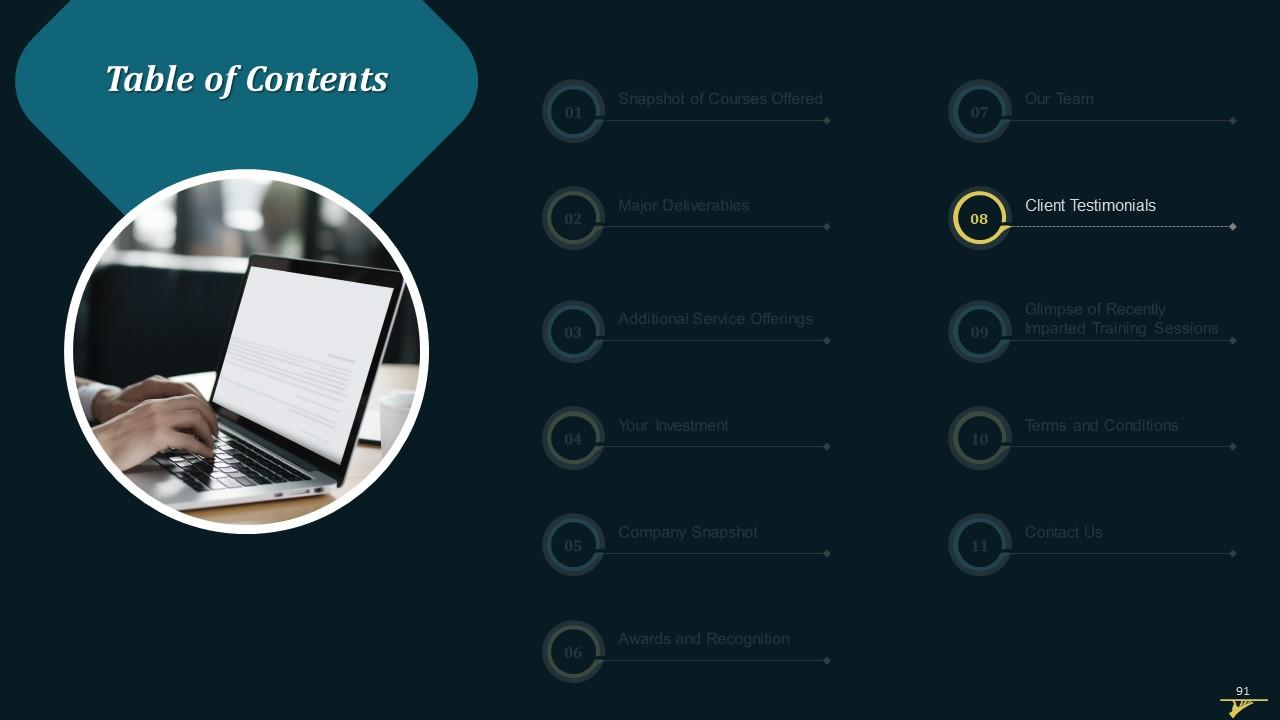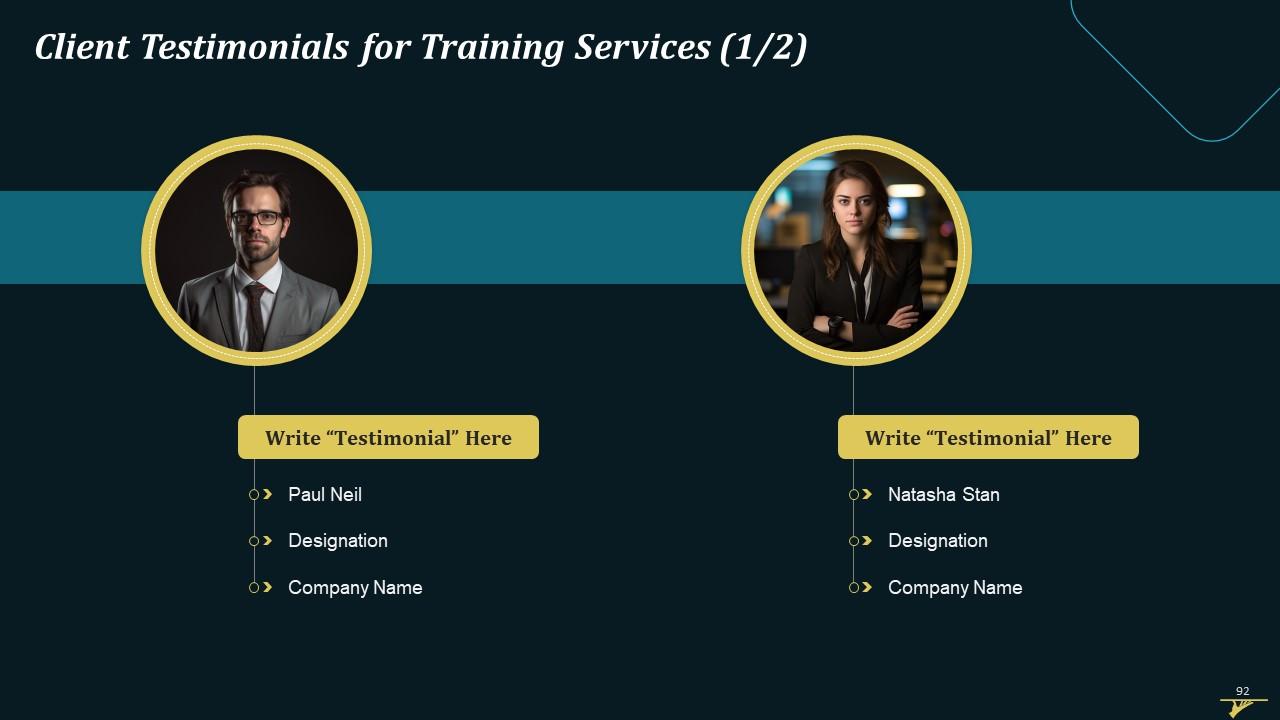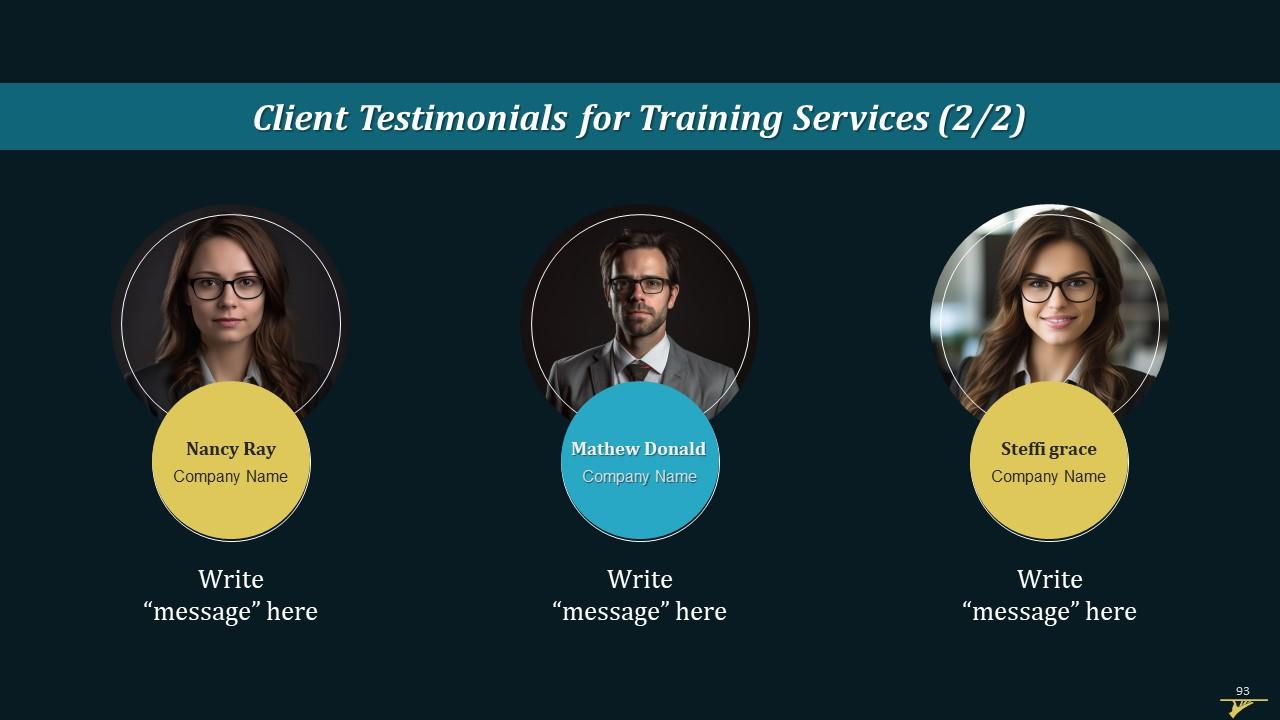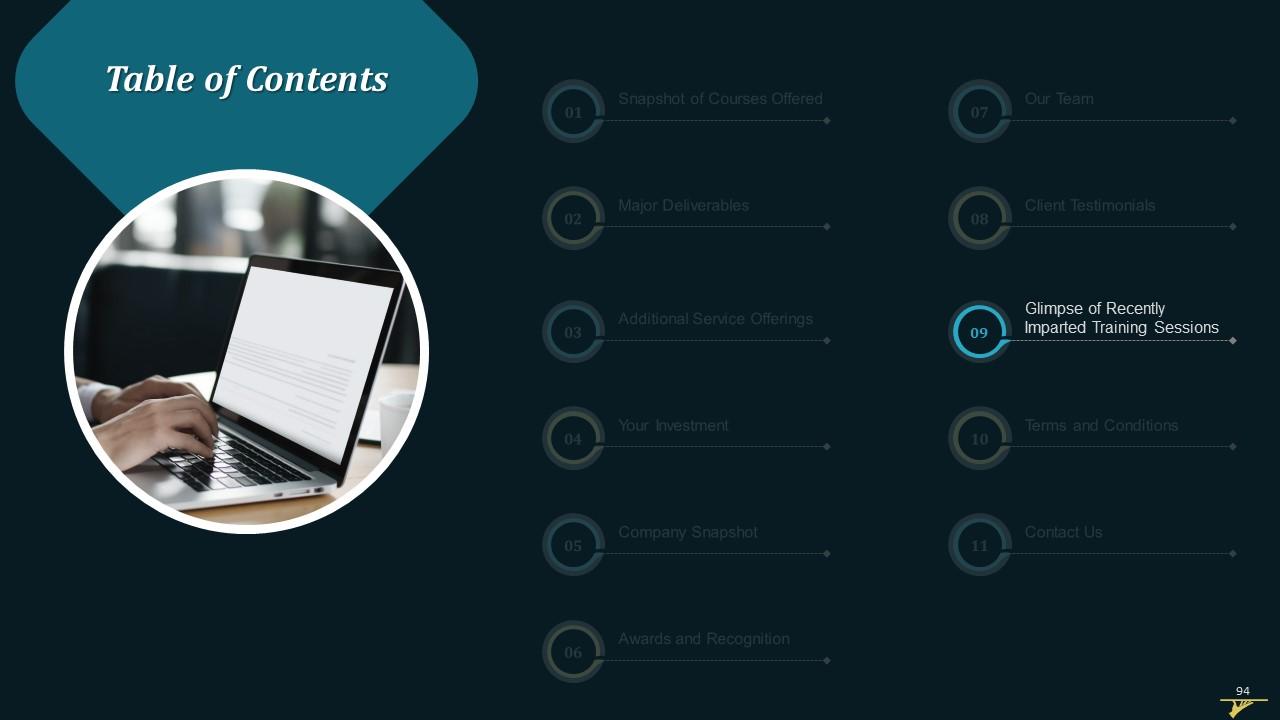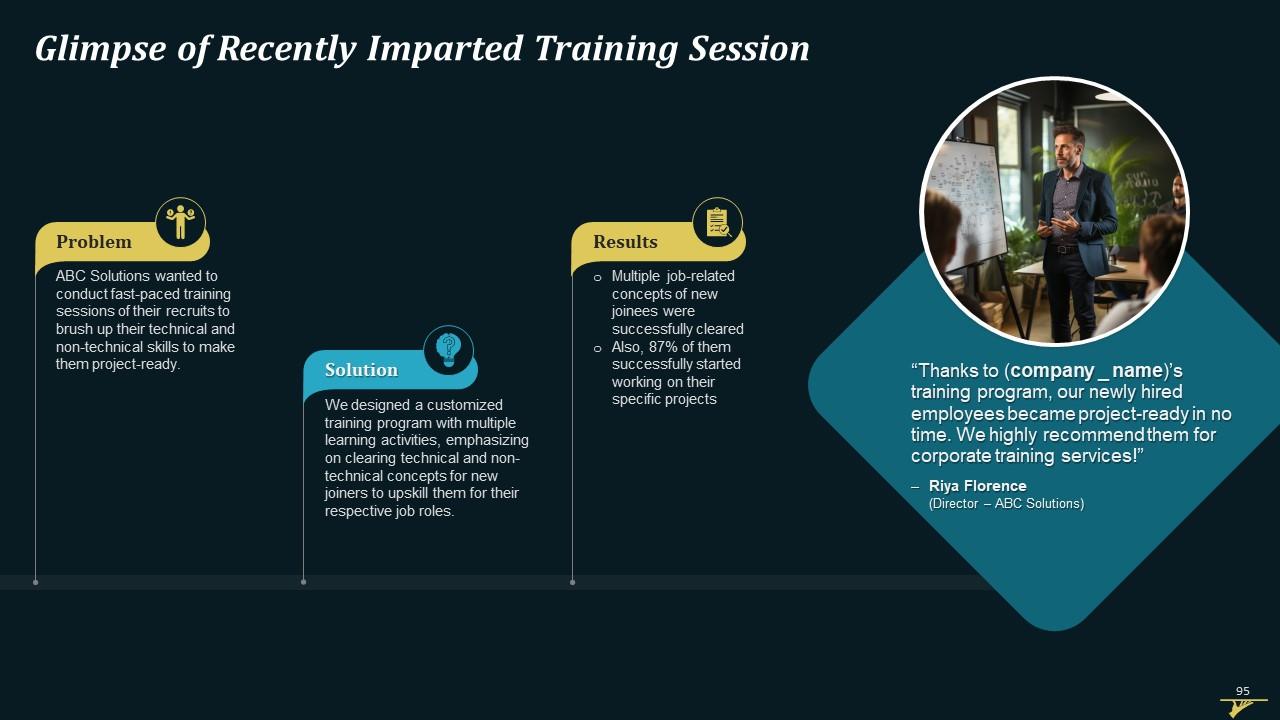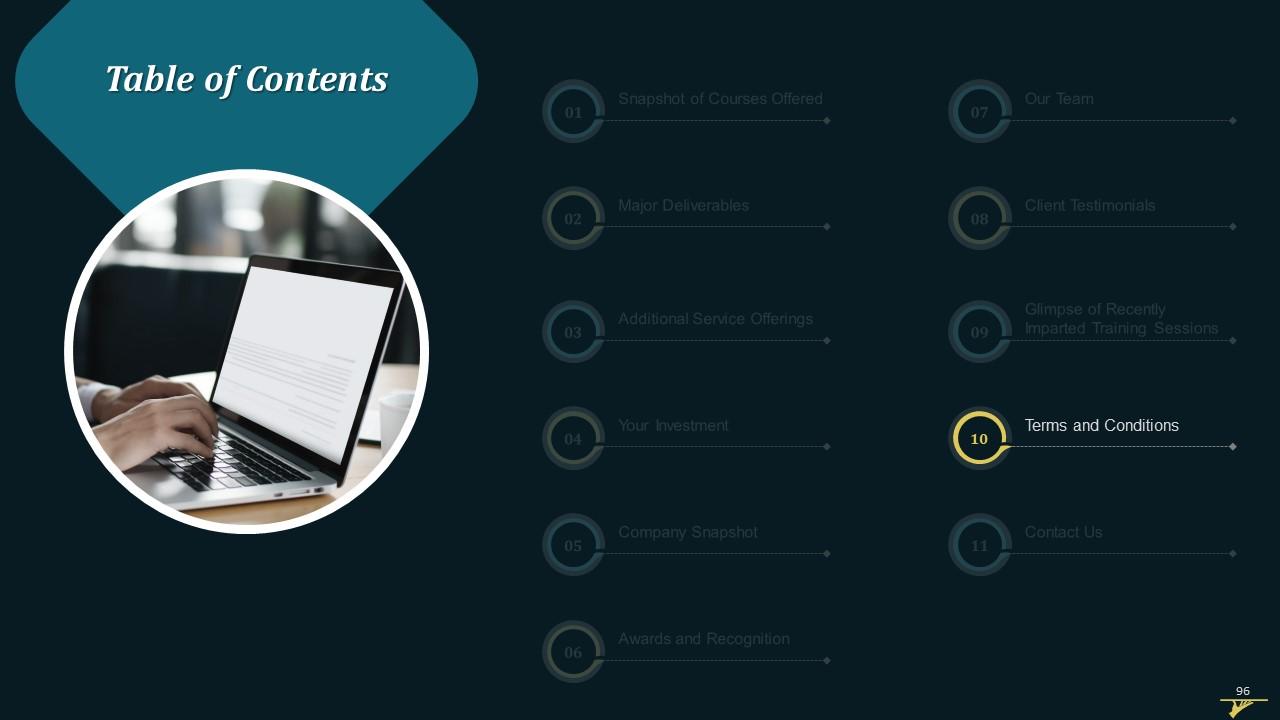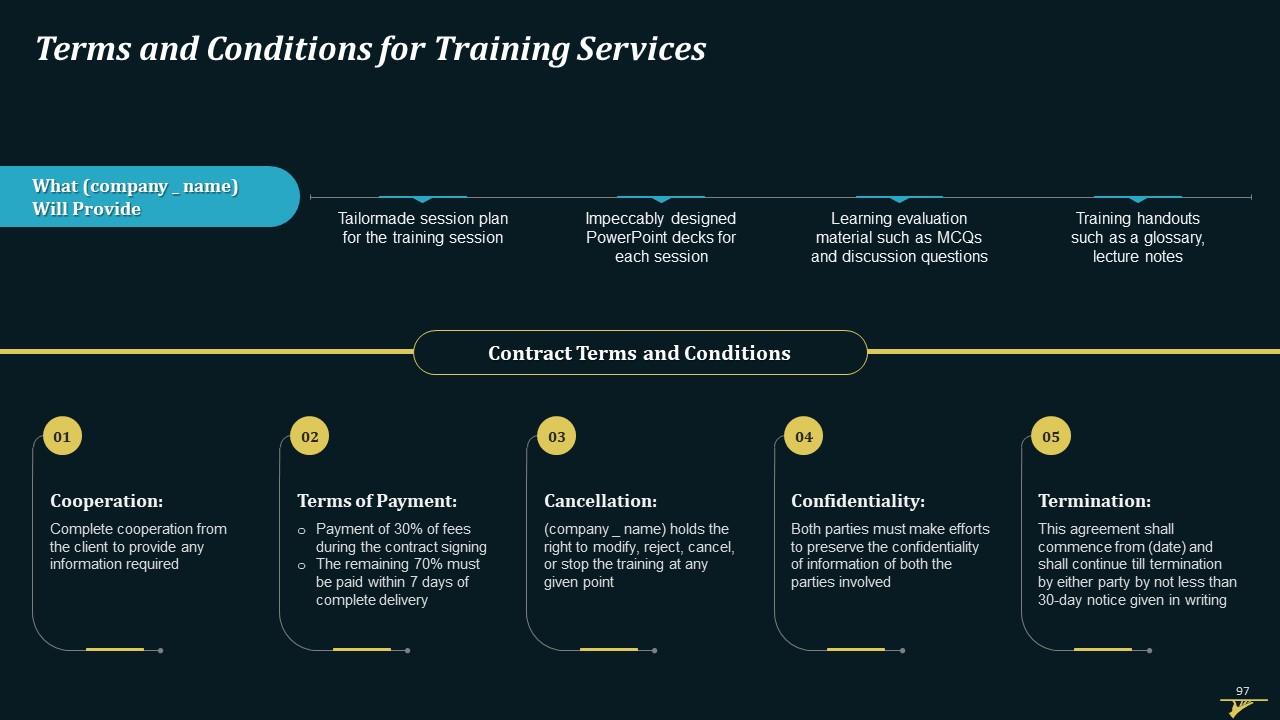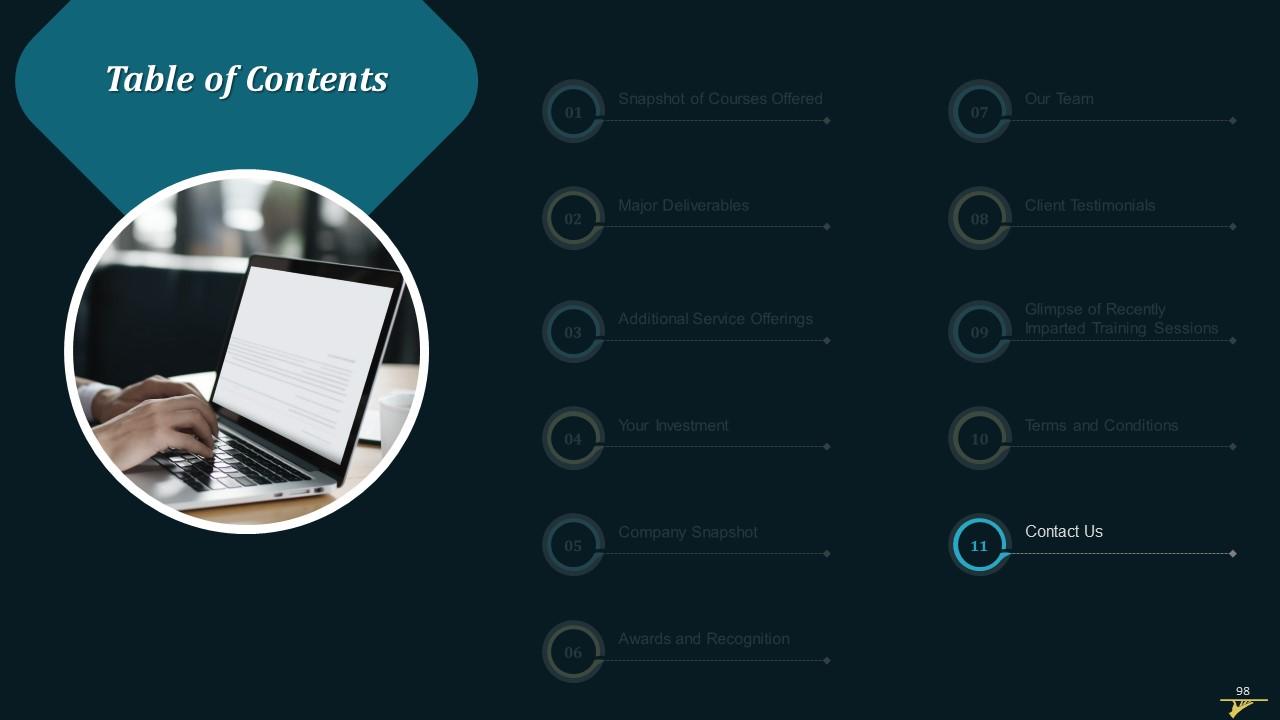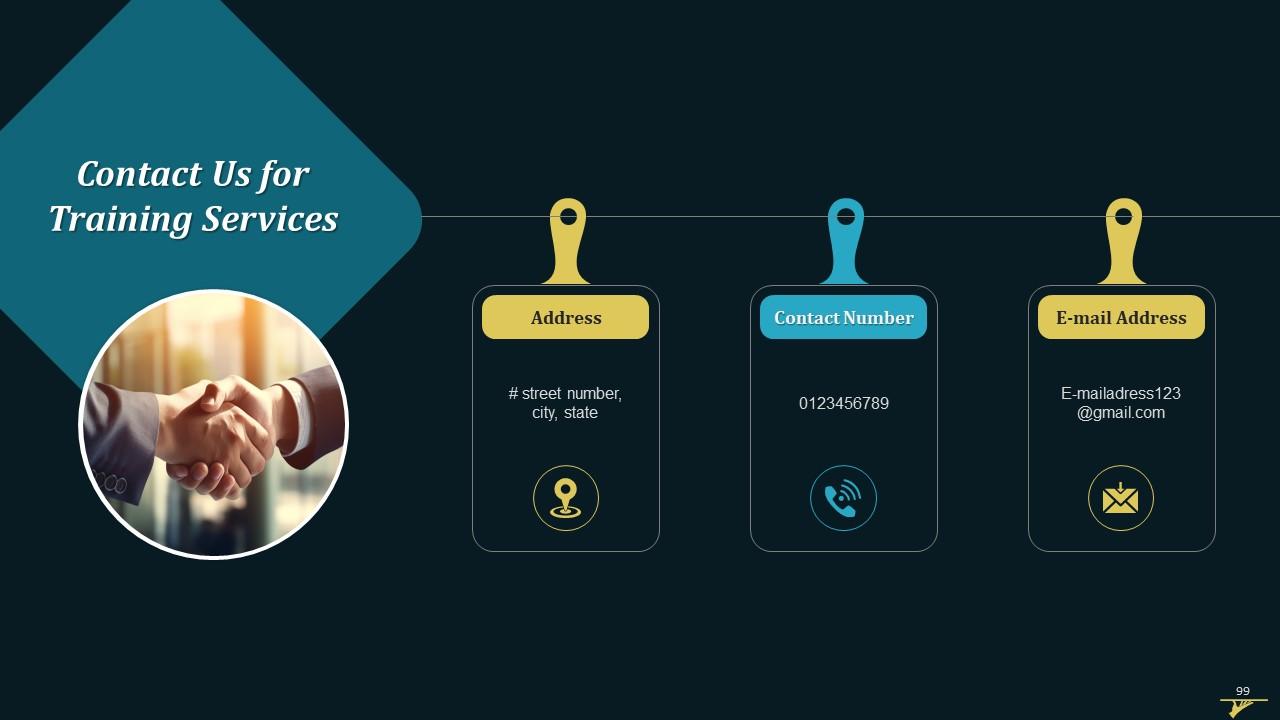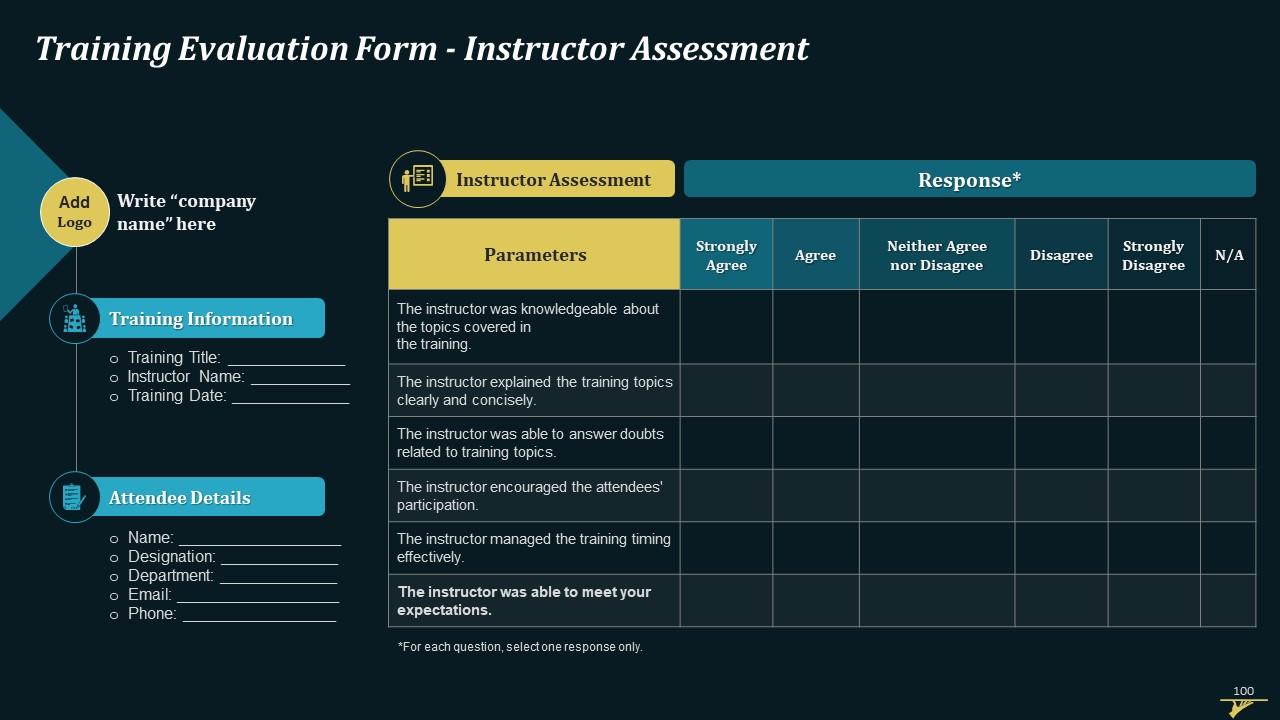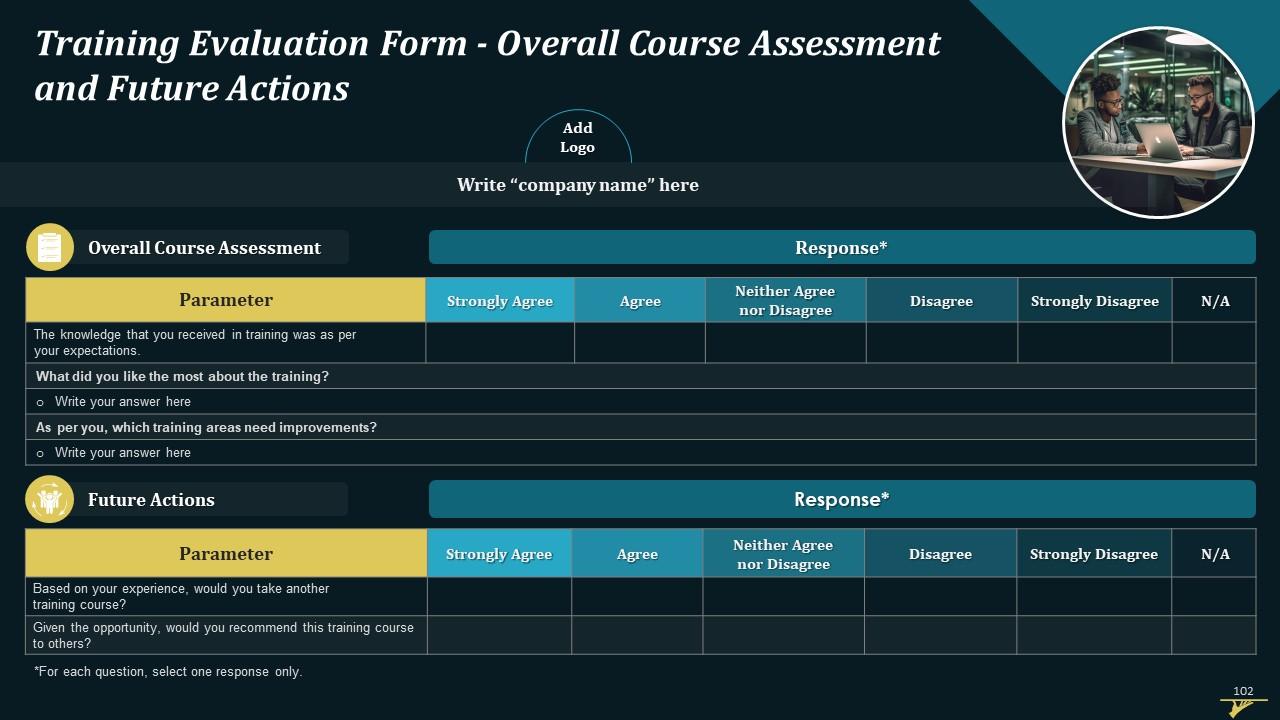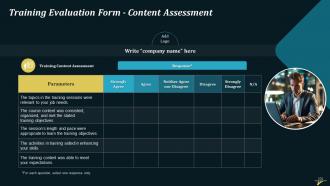Addressing Safety And Security Concerns In Hospitality Industry Training Ppt
This PowerPoint Training Module on Addressing Safety and Security Concerns in Hospitality Industry covers the foundational aspects of hotel safety and security. It details the functional areas and presents a hierarchy chart of the security department to clarify roles and responsibilities. It identifies key security concerns and proposes comprehensive preventive measures across three main areas Facility Protection, Human Protection, and Asset Protection. Additionally, the PPT Deck addresses emergencies like Fire Incidents, Bomb Threats, Accidents, Medical Emergencies, and dealing with Intoxicated Guests, offering preventive strategies for each. Concluding with Key Takeaways and Discussion Questions, this module aims to equip hospitality professionals with the knowledge to provide a secure environment for guests and staff.
This PowerPoint Training Module on Addressing Safety and Security Concerns in Hospitality Industry covers the foundational ..
- Google Slides is a new FREE Presentation software from Google.
- All our content is 100% compatible with Google Slides.
- Just download our designs, and upload them to Google Slides and they will work automatically.
- Amaze your audience with SlideTeam and Google Slides.
-
Want Changes to This PPT Slide? Check out our Presentation Design Services
- WideScreen Aspect ratio is becoming a very popular format. When you download this product, the downloaded ZIP will contain this product in both standard and widescreen format.
-

- Some older products that we have may only be in standard format, but they can easily be converted to widescreen.
- To do this, please open the SlideTeam product in Powerpoint, and go to
- Design ( On the top bar) -> Page Setup -> and select "On-screen Show (16:9)” in the drop down for "Slides Sized for".
- The slide or theme will change to widescreen, and all graphics will adjust automatically. You can similarly convert our content to any other desired screen aspect ratio.
Compatible With Google Slides

Get This In WideScreen
You must be logged in to download this presentation.
PowerPoint presentation slides
Presenting Training Deck on Addressing Safety and Security Concerns in Hospitality Industry. This deck comprises of 44 slides. Each slide is well crafted and designed by our PowerPoint experts. This PPT presentation is thoroughly researched by the experts, and every slide consists of appropriate content. All slides are customizable. You can add or delete the content as per your need. Not just this, you can also make the required changes in the charts and graphs. Download this professionally designed business presentation, add your content and present it with confidence.
People who downloaded this PowerPoint presentation also viewed the following :
Content of this Powerpoint Presentation
Slide 3
This slide contains information about the safety and security in a hotel where it is essential for hotel security department to make every possible effort to protect the hotel staff and guests from threats and hazards.
Slide 4
This slide highlights functional areas of hospitality industry’s safety and security department. These areas are: safety of guests, protection of hotel staff, guests’ luggage security, safety of hotel’s funds, keeping hotel equipment safe and guarding raw materials and goods.
Instructor’s Notes:
The functional areas of hotel security and safety system are:
- Safety of Guests: To protect guests from crimes such as murder, abduction and health hazards from hotel staff or outsiders
- Protection of Hotel Staff: To protect the staff by providing them with lockers, health schemes, insurance, etc. Also, giving them protective clothing, shoes, clean drinking water, and sanitation facilities ensures their safety while working in the hotel
- Guests’ Luggage Security: To safely keep guests’ luggage in store rooms with appropriate tagging
- Safety of Hotel’s Funds: To store and manage hotel’s funds with appropriate and correct recording of transactions, auditing the cash registers, etc.
- Keeping Hotel Equipment Safe: To protect hotel equipment, such as lifts, boilers, furniture, fittings, and kitchen equipment. Fire safety equipment, earthquake security system, bomb threat security system, etc. must also be covered under it
- Guarding Raw Materials and Goods: To ensure protection of raw materials, goods, and groceries to be used, adequate storage and pest control systems must be there
Slide 5
This slide contains information about the hierarchical structure of safety and security department in a hotel, with a general manager heading it.
Slide 6
This slide represents security concerns and challenges which the hotel has to face. These are guests’ privacy, unexpected thefts, guest’s antisocial behavior, unauthorized visitors, employee safety, cybercrimes, crash of security systems, and high audit costs.
Slide 7
This slide represents the security concern of guests’ privacy at a hotel. The techniques to ensure guests privacy are: Avoiding too much personalization, knocking thrice by pausing in between, announcing the department, not knocking, if privacy sign is displayed on the board, and registering under fake name.
Instructor’s Notes:
Following are the techniques by which hotels can ensure their guests’ privacy:
- Avoid Too Much Personalization: While offering personalized services, hotels should avoid getting too personal by asking creepy questions. For example, they can use birthdays and anniversaries but should never use financial activities or health related conditions while offering personalized services
- Knock Thrice, Pausing in Between: Knocking at the guest's room should be done in a normal pitch, with a pause of 10-15 seconds. It should be done thrice before entering the guest room
- Announce the Department: Right after knocking on the door, the hotel staff should announce their department name so that the guests are aware of who is at the door
- Do not Knock the Door, if Privacy Sign is Displayed: The hotel staff must respect the sign that guests display outside their rooms. The sign could be a "do not disturb" or "privacy please"
- Registering Under Fake Name: For celebrities and popular personalities, the hotel can, upon checking their original IDs and proofs, can register them under fake name to meet their demand for privacy
Slide 8
This slide contains information about the security concern of unexpected thefts at the hotel. Guests, themselves, or even the hotel staff could be responsible for thefts at hotel.
Slide 9
This slide represents the ways to lower the number of theft incidents at a hotel. These could be by installing CCTVs, making use of technology, cleaning room in presence of guests, extensively checking room before guests check out, imprinting hotel’s name on inventory and regular scanning of visitors and staff.
Instructor’s Notes:
Techniques to minimize thefts at hotels are:
- Install CCTVs and Make Use of Technology: Install CCTVs and anti-theft devices in the hotel, such as RFID (Radio Frequency Identification)-based equipment to control thefts
- Clean Occupied Rooms in Presence of Guests: Generally, cleaning of the rooms is done in the absence of guests. It is always advisable to ask guests when their rooms can be cleaned in their presence.
- Extensively Check the Room Before Guests’ Checkout: The hotel front-office should ensure thorough checking of every room during checkout and ask guests to wait till the housekeeping team confirms that no hotel items are missing
- Imprint the Hotel’s Name on Inventory: Branding the inventory is again a way to avoid thefts, as guests hesitate to steal branded amenities fearing ridicule. Also, branding acts as proof if they are caught sneaking away with the hotel's belongings
- Properly Scan Visitors and Staff: It is important to properly scan visitors, the staff, and their baggage when they leave hotel premises. Extra vigilance has to be kept on a suspicious person
Slide 10
This slide contains information about the security concern of guests’ antisocial behavior at a hotel. The violence between guests, vandalism, threatening behavior, and sexual harassment against staff are common anti-social behaviors encountered in the industry.
Slide 11
This slide contains information about the security concern of unauthorized visitors at the hotel. Unauthorized visitors are those who do not have actual or implied permission to be on the hotel premises. They violate guests’ privacy and can be a threat as their intentions are unclear.
Slide 12
This slide contains information about how to deal with unauthorized visitors at the hotel. Firstly, ask the person if they are the hotel’s guest, then ask for their room key and finally let them know the hotel’s policies regarding the use of facilities.
Slide 13
This slide lists security concerns on employees’ safety at a hotel. These are harassment and violence, electrical safety, hazardous chemicals, and lone working.
Instructor’s Notes:
Safety concerns for the hotel staff are:
- Harassment and Violence: The act where a person is abused, intimidated, or assaulted in their workplace is violence or harassment. It has become a significant security concern for hotel staff these days. The chances of this occurring are high as alcohol is served to guests till late night hours, with the staff working till late
- Electrical Safety: The occurrence of electrical hazards is high at a hotel. A hotel is full of small and large electrical equipment with varying voltage supplies which could prove fatal for both the staff and guests, if not managed systematically and carefully
- Hazardous Chemicals: Hazardous chemicals that are used in the hospitality industry could be in the form of washing-up liquids, rinse-aids, drain-cleaning products, dishwasher detergents, and disinfectants. These chemicals could be corrosive and can cause skin burns if splashed onto the body
- Lone Working: In hotels, staff work in rotational shifts that can lead to a hotel employee working alone without direct supervision which can be a safety concern, especially for the female staff
Slide 14
This slide highlights the measures that hotel must deploy to ensure employee safety from harassment and violence, electrical appliances, hazardous chemicals, and concerns over working alone.
Slide 15
This slide highlights the security concern of cyber security at a hotel where a hacker breaks into hotel management system can extract hotel’s as well as guests’ private data for illegal activities.
Instructor’s Notes:
The types of cyber-attacks that hotels might be exposed to are:
- Dark Hotel Hacking: Dark hotel hackers first gains access to a hotel's Wi-Fi system. Then, they forge digital certificates, convincing victims to download a malicious software that peeps into their private information. This is specifically done to target high-profile guests
- DDoS (Denial of Service) Attacks: In a DDoS attack, the hacker targets the hotel's computer system. The hacker tries to bring down the entire computer system by flooding the server with internet traffic. Then, the victim may be threatened with a devastating attack to make him pay ransom
- Phishing Attacks: The term phishing means sending or receiving impersonated emails that aim to trick the victim and push them to reveal sensitive information such as log-in details, credit/debit card details, passwords etc.
- POS (Point of Sales) Attacks: A point of sale (POS) or payment card attack is a third-party crime that involves the vendor rather than the hotel itself. The attacker may take out money from guests’ account
- Ransom Ware: Ransom ware is a malware that threatens to publish data if the victims fail to pay to have the data restored. Machines are infected with a virus that encrypts the computer’s data
- Malware: Malware is spying software that can enter the computer when the target-victim opens email attachments, downloads software, or opens pop-up links. It can access and destroy the computer's data and, infect it with viruses, delete or install files on its own
Slide 16
This slide highlights preventive techniques to avoid cyber-crimes at a hotel such as using up-to-date browsers, software and regularly scanning hard drives for any malware or virus.
Slide 17
This slide highlights the security concern of overwhelmed security systems at a hotel, wherein electronic security gadgets like fire and smoke alarm systems, access control, CCTVs, etc., become unmanageable if there is an ineffective IT team in-charge of these.
Slide 18
This slide represents measures to handle crash of security systems at a hotel. These are constructing a de-centralized system, outsourcing security systems, and employing technical experts.
Instructor’s Notes:
Techniques to handle overwhelmed security systems at hotel are:
- Construct a Decentralized System: A decentralized security system makes information security everyone’s responsibility with its emphasis on building a strong culture of security and data protection. For hackers too, it is not that easy to infect a decentralized system
- Outsource Security Systems: An outsourced security system at the hotel would be able to more effectively maintain the antivirus software, run necessary updates and protect the hotel from IT security threats, since they must have dealt with hospitality businesses before
- Employ Technical Experts: Hotels can hire technical experts to secure data networks, and prevent security breaches
Slide 19
This slide highlights the security concern of high audit costs at hotels due to huge gap between the number of qualified security auditors and the mushrooming of new hotels.
Slide 20
This slide represents security measures to be followed for facility protection at hotel. These measures could be: Key management, video surveillance, vehicle protections, and access control.
Slide 21
This slide highlights key management as a security measure for facility protection in a hotel. An appropriate key control and management system is useful for tracking and securing key usage throughout day-to-day operations.
Instructor’s Notes:
Effective key management at hotel:
- Improves Accountability: In hotels, a key management system is designed in a manner that the keys’ usage can be tracked. It ensures that keys can only be returned by the individual who originally accessed them, which makes the person accountable
- Streamlines Workflow: Since all activities related to keys' access are monitored, and the reporting time acts as a kind of timesheet, it also verifies the number of hours the employee worked. Such coordination results in better workflow and eventually cost reduction with the prevention of preventing unnecessary tracking
- Better Efficiency: In the absence of a key management system, hotels have to maintain a key register and ensure that facility keys are secured in a tamper-proof cabinet when not in use. An automated proper key management system does automatic tracking of keys at all locations, reducing the burden of taking care of the keys
Slide 22
This slide highlights video surveillance as a security measure for facility protection in a hotel. Cameras covering the front desk area and other public areas reduce the likelihood of criminality or bad behavior and ensure law enforcement while providing visual record of any incidents.
Instructor’s Notes:
Video surveillance is vital for the hotel as it helps in:
- Early Detection of Intruders: A functional security camera helps keep away vandals, intruders, and trespassers, which could prove troublesome for the hotel
- Competitive Edge: A hotel can deliver the best possible experience only if guests and visitors can lodge in without the fear of robbery, attacks, and damages. This goes a long way and promotes the brand image of the hotel too
- Proof for Legal Issues: In case a legal issue arises for the hotel, video evidence proves to be a big aid for the hotel and its guests. It can be useful whenever some incident takes place at the hotel premises. Also, it could minimize property and liability claims, thus saving a lot of money
- Assists in Loss Prevention: Missing cash, non-hotel guests using amenities, food or bar revenue dip could indicate theft at a hotel that can be mitigated with the help of cameras as these provide visibility even in hidden areas. It leads to loss prevention for the hotel.
Slide 23
This slide contains information about measures to improve vehicle protection in hotel parking area. The first two steps of which are: maximizing visibility with a CCTV system and illuminating shadowed areas with bright lighting.
Slide 24
This slide represents access control as a technique for hotel facility security enhancement. An access control system allows for centralized control, restricts unauthorized access, asset protection, and regulated floor-wise access.
Instructor’s Notes:
Following are the benefits of an access control system at a hotel:
- Centralized Control: Centralized control is one of the most important features of an access control system that facilitates managing a large number of people across hotel chains
- Restricts Unauthorized Access: An access control system proves beneficial for hotel owners as it prevents unauthorized individuals from entering prohibited areas
- Asset Protection: A biometric device or a fingerprint access control system makes sure that only people registered in the system enter the hotel premises, while controlling unauthorized access that may damage a hotel’s assets
- Regulated Floor-wise Access: With the support of an access control system, hotel owners can restrict unauthorized visitors from entering specific floors, thus making it much easier to manage the movement of guests and hotel staff. It is extremely beneficial if a celebrity or a popular public figure happens to be staying at the hotel
Slide 25
This slide represents security measures to be followed for human protection at hotel. These measures are panic buttons, evacuation procedures, and deployment of security staff.
Slide 26
This slide contains information about the usage and benefits of panic buttons at a hotel for human protection and lists the importance of a panic button at a hotel. These are improved security, boost in reputation, contended guests and staff, and lesser liability.
Instructor’s Notes:
Following are the benefits of a panic button at hotel:
- Improved Security: Knowing that help is just a button away, the hotel staff and employees feel secure at all times. Also, this security measure deters criminals from targeting the hotel
- Boost in Reputation: Guests, while booking a hotel, give due importance to security. Installing panic buttons at the hotel indicates that it is dedicated to providing a safe and secure environment for its guests and staff
- Contended Guests and Staff: It is definite that guests would be at ease and feel more comfortable when they are aware of the extra level of security that their hotel offers. Moreover, employees also feel secure working at a hotel
- Lower Liability: The alarm panic button will alert authorities about the danger, if an incident occurs, and the hotel will be able to reduce its liability. The hotel can prove that it took reasonable steps to ensure safety
Slide 27
This slide lists situations where a panic button can be used in a hotel which are: When the staff is grievously injured, is under violent attack; there is a medical emergency, and to summon help during a terrorist attack.
Instructor’s Notes:
Following are the situations when a panic button can be used:
- For Grievously Injured Staff: Accidents can happen anywhere on a hotel premises. A panic button can be extremely useful if a staff member gets injured. For instance, when one of the staff members has fallen down the stairs and is unable to reach for help. Here, they can press the wearable panic button
- When Staff is Under Violent Attack: A situation involving an aggressive guest or a vicious attack on the hotel staff can be immediately dealt with the help of a panic button. In extreme cases, it acts like a lifesaver
- For a Chronically-Ill Guest: Guests suffering from chronic illnesses such as diabetes or epilepsy can be issued a panic button to alert hotel staff members instead of calling a receptionist. The same is very useful for a person having anxiety issues
- For a Medical Emergency: Panic alarm buttons can help signal staff members whenever immediate attention is required. For example, if a guest suffers from a cardiac arrest
- To Summon Help During a Terrorist Attack: In any high-stress situation (a terrorist attack could be one of them), instant communication with security is vital. Thus, panic alarm buttons provide a quick link for help
Slide 28
This slide showcases a well-labelled evacuation diagram for hotel. It includes location of exit signs, stairs, pull station alarms, etc, for any sort of emergency. It can be used in case of fire incidents, bomb threats, or natural calamities such as earthquake, floods etc.
Slide 29
This slide showcases the standard operating procedures to be followed in case of a fire at a hotel.
Slide 30
This slide showcases the standard operating procedures in case one hears fire alarm at the hotel.
Slide 31
This slide contains information about the roles and responsibilities of a security manager and a security guard at the hotel to safeguard its property, staff and guests.
Instructor’s Notes:
Following are the roles and responsibilities of a security manager:
- Devising and maintaining policies for general safety and security
- Crime prevention, investigation, and carrying out inspections
- Supervising the security team effectively
Following are the roles and responsibilities of a security guard:
- Patrolling hotel premises to identify suspicious persons or unlawful activities
- Registering the guests and visitors entering hotel premises, their arrival and exit time
- Detecting any faulty equipment likely to cause safety hazards
Slide 32
This slide showcases the protection measures to be taken by the hotel to secure multiple assets such as cash, phones and mobile devices, valuables, and confidential documents.
Instructor’s Notes:
- In-house Safes: Safety is a growing concern both for the guests and the hotel requires that their assets are safe. Availability of safes in the hotels ensures a feeling of confidence both for the guests and the hotel by storing their valuables, confidential documents, etc., in a secure area
- Phone and Mobile Device Security: Mobile device management allows for the administration of mobile devices, laptops, tablets, etc., from remote locations. For example, it ensures that audit rooms and business phones in the hotel have emergency services available on them or the staff have emergency services if phone lines are down
- Cash Handling Safety: Cash handling and storage should be physically restricted only to authorized personnel. The hotel should ensure that all cash and related items are stored in a fire-proof secure area when not in use
Slide 33
This slide contains information about the possible emergencies that may arise at a hotel premises.
Slide 34
This slide contains information about main sources of fire at hotel which are: sparking in faulty electrical equipment, improper disposal of cigarette butts etc. It also lists preventive measures to avoid fire accidents such as placing fire extinguishers strategically, testing fire alarms and conducting drills etc.
Instructor’s Notes:
Preventive measures to avoid fire incidents at a hotel are:
- Place Fire Extinguishers Strategically: Ensure that the fire extinguishers in hotels have a proper weight and gauge limit, and replace them if they do not have one. Extinguishers rated Classes A, B, and C, which are capable of extinguishing fires involving paper, wood, oils, and gases, respectively should be placed at strategic locations in a hotel
- Prominent Display of Exit Signs: At the time of the fire, conditions can be chaotic and confusing, which is why exit signs should be illuminated and prominently displayed to guide people even if their vision is obscured
- Test Fire Alarms and Conduct Drills: Fire alarms quickly warn everyone that a potential danger exists. Testing of fire alarms will help locate faults (if any) that can be corrected before any disaster strikes. Also, fire drills for the employees should be conducted as part of the emergency action plan
- Free up Emergency Doorways: Employees must be made aware that places where bulletin boards are covered in paper are high-risk fire areas; here a little spark would turn into a big fire. Moreover, emergency doorways should not be blocked by other things. Any sort of boxes or equipment should be moved aside so they don't slow down the process of moving out of the hotel
- Hold Regular Inspections: Not keeping up-to-date with fire safety system and neglecting their annual services results in faulty equipment. Proper inspection of alarms, lights, and extinguishers should be carried out
Slide 35
This slide represents the checklist to be used for fire incidents preparedness at hotel. It contains details about the arrangements made related to exteriors, exit features, hazardous materials, fire alarm systems, and waste disposal.
Slide 36
This slide contains information about the emergency situation of bomb threat at hotel and the standard operating procedures (SOPs) to follow if a bomb threat is received by a call.
Slide 37
This slide represents the checklist to be used for a bomb threat call. It contains details about the threat, questions to be asked from the caller, the wording of the threat, and information about the caller.
Slide 38
This slide contains information about the Standard Operating Procedures (SOPs) to be followed at the time of accident in a hotel.
Slide 39
This slide represents an accident reporting form to be used by the hotel. It contains details about the guest’s information, person who reported the accident, description of the accident, its cause and the follow-up recommendation for the same.
Slide 40
This slide contains information about the Standard Operating Procedures (SOPs) to be followed at the time of illness or epidemics at the hotel.
Slide 41
This slide showcases the SOPs to follow in case of guest’s death at hotel.
Instructor’s Notes:
Following are the steps which hotel staff should follow in case of guest’s death:
- Inform General Manager: If a death occurs in hotel premises, the general manager should be informed immediately, who will then calls the doctor and the police
- Confirm Cause of Death from Doctor: Once the doctor confirms the death of the guest, the address of the guest should be identified and their family members informed
- Handover Body to Kin: Once all formalities are completed, the body, fully covered should be put on a stretcher. The luggage of the deceased shall be handed over to the kin of the deceased upon their signatures
- Disinfect the Area: Later on, after permission from the police, the area should be thoroughly cleaned and disinfected
Slide 42
This slide contains information about the handling procedure of a drunk guest at a hotel. The guest has to be handled with patience, must be shifted to other areas, and security staff must be called in.
Slide 43
This slide showcases the key takeaways from the session hotel safety and security. The trainer can utilize this slide to highlight essential learning from the session.
Slide 56 to 71
These slides contain energizer activities to engage the audience of the training session.
Slide 72 to 99
These slides contain a training proposal covering what the company providing corporate training can accomplish for the client.
Slide 100 to 102
These slides include a training evaluation form for instructor, content and course assessment.
Addressing Safety And Security Concerns In Hospitality Industry Training Ppt with all 111 slides:
Use our Addressing Safety And Security Concerns In Hospitality Industry Training Ppt to effectively help you save your valuable time. They are readymade to fit into any presentation structure.
-
The best and engaging collection of PPTs I’ve seen so far. Great work!
-
I loved the hassle-free signup process. A few minutes and, I had this giant collection of beautiful designs.


